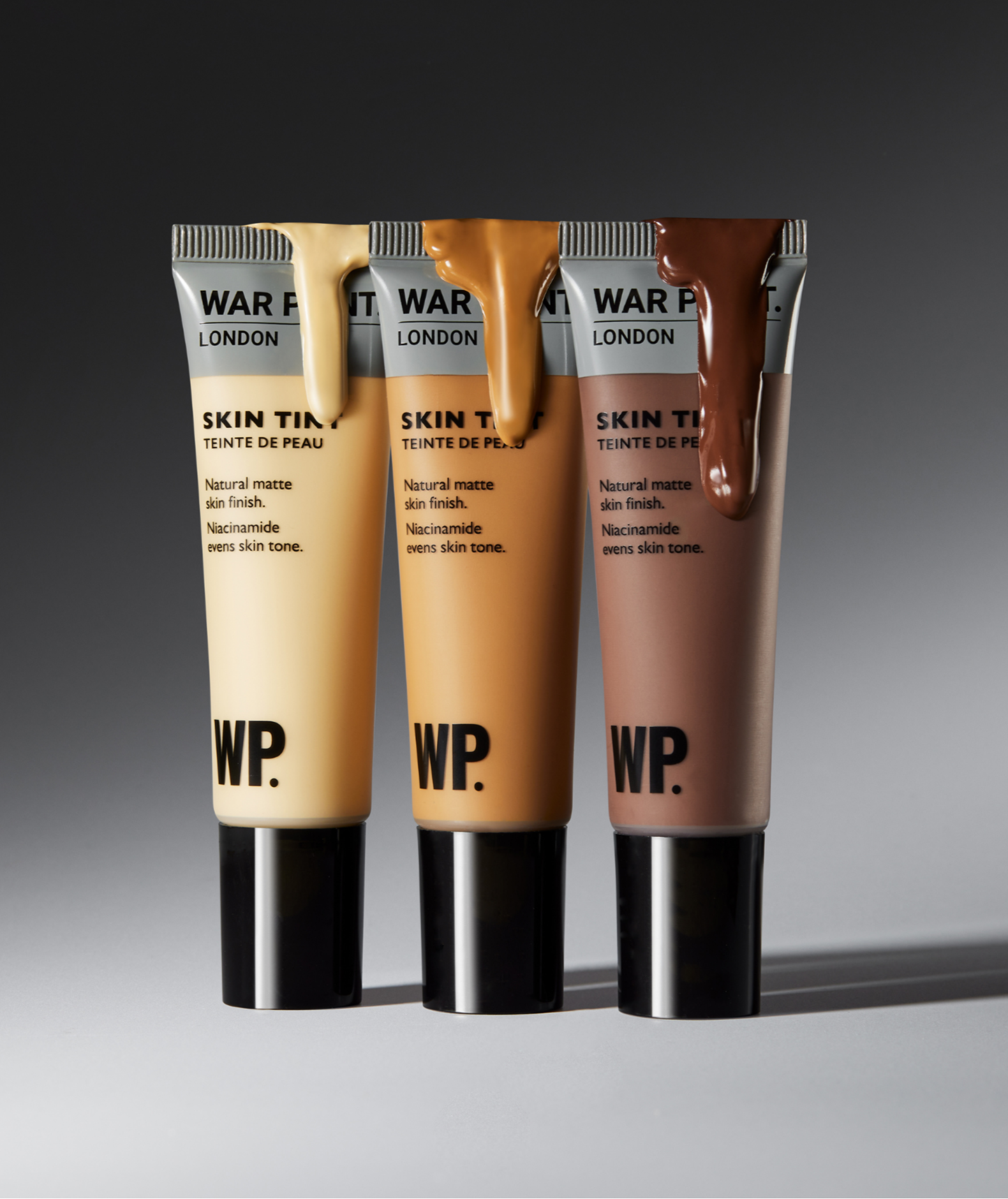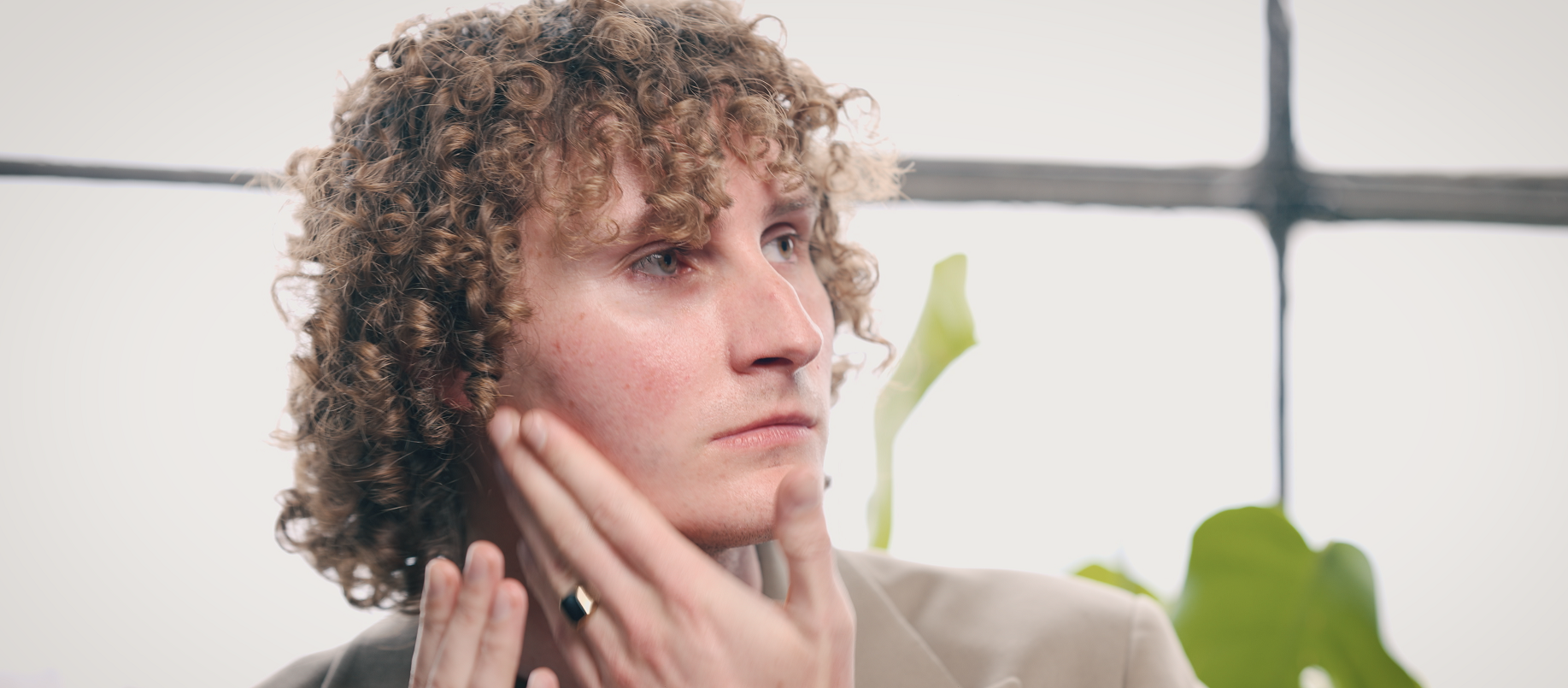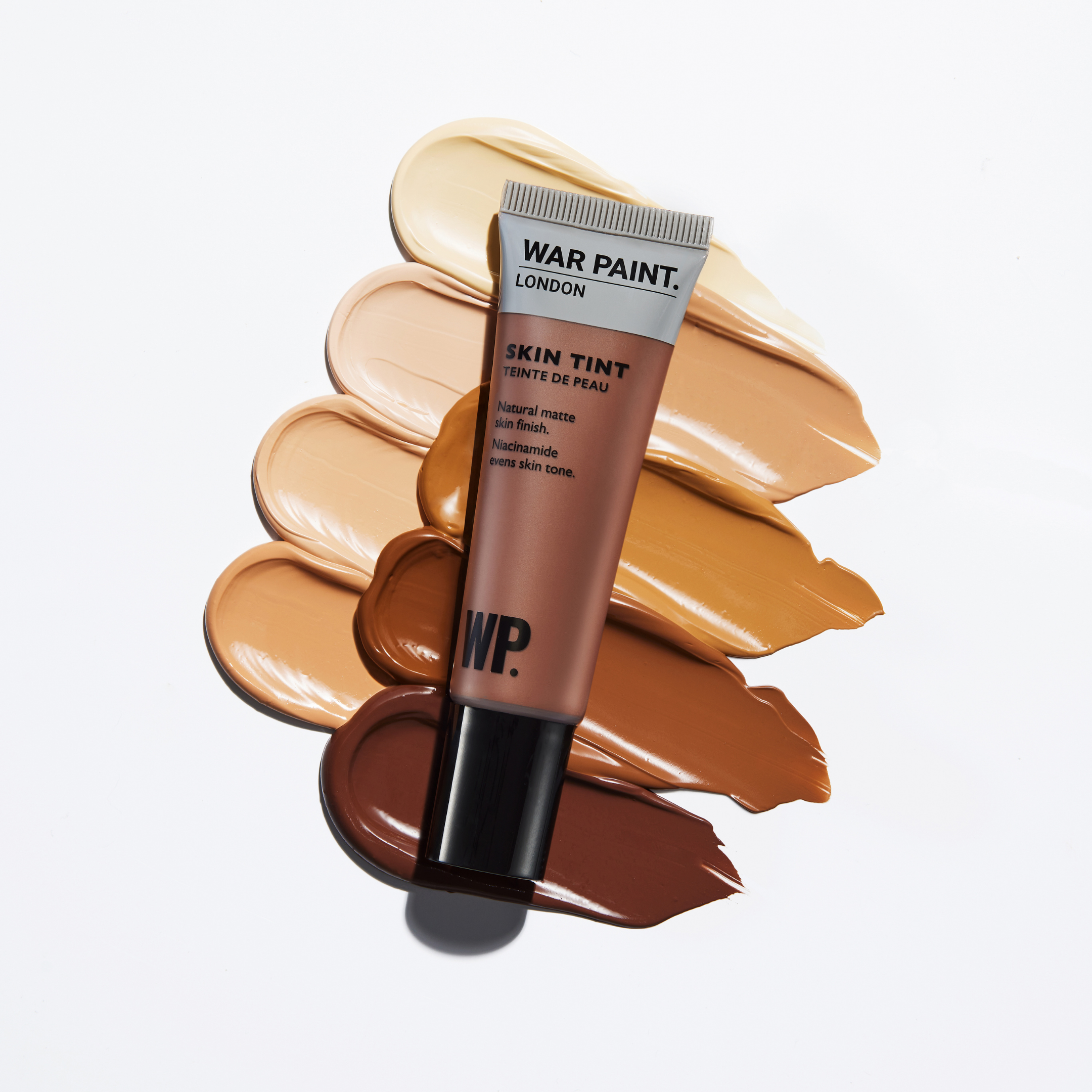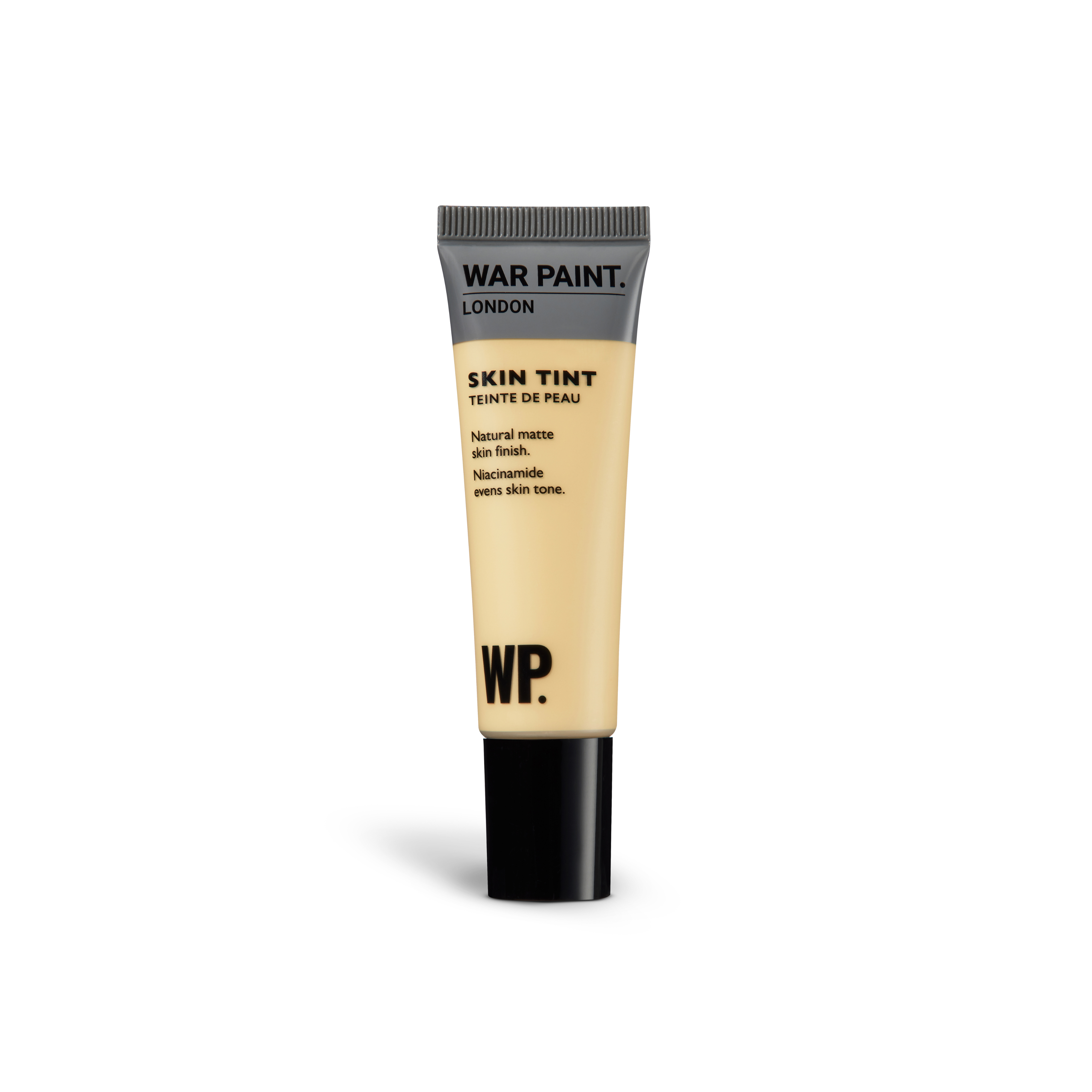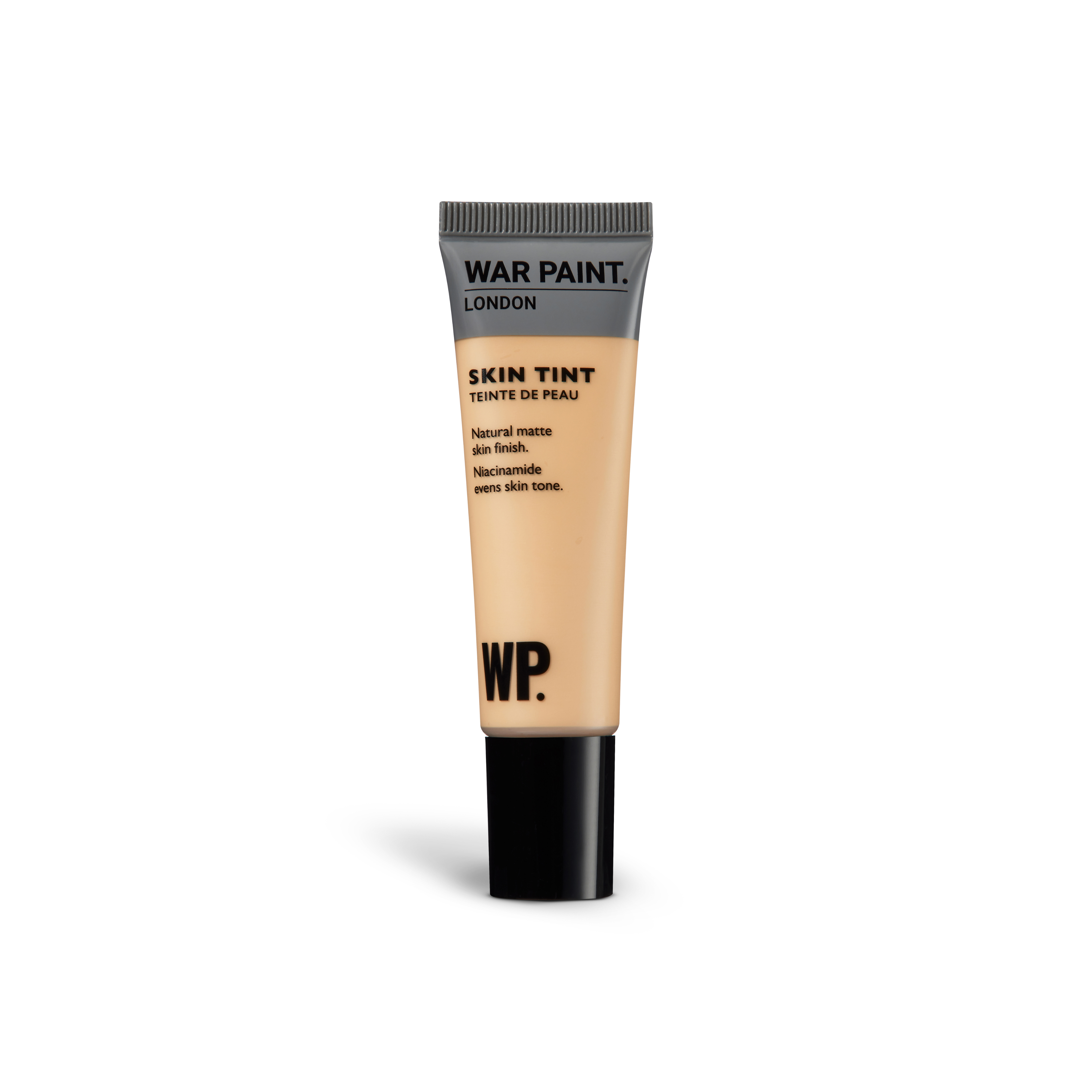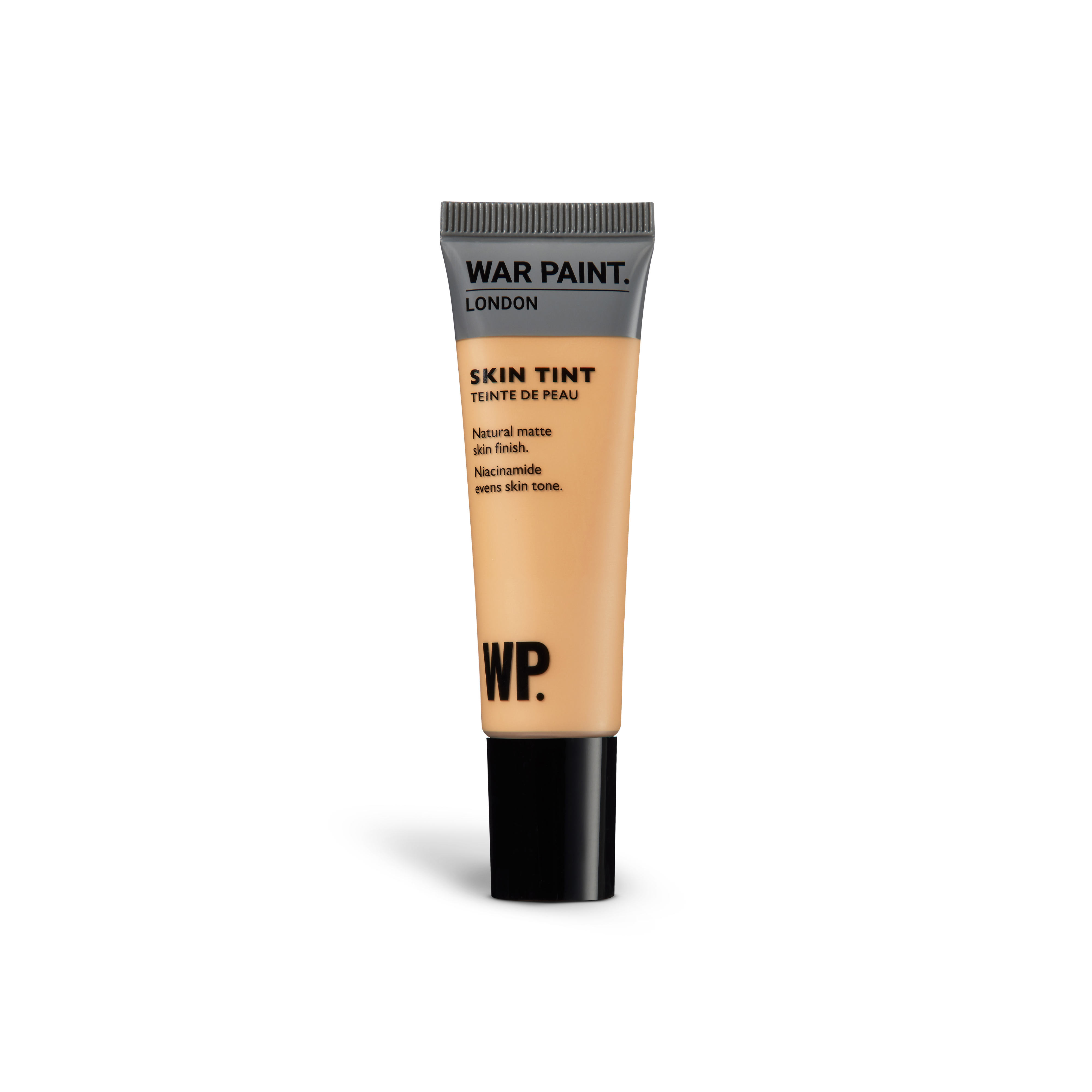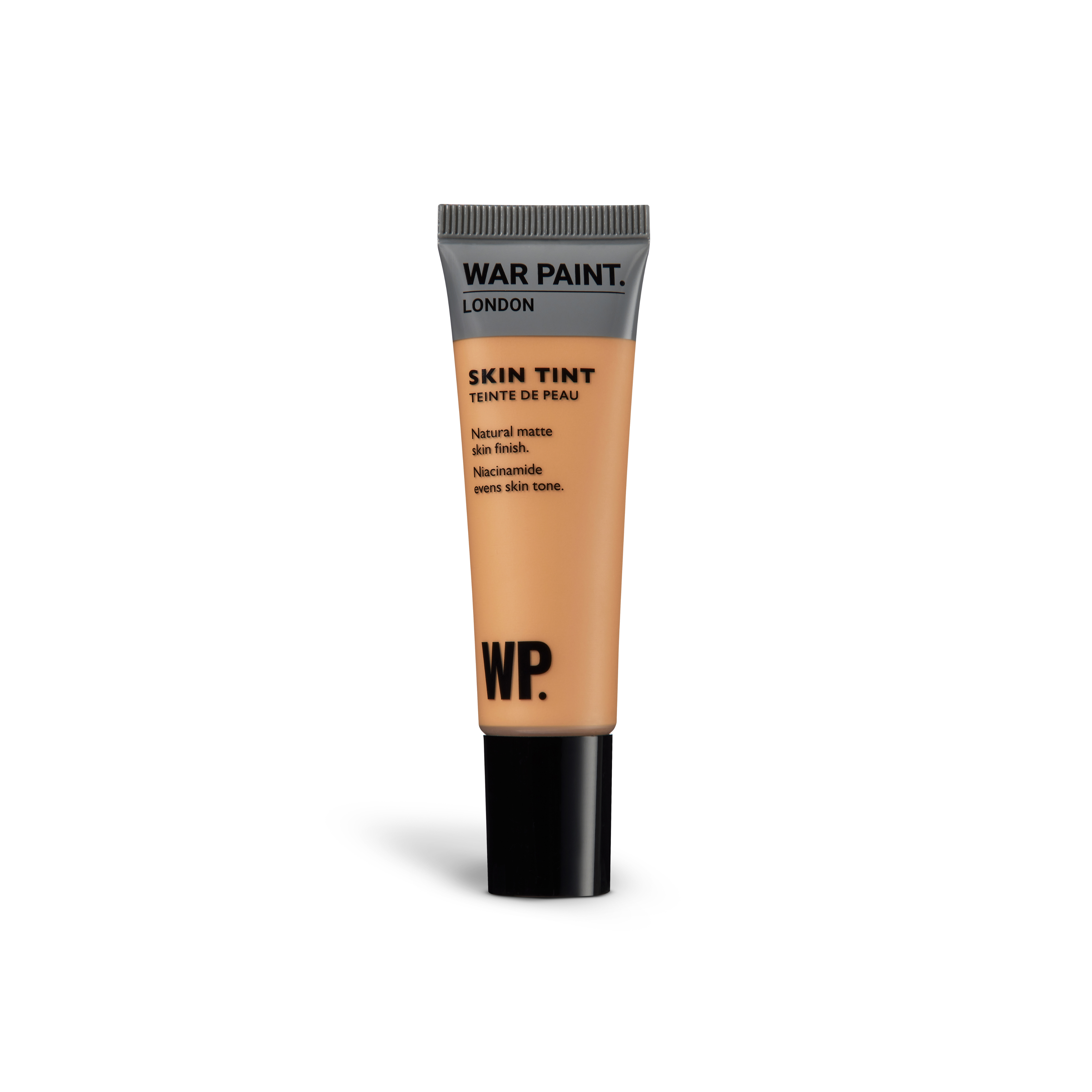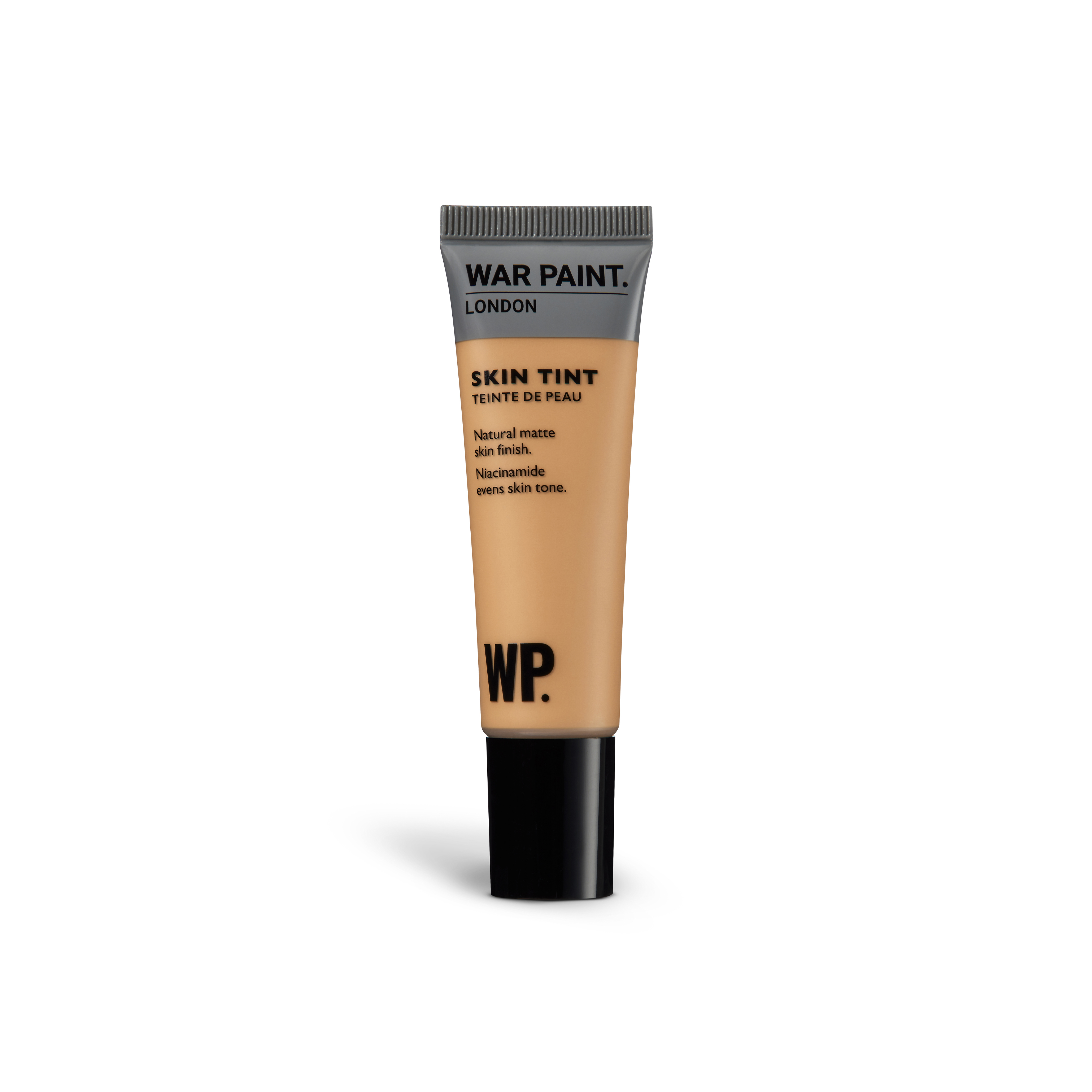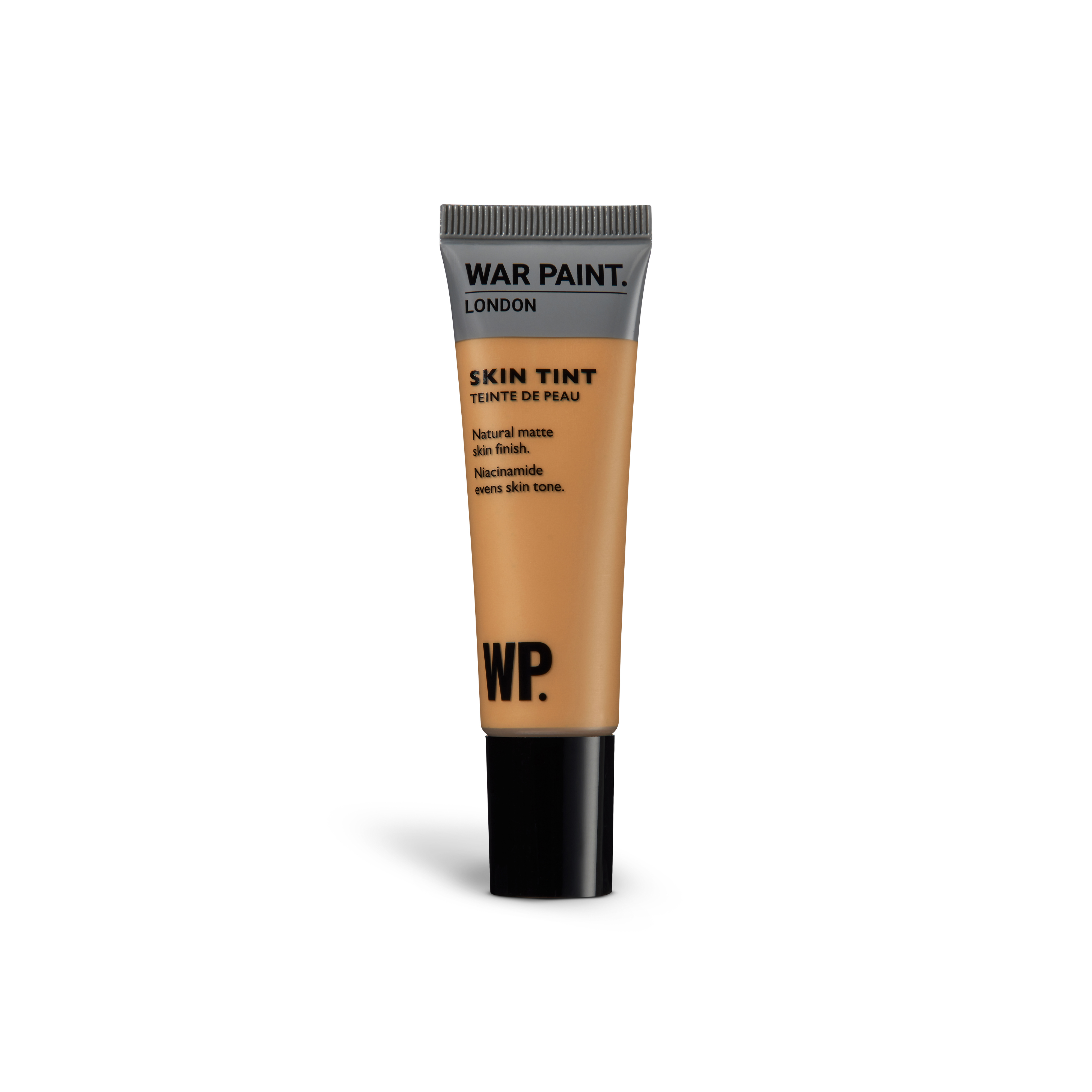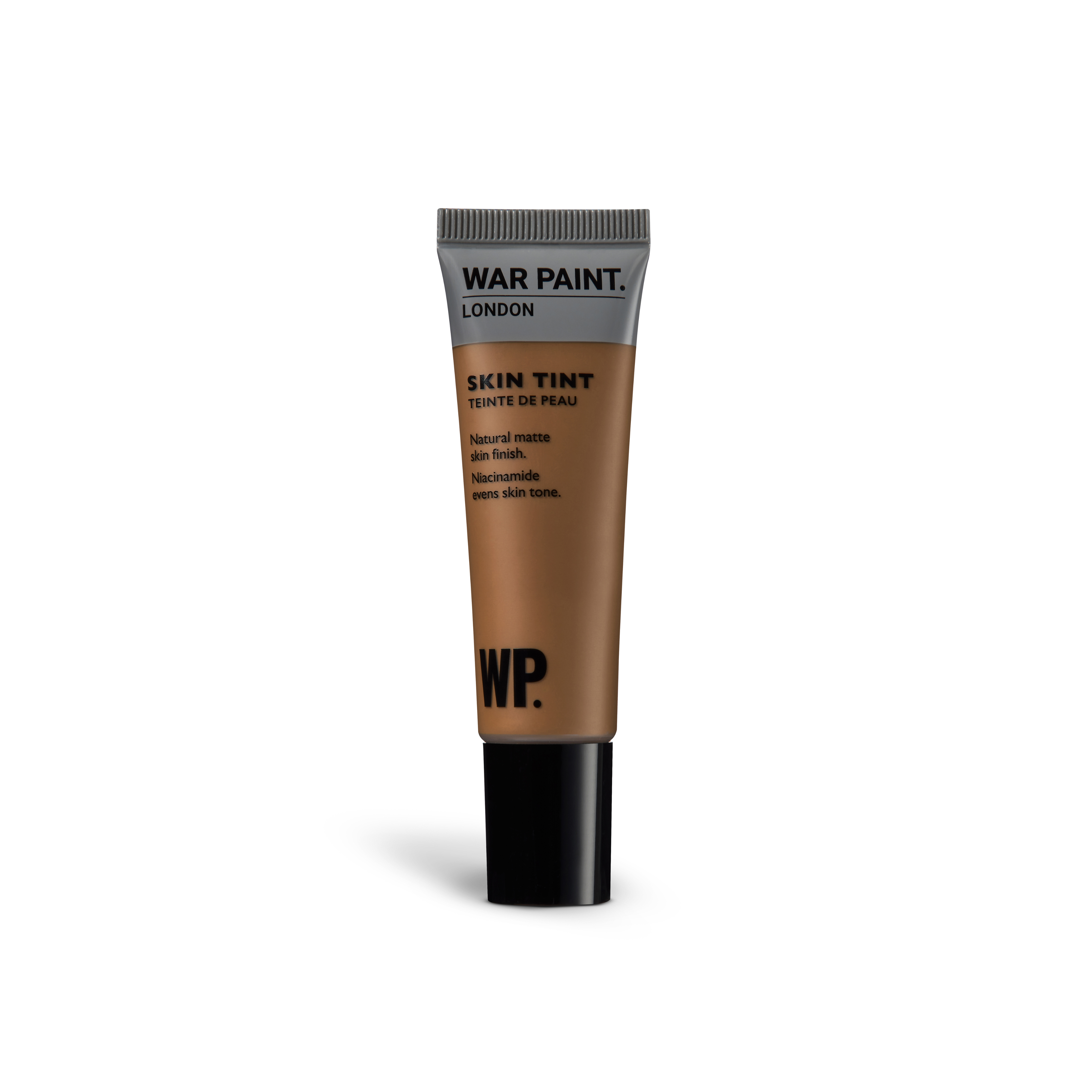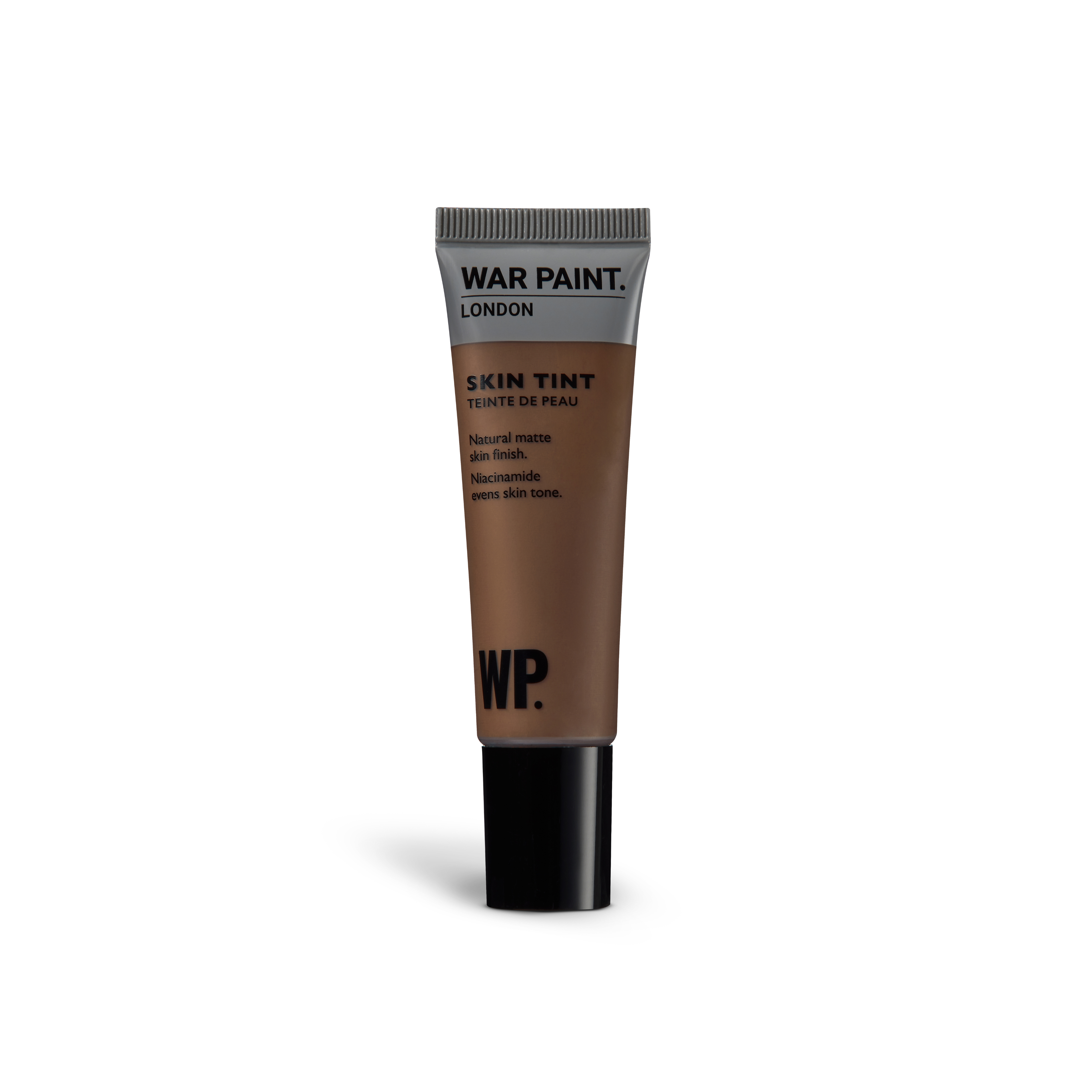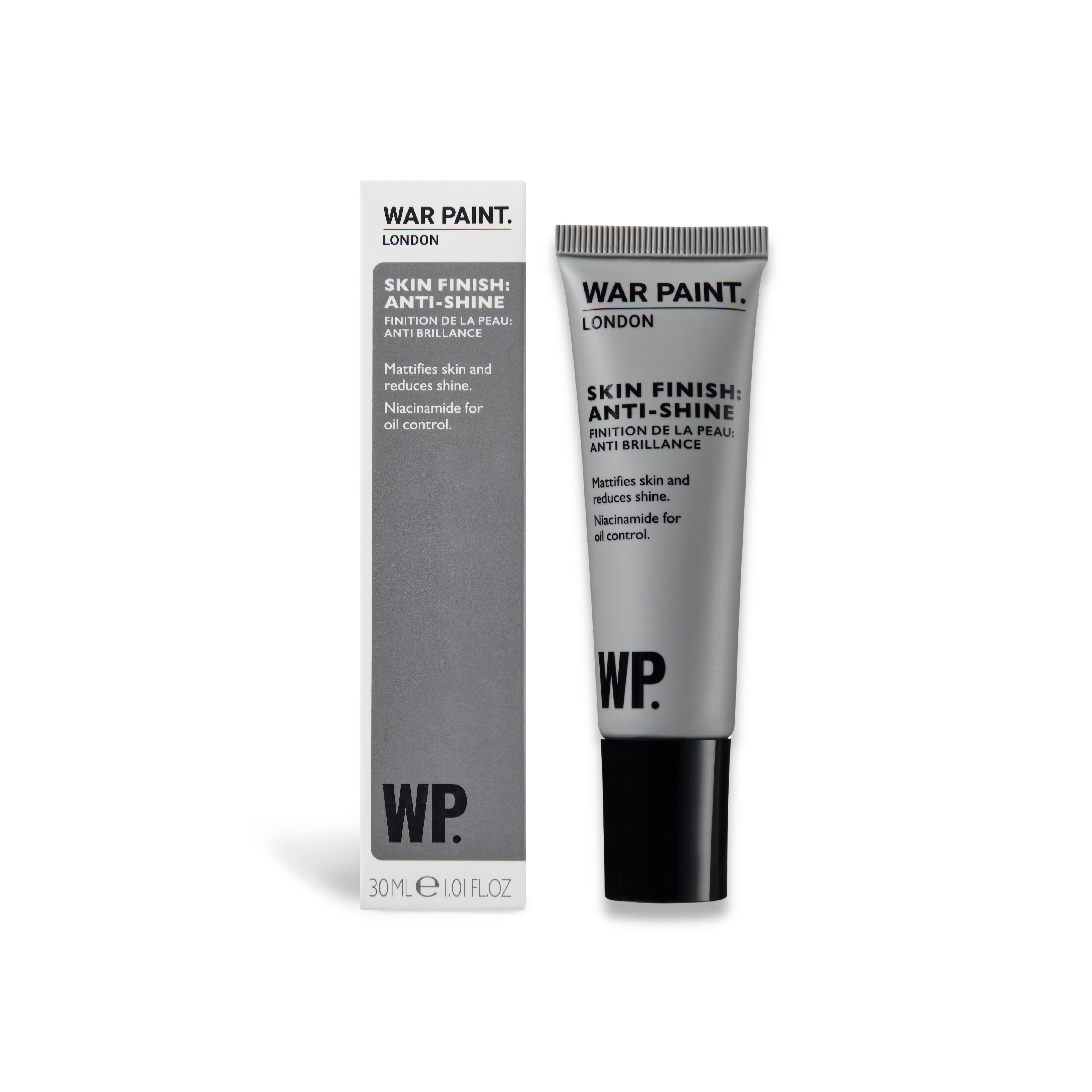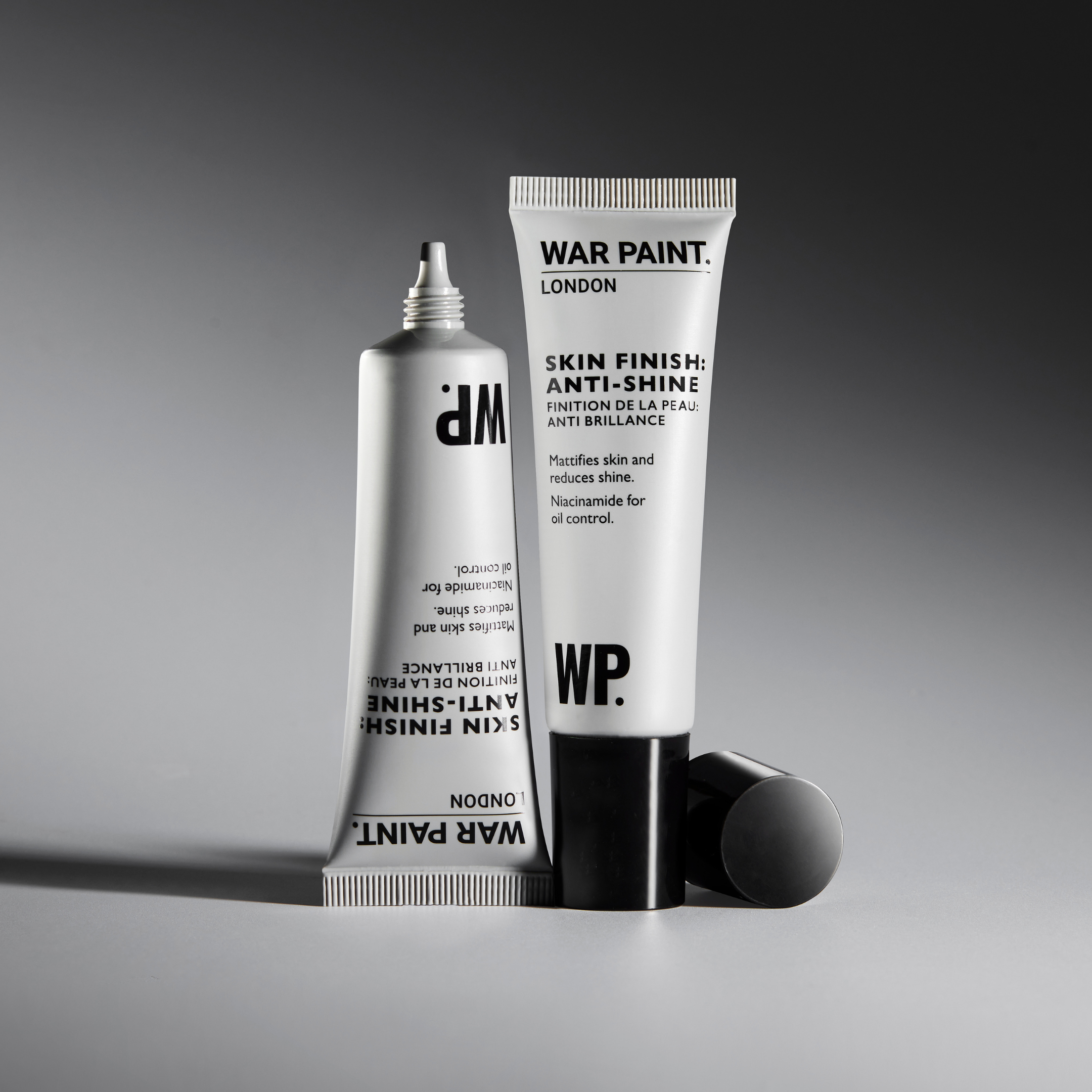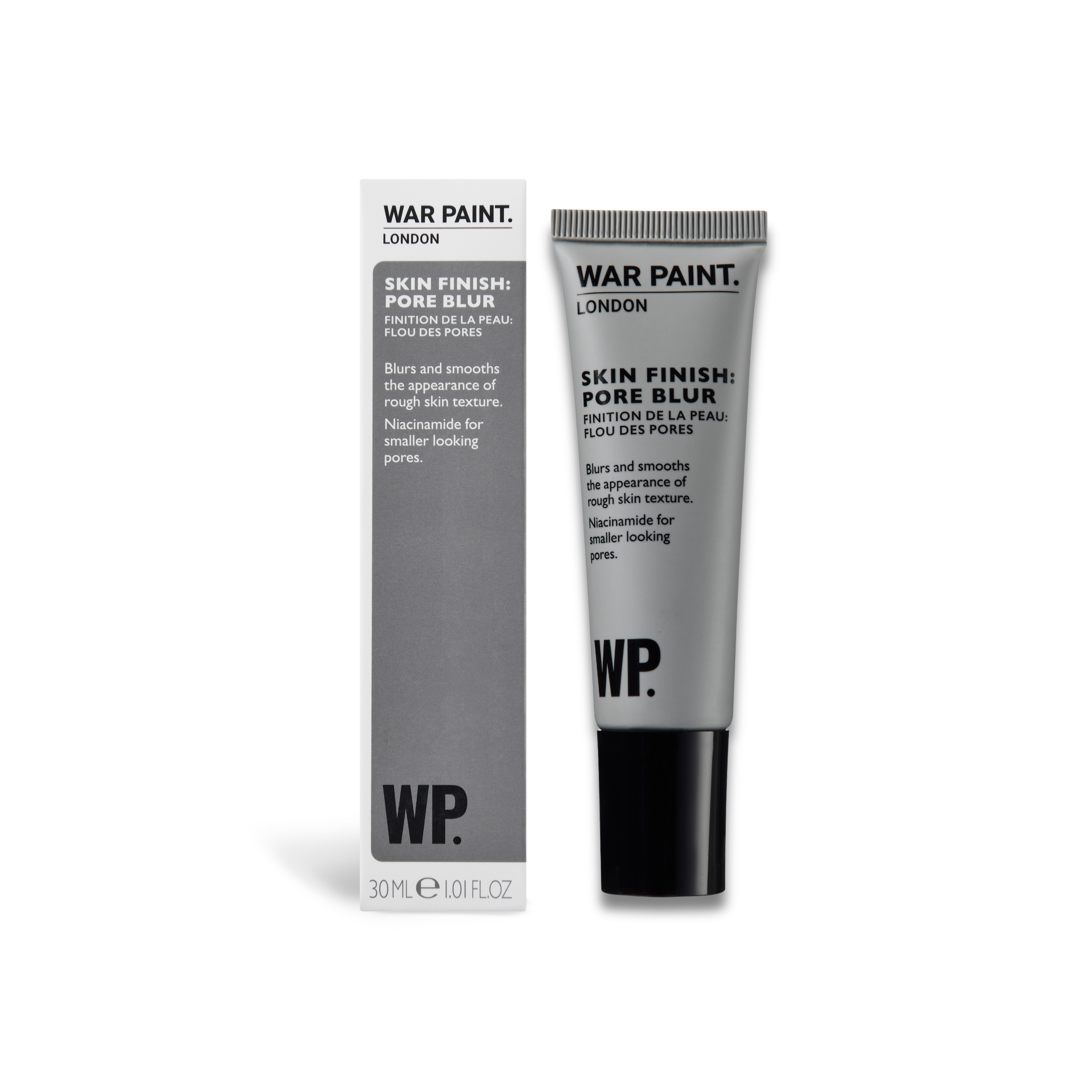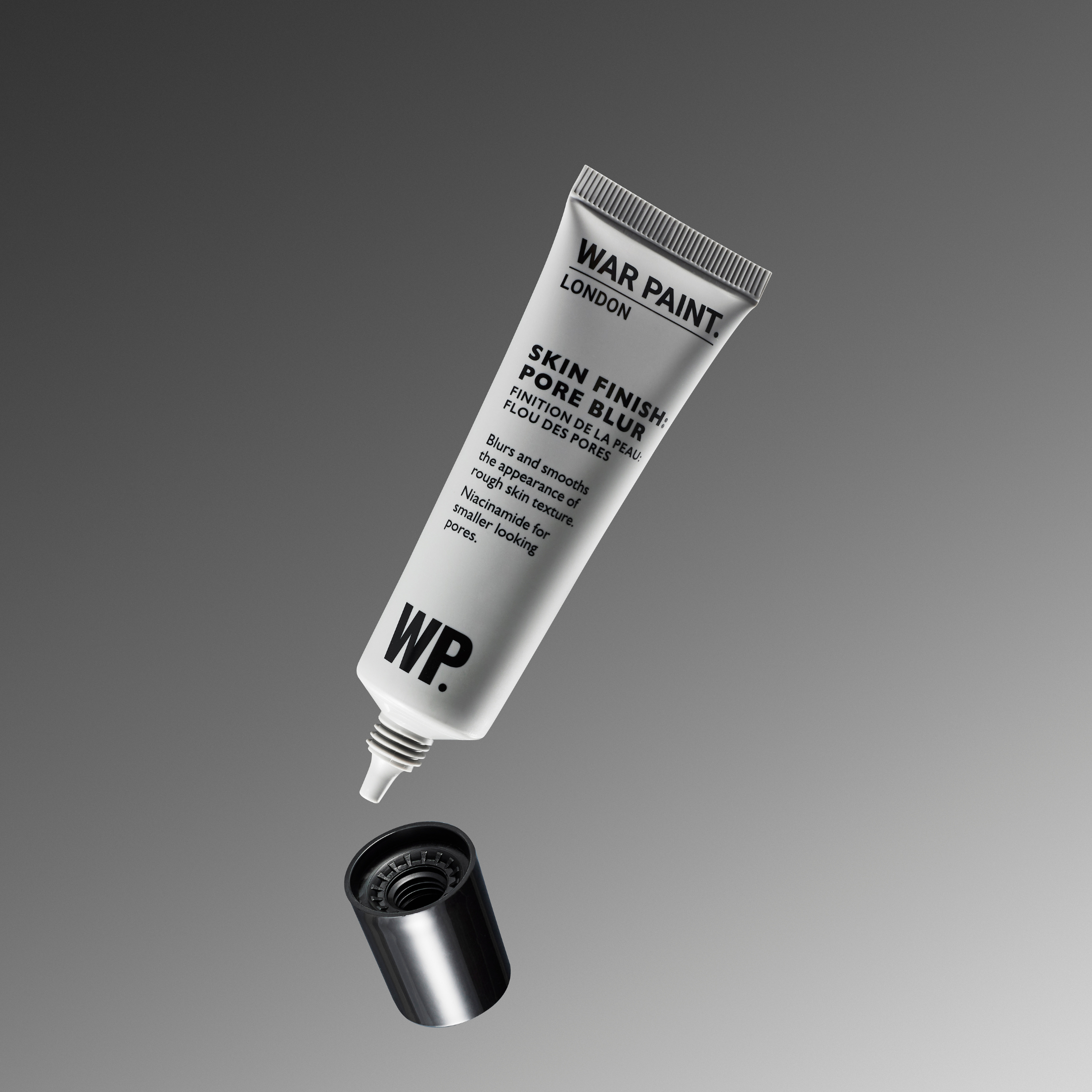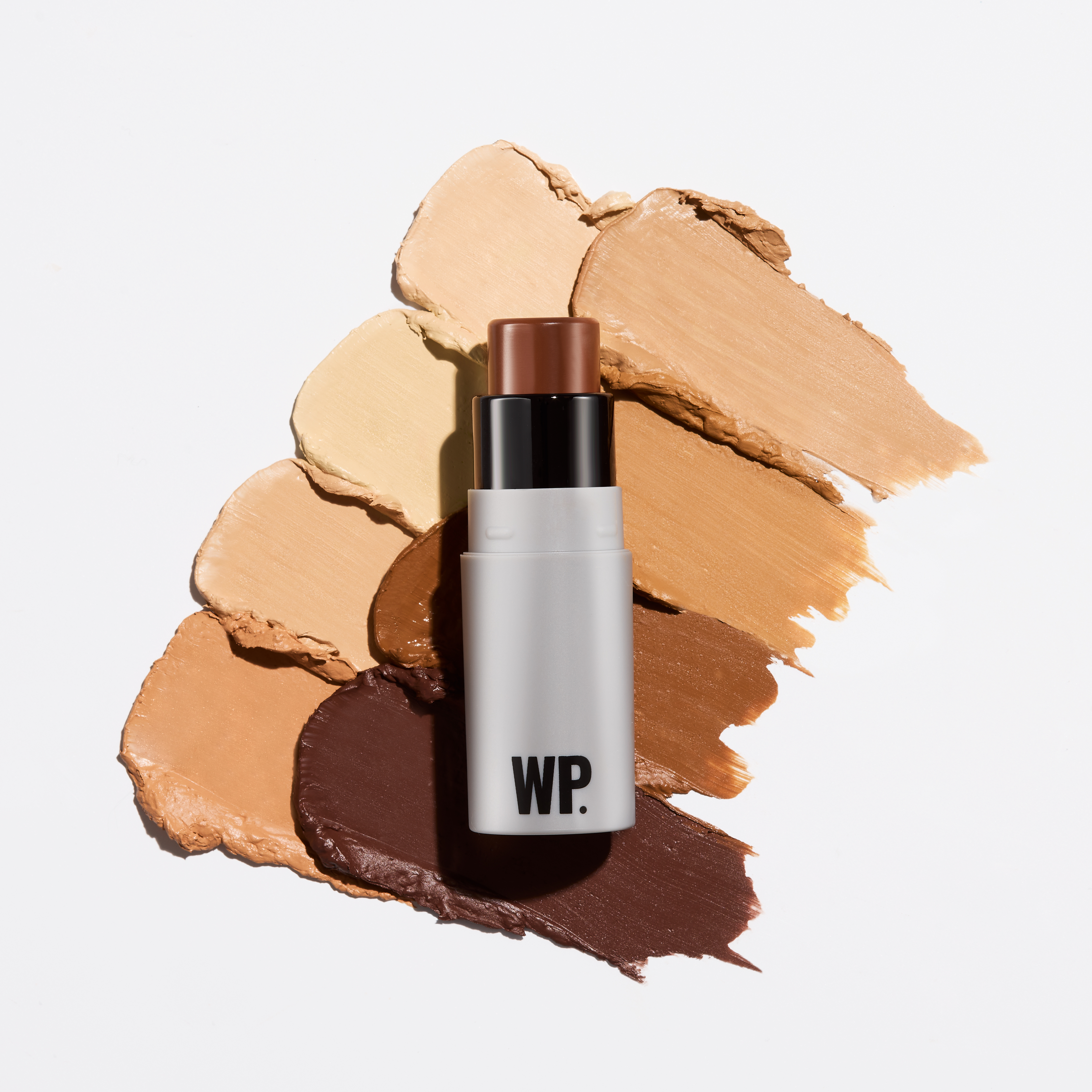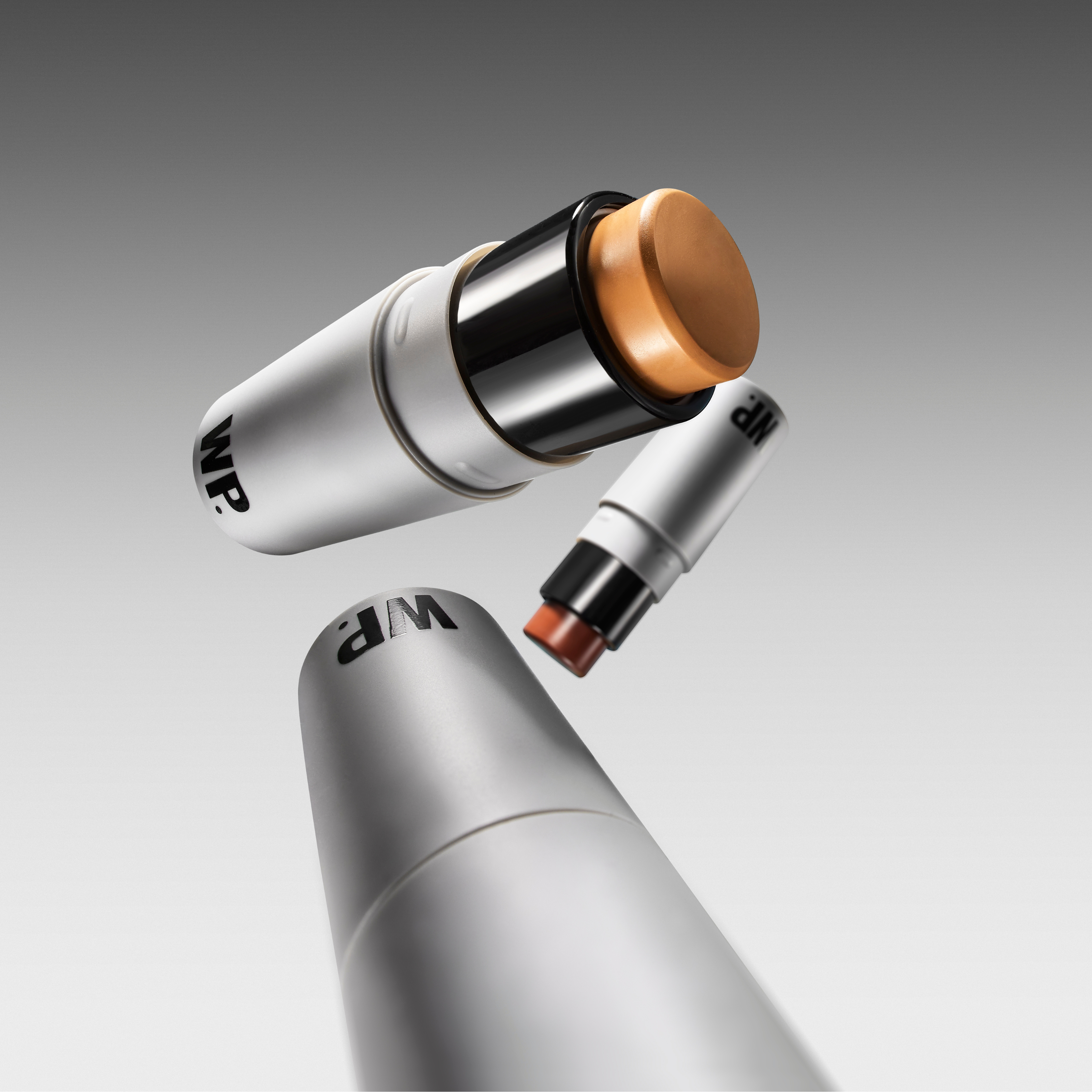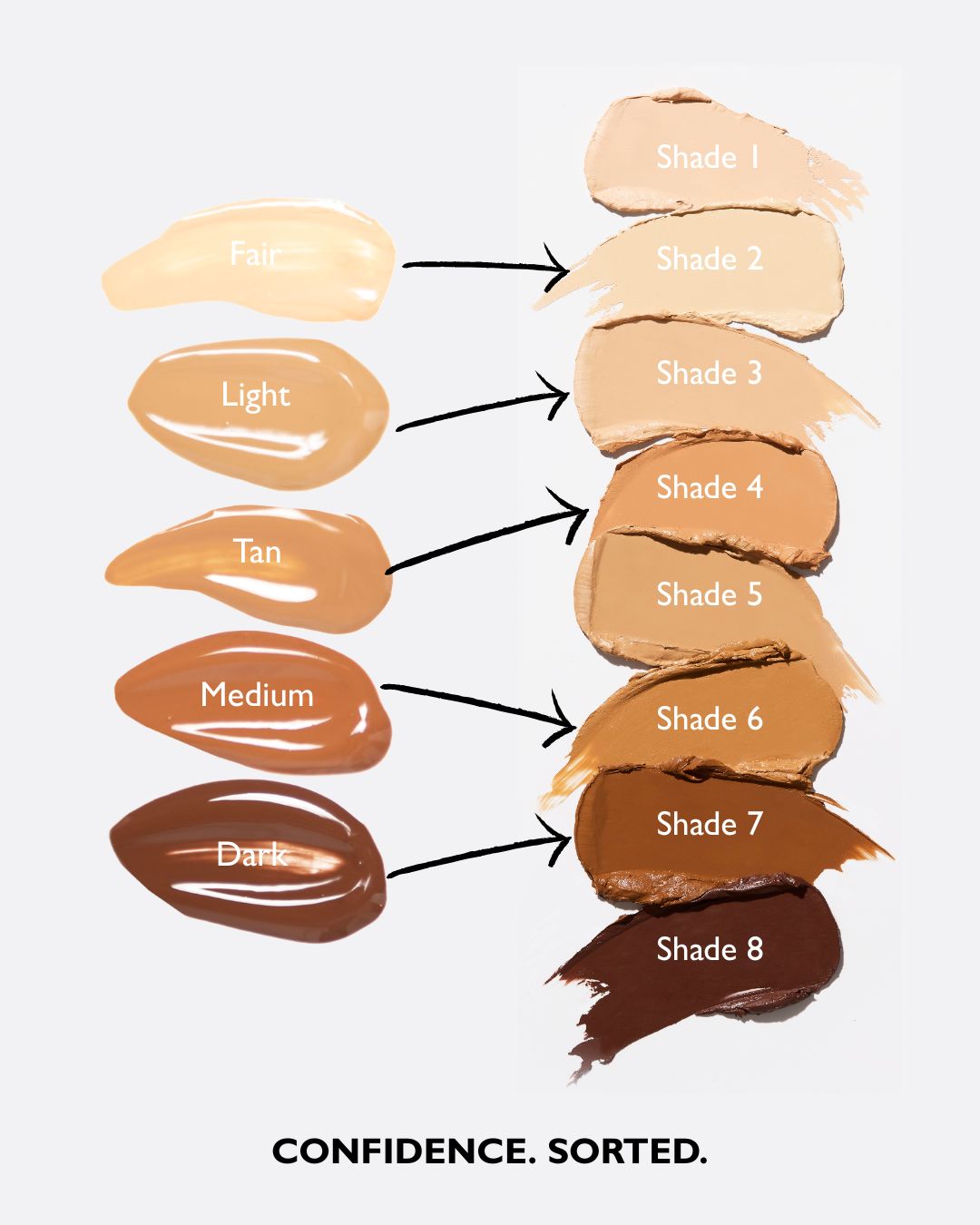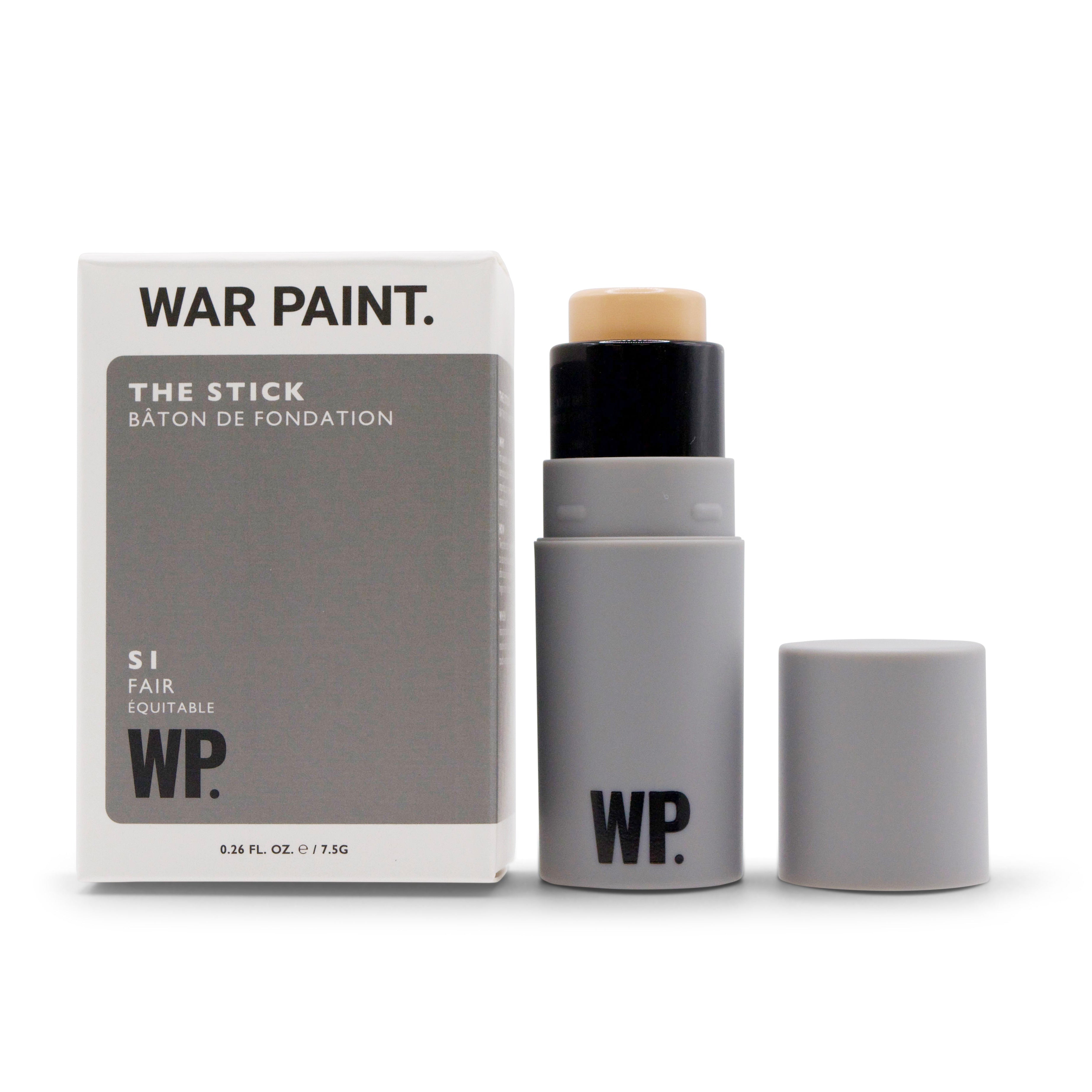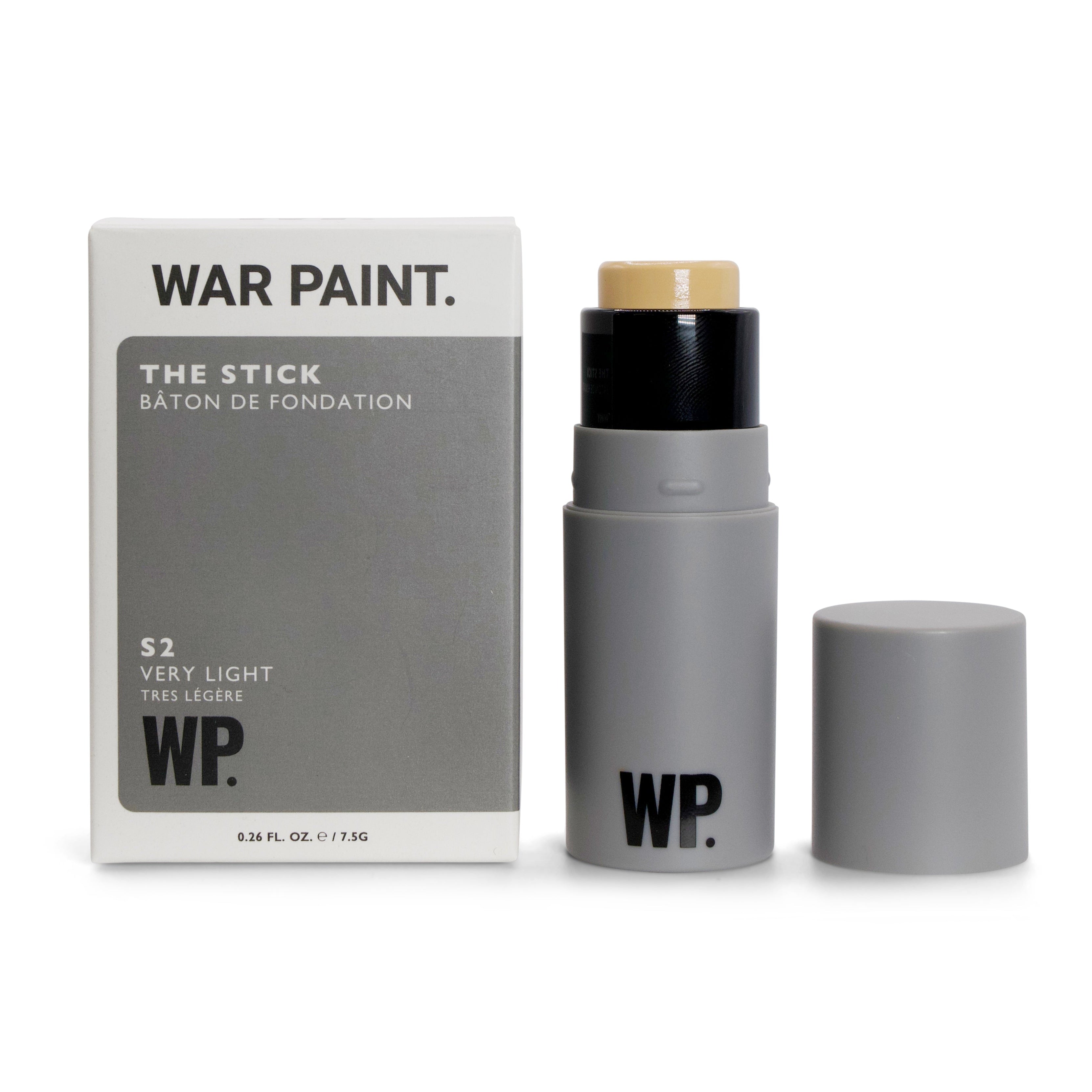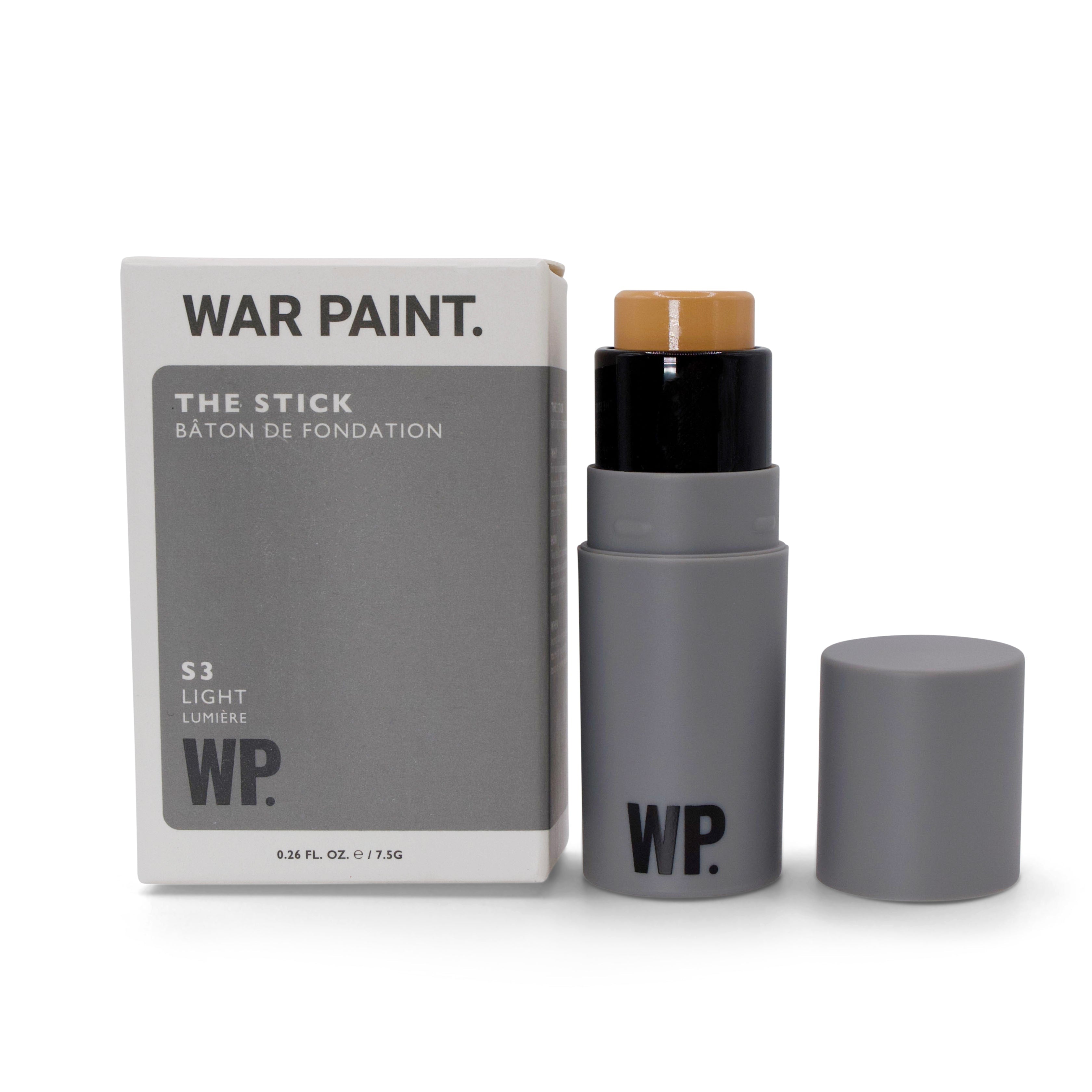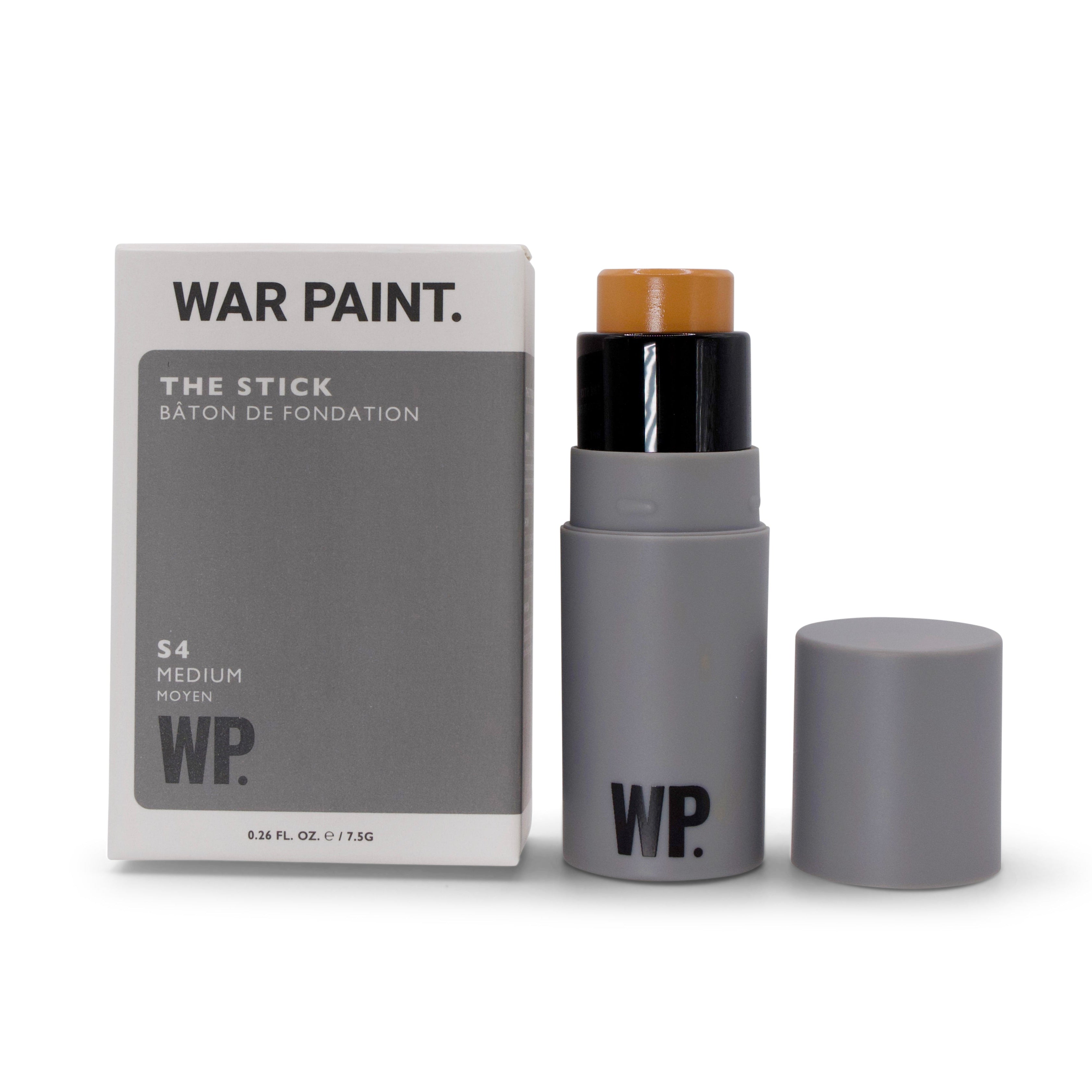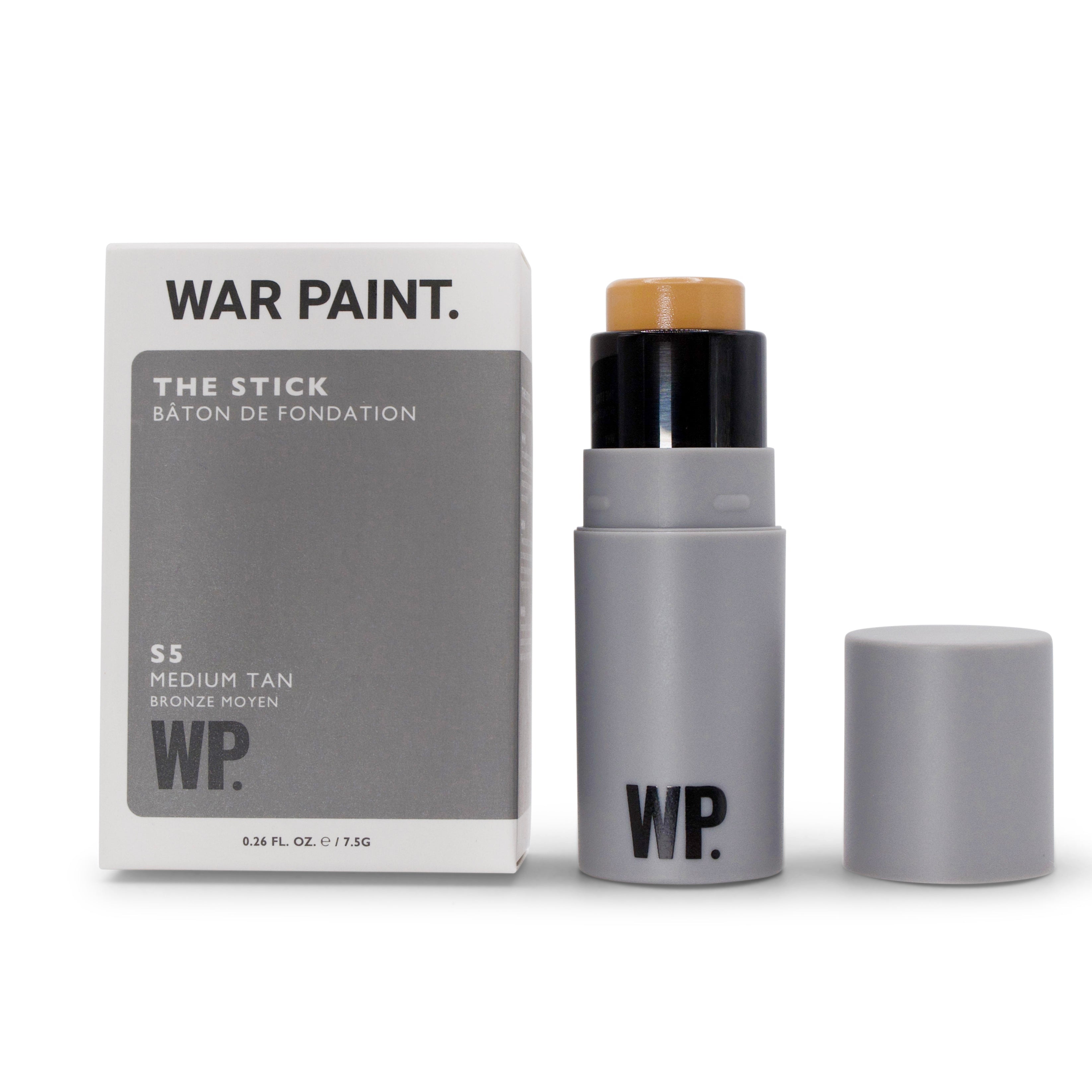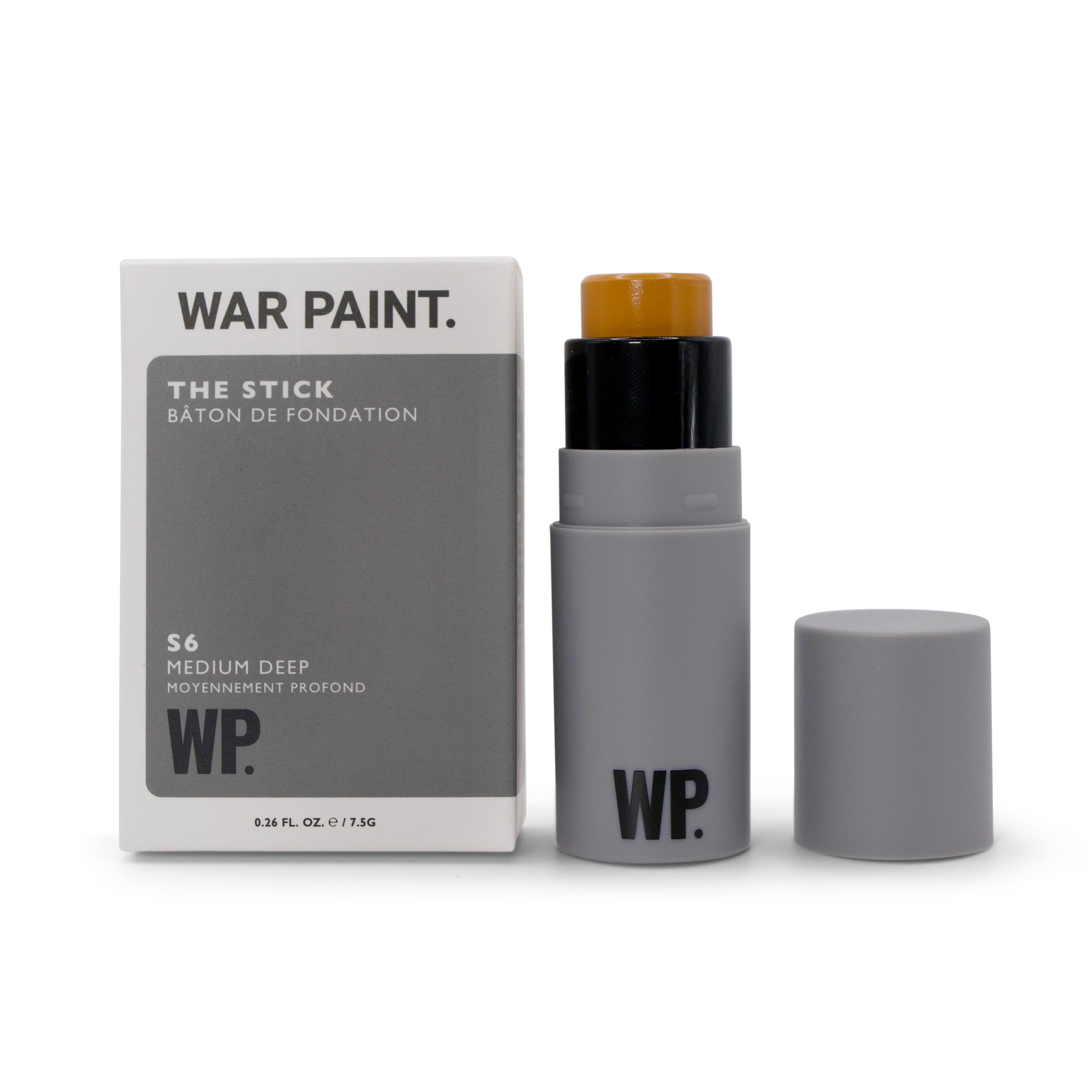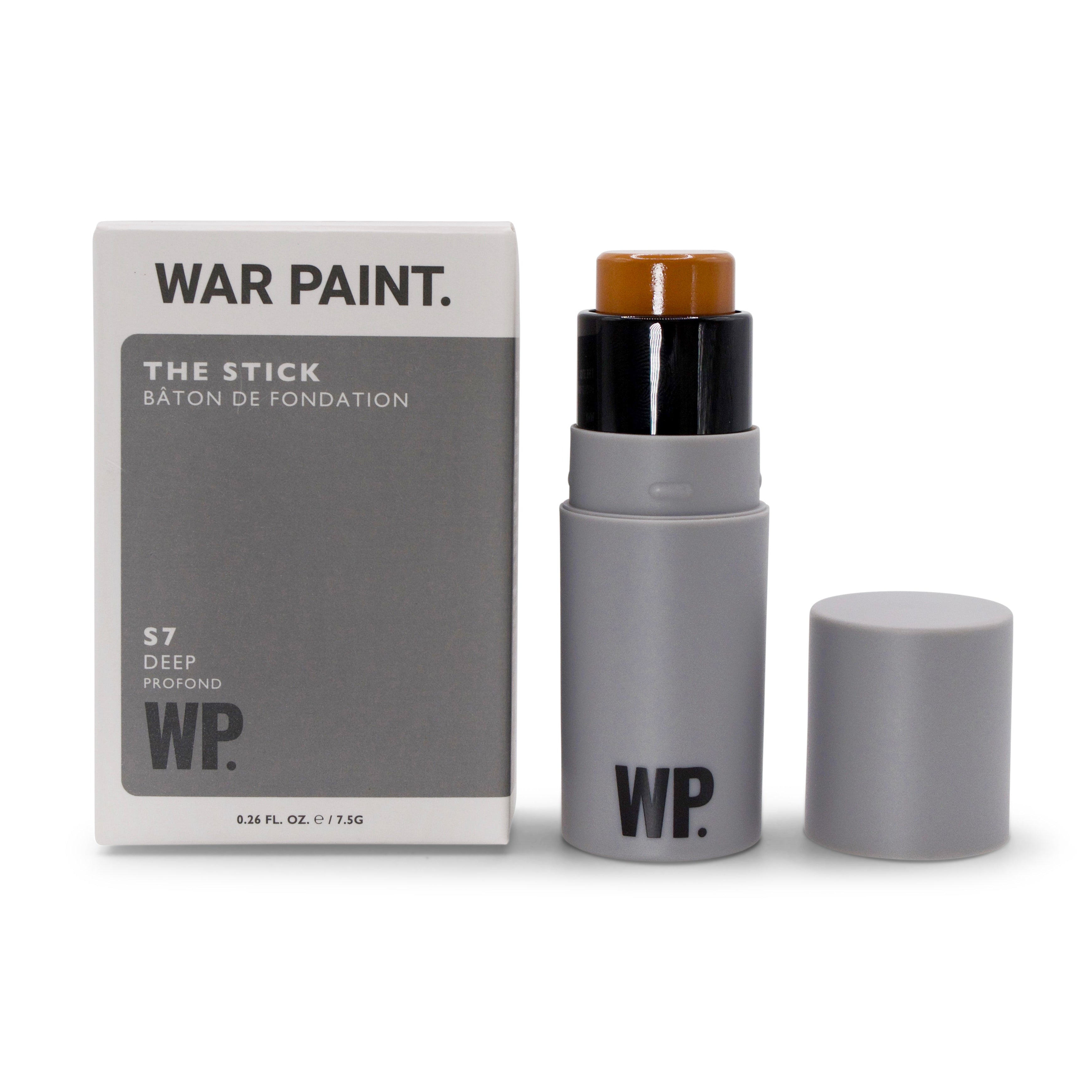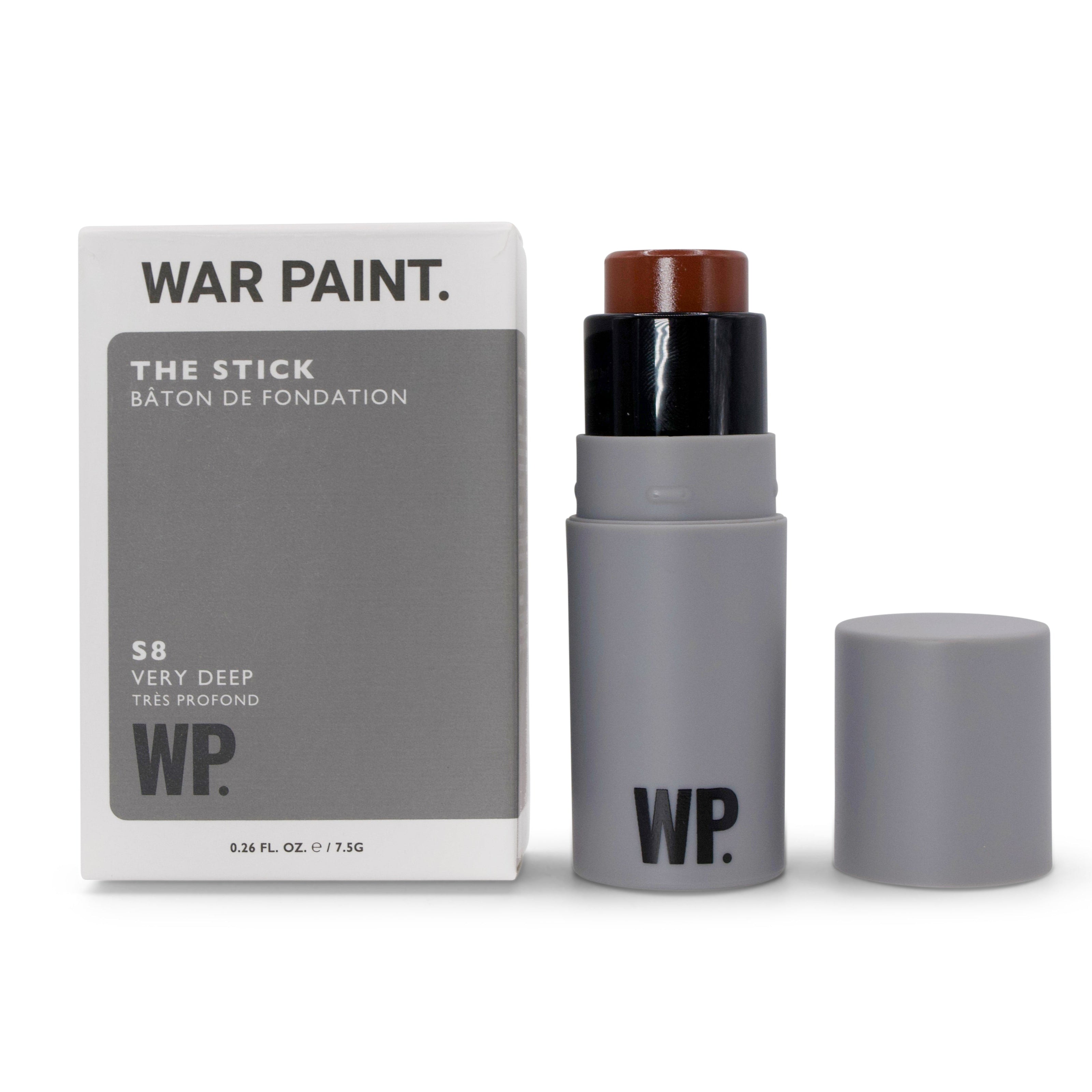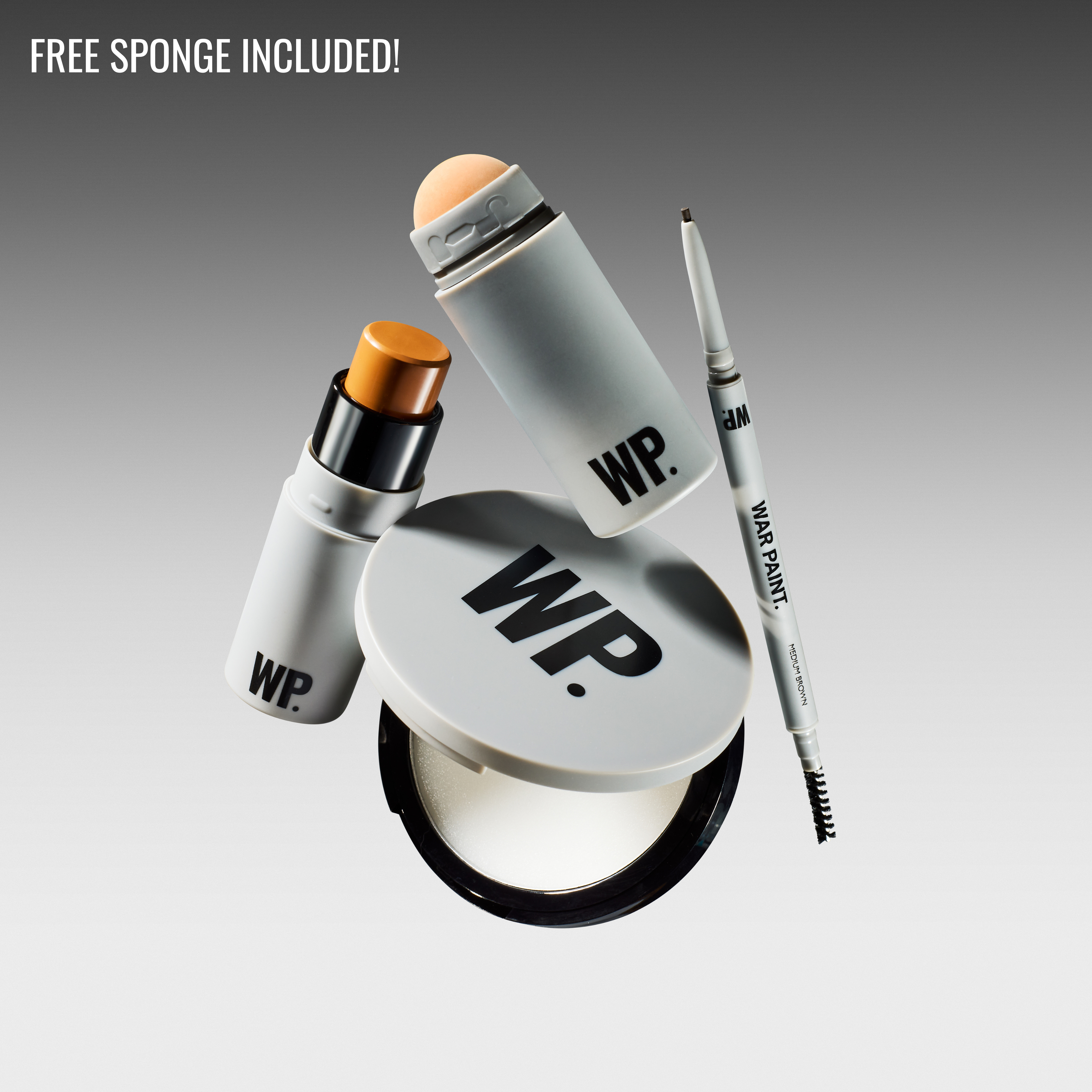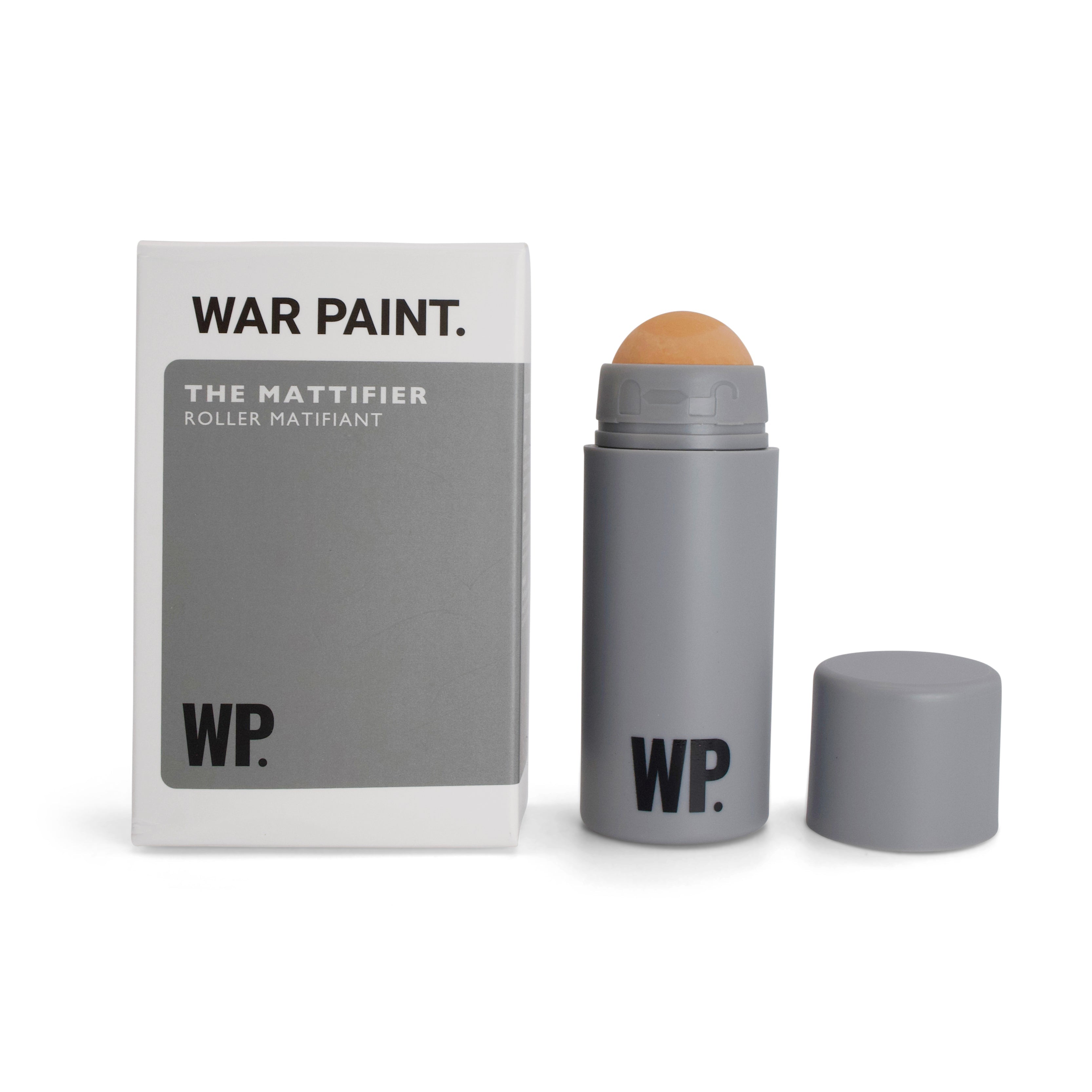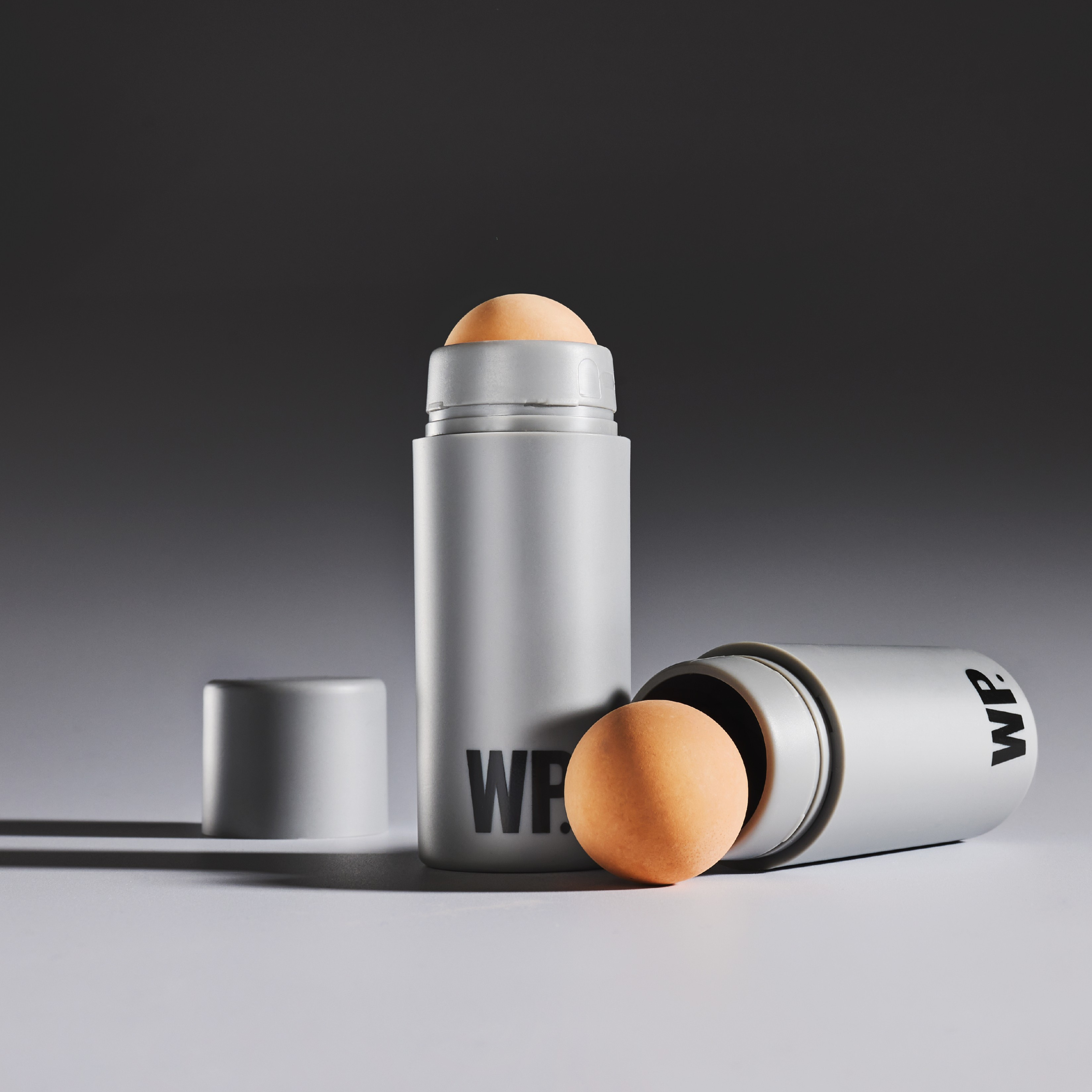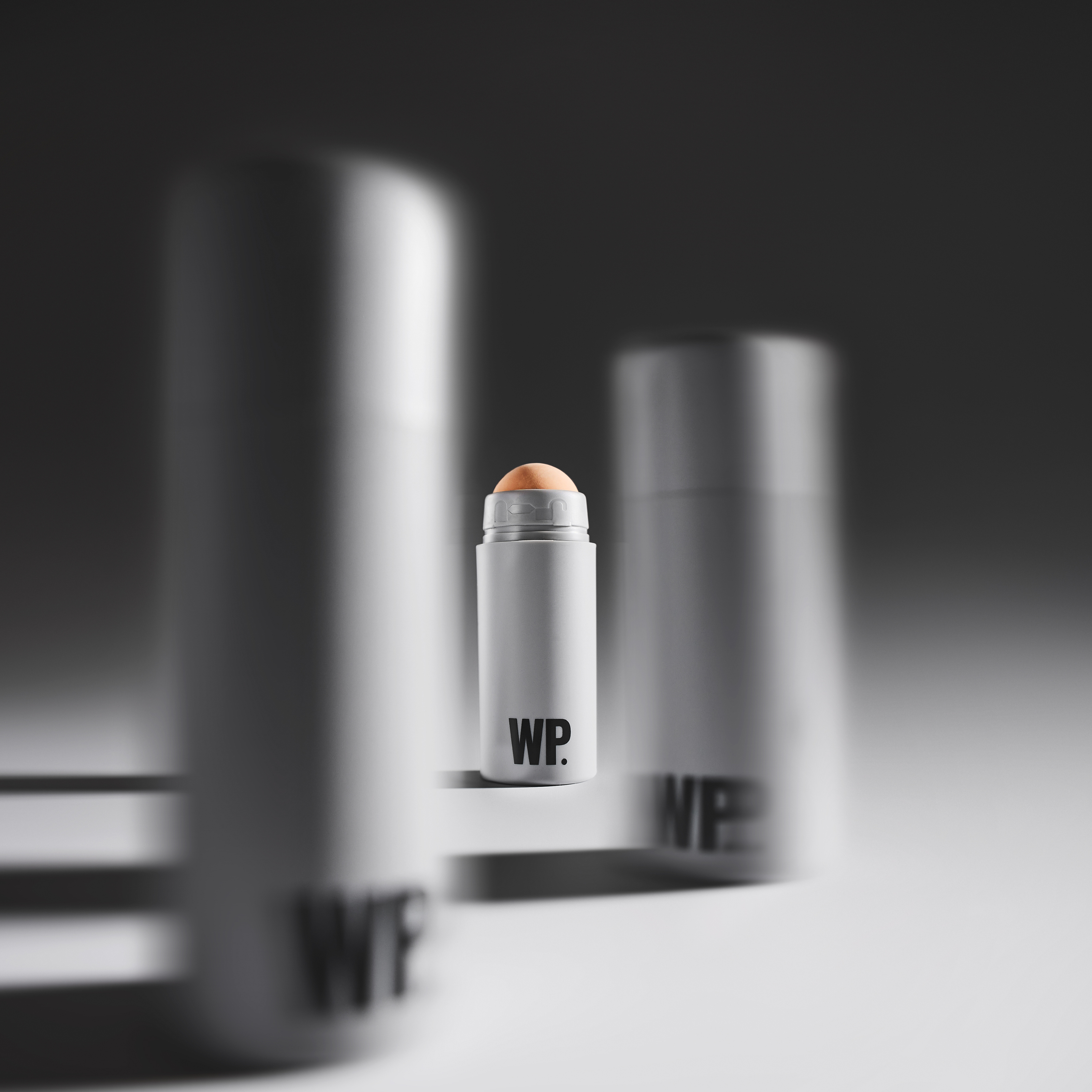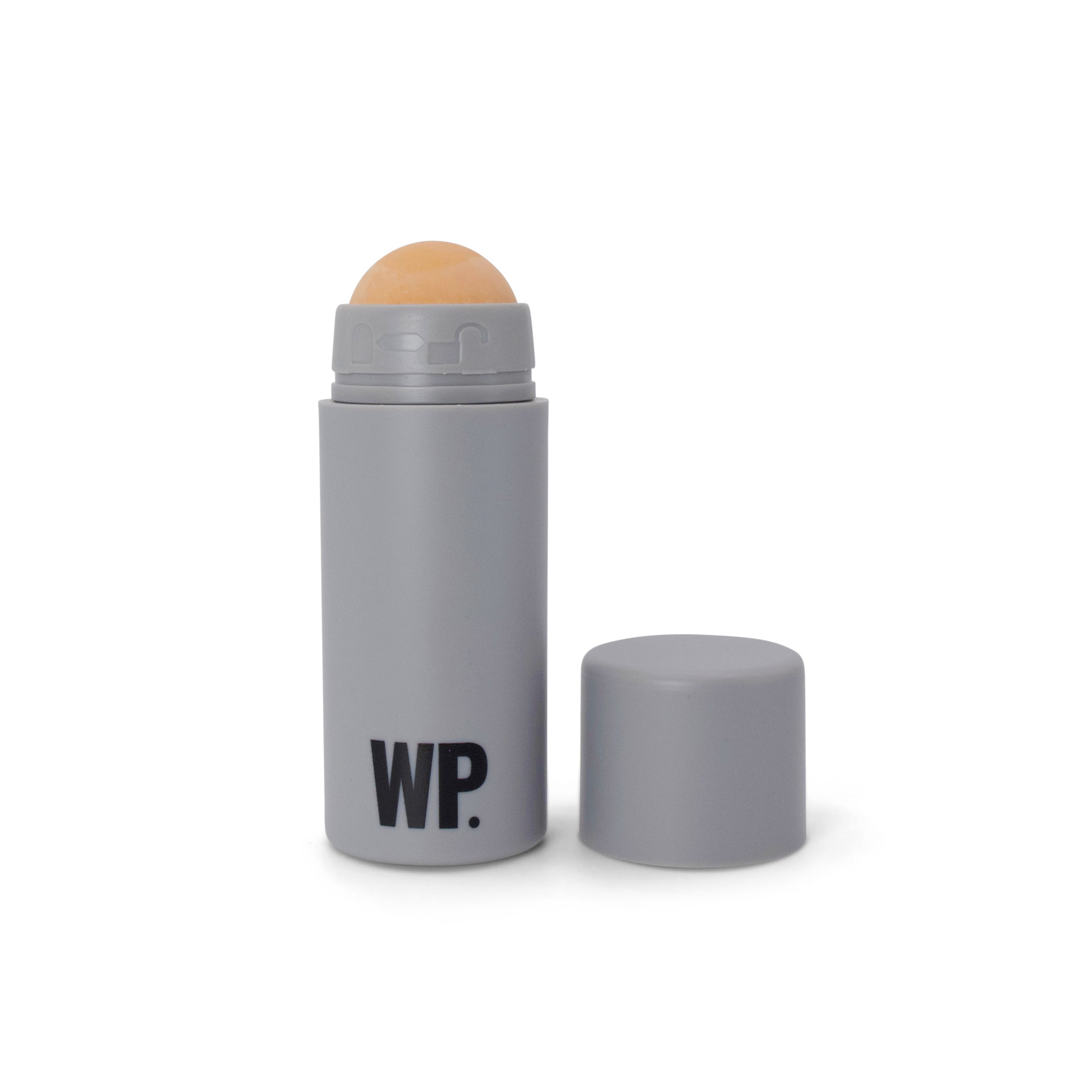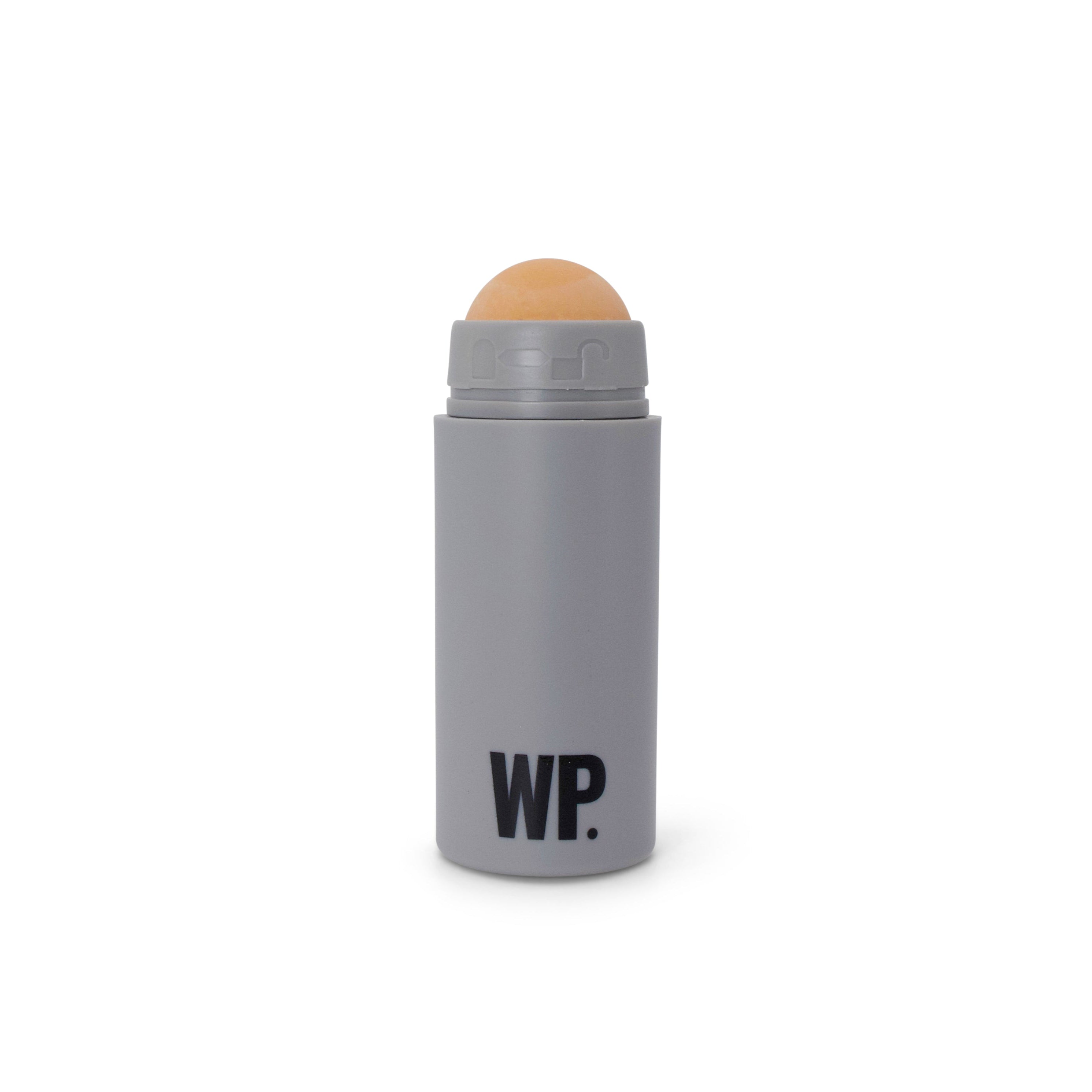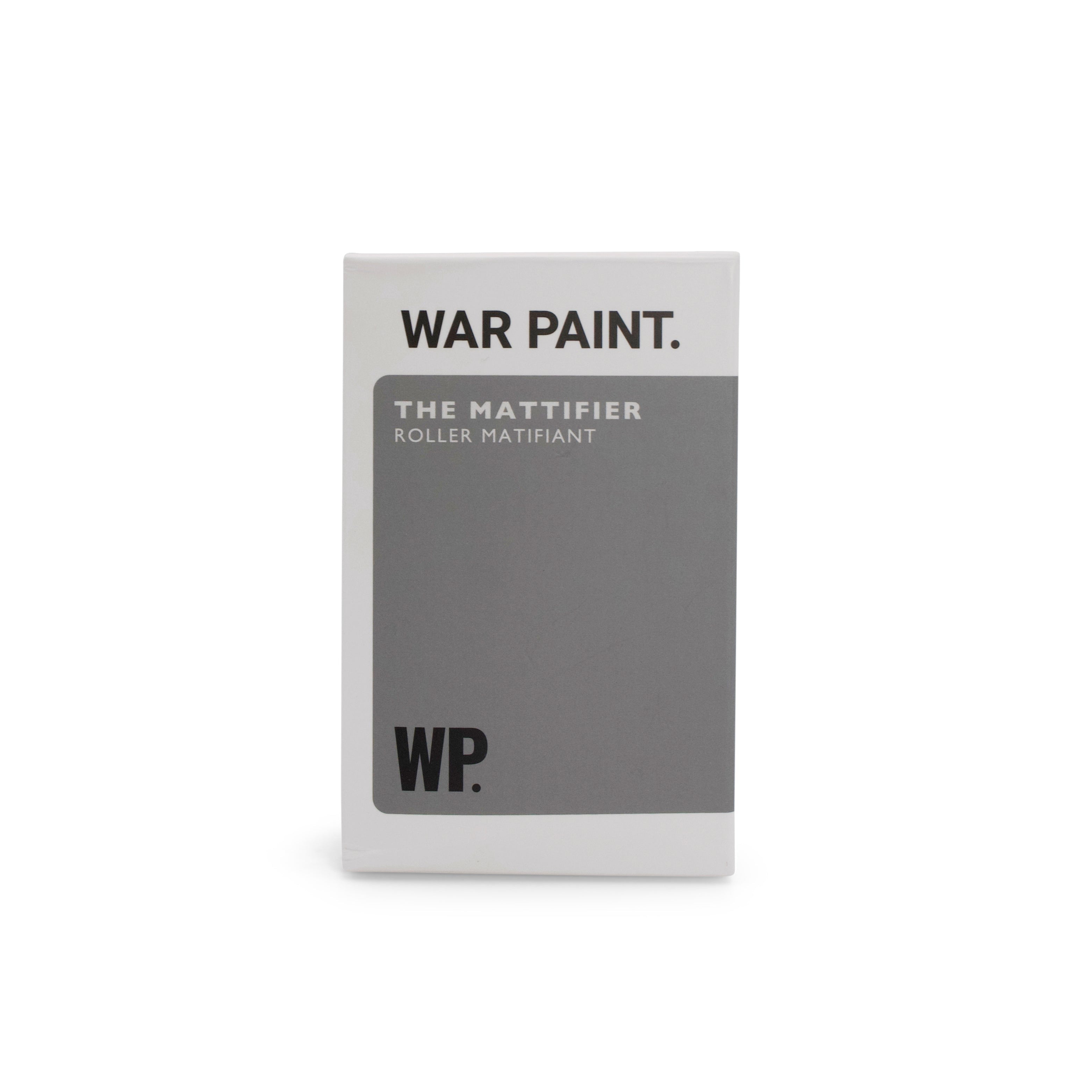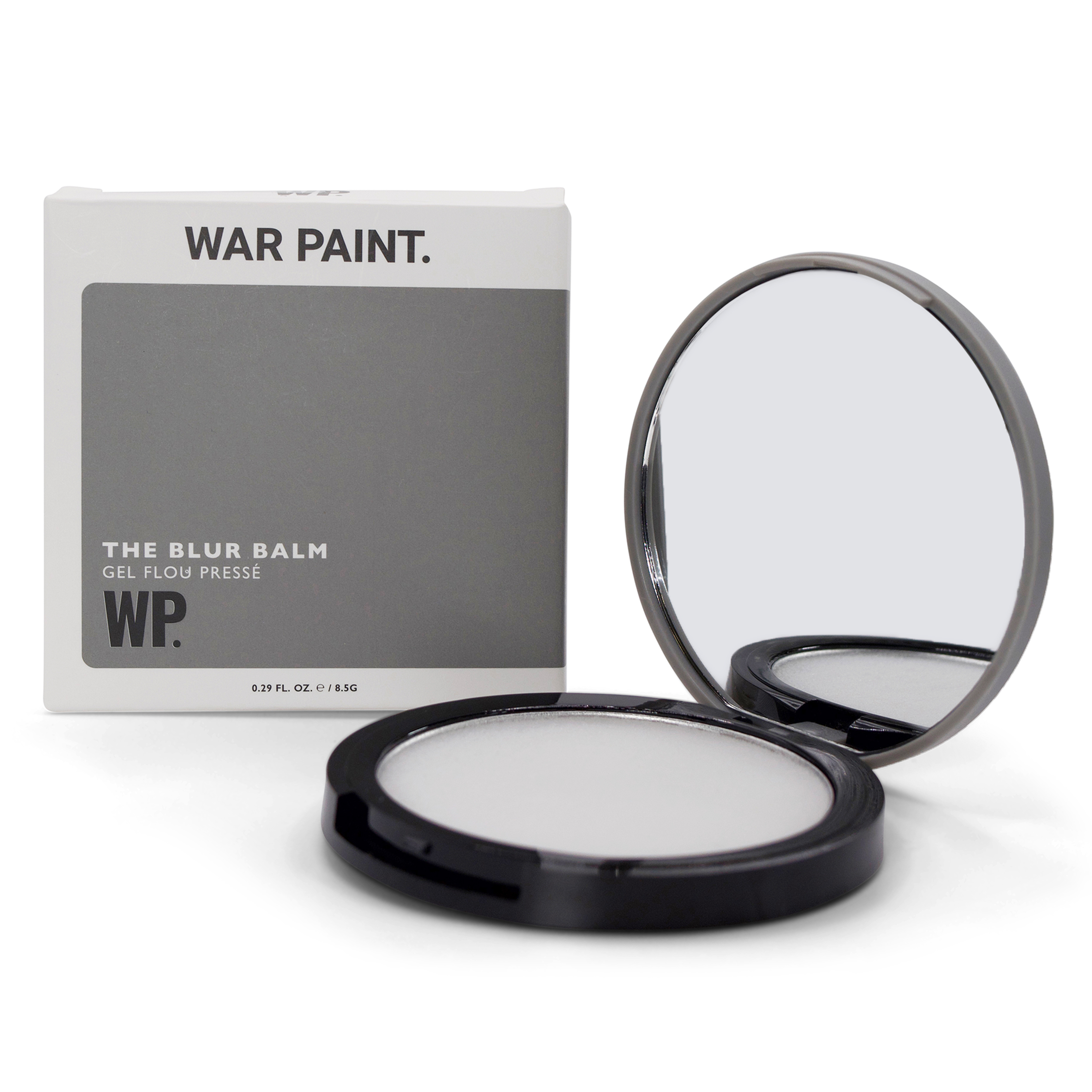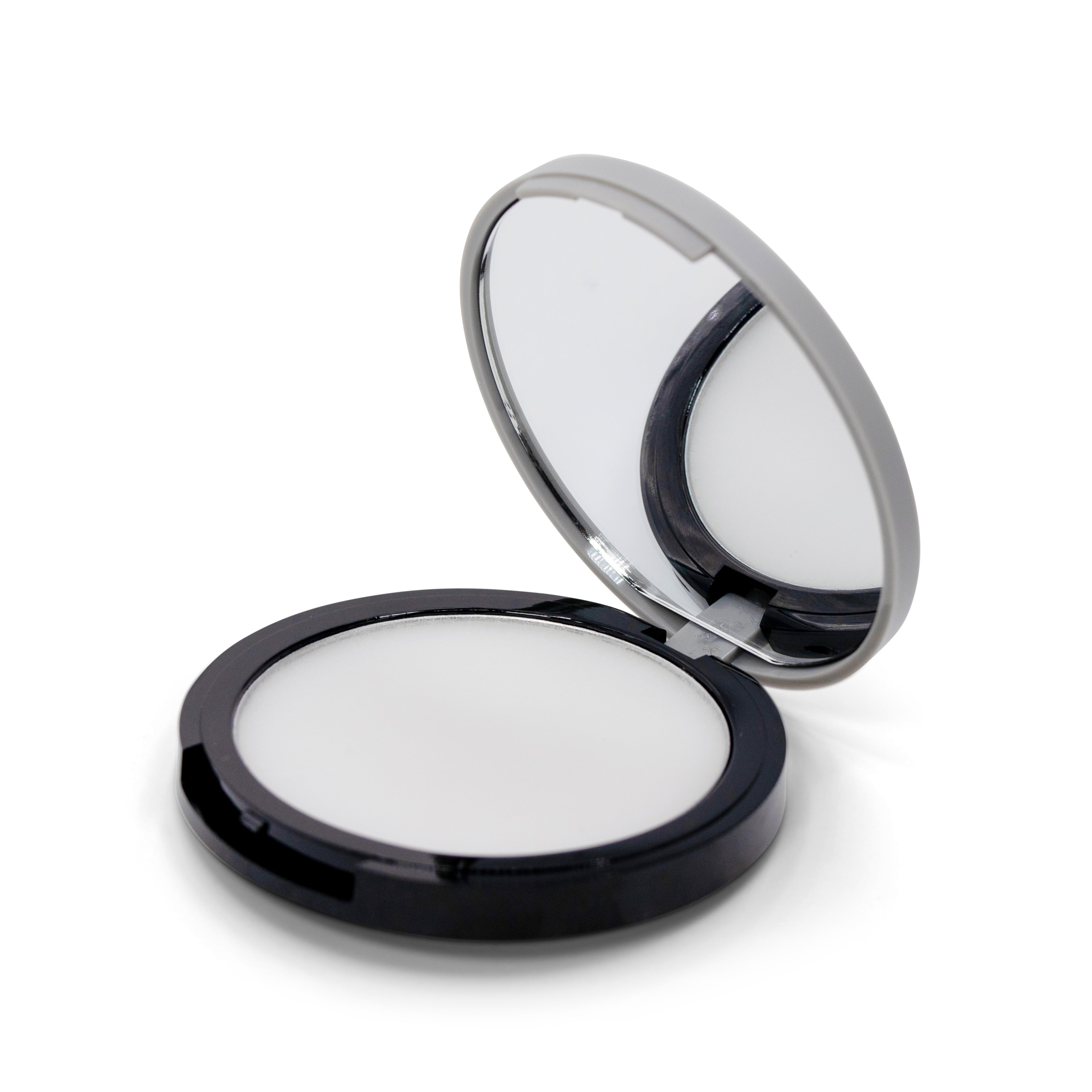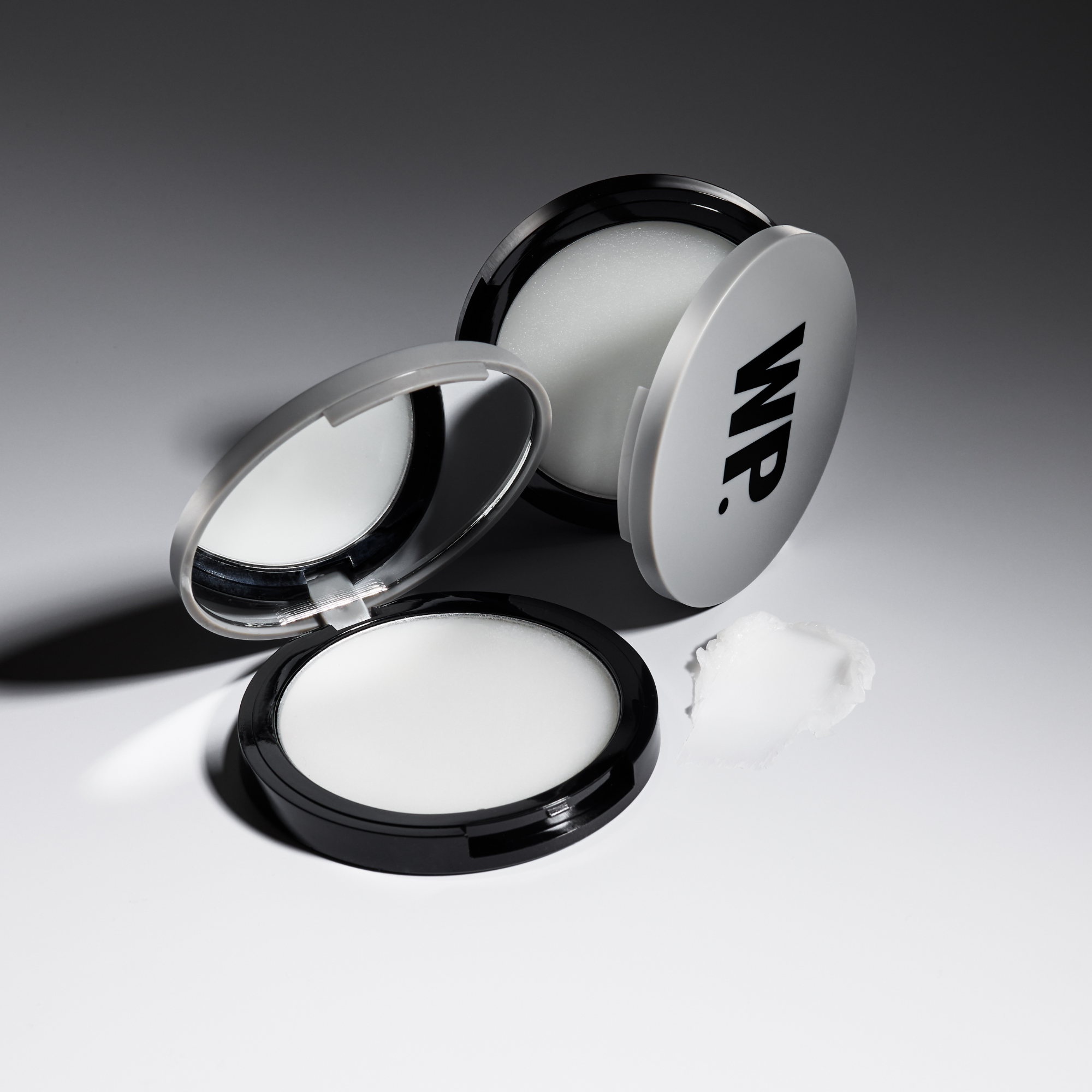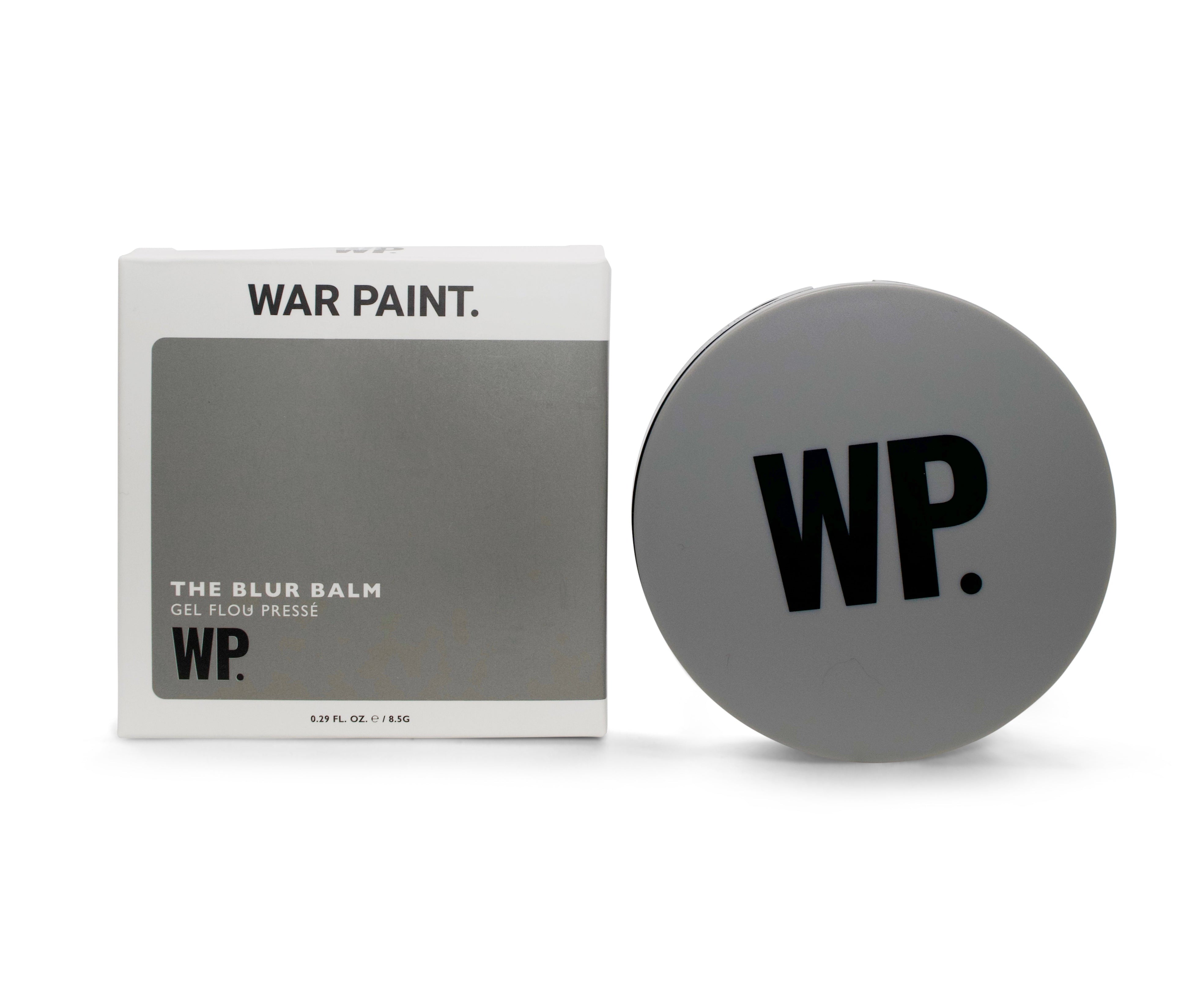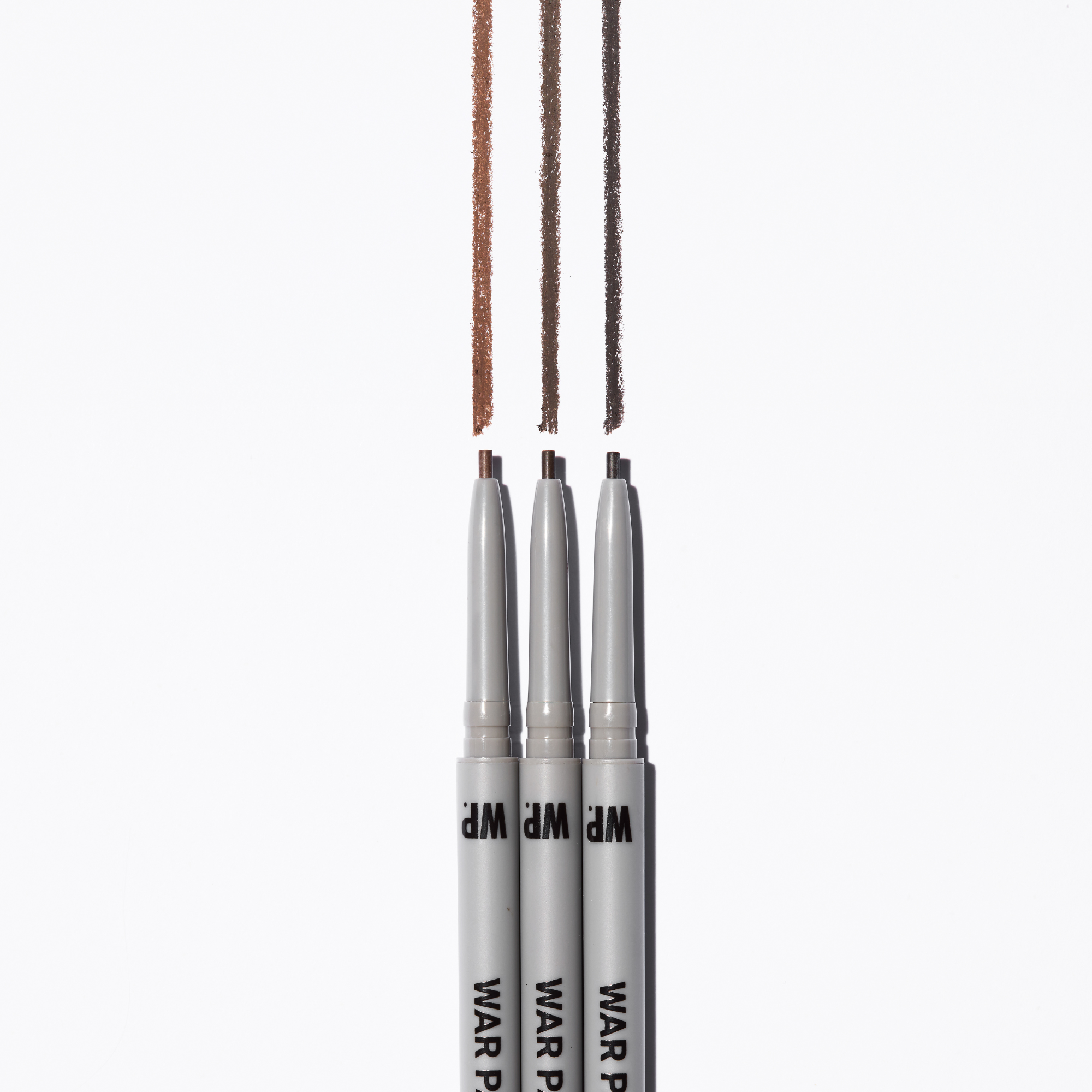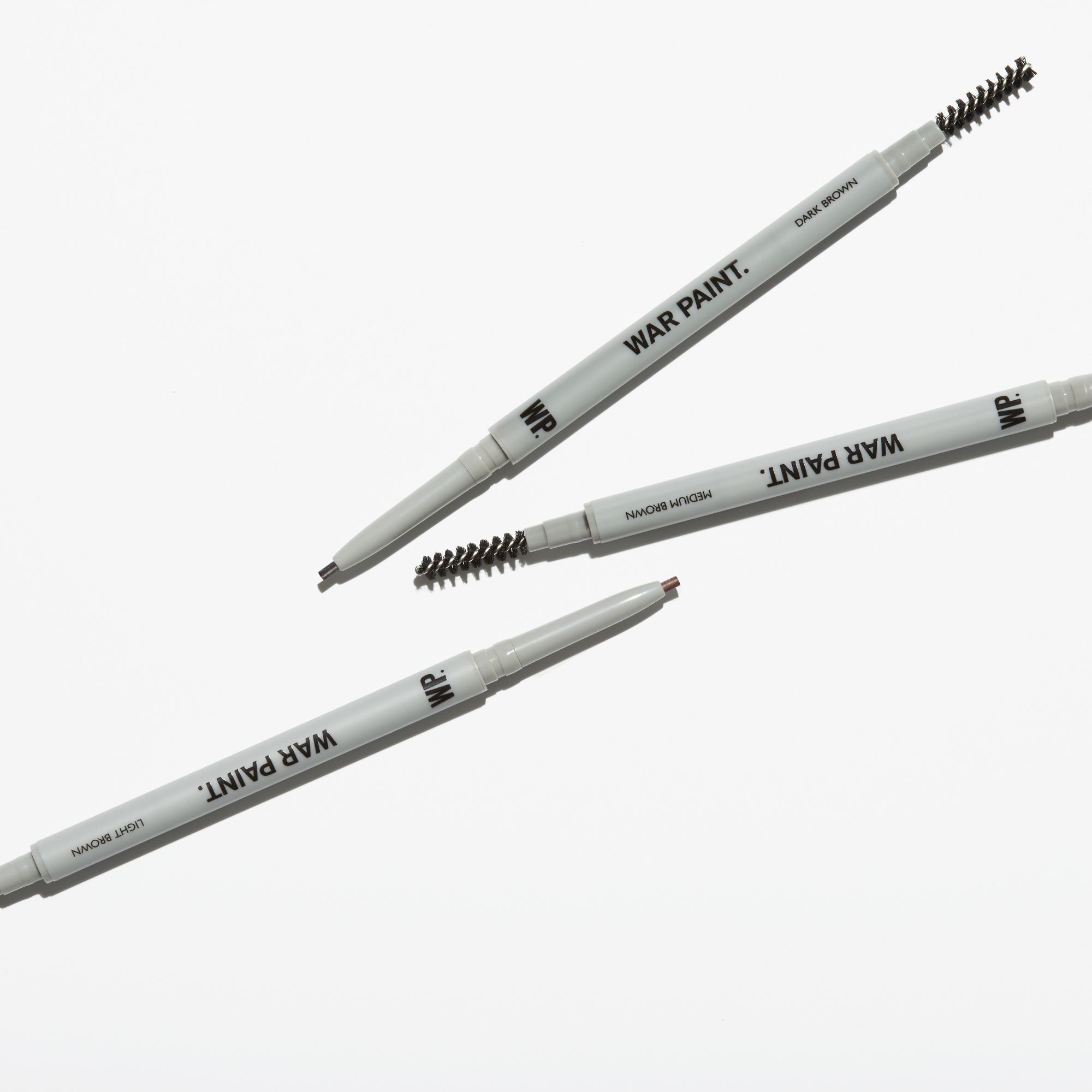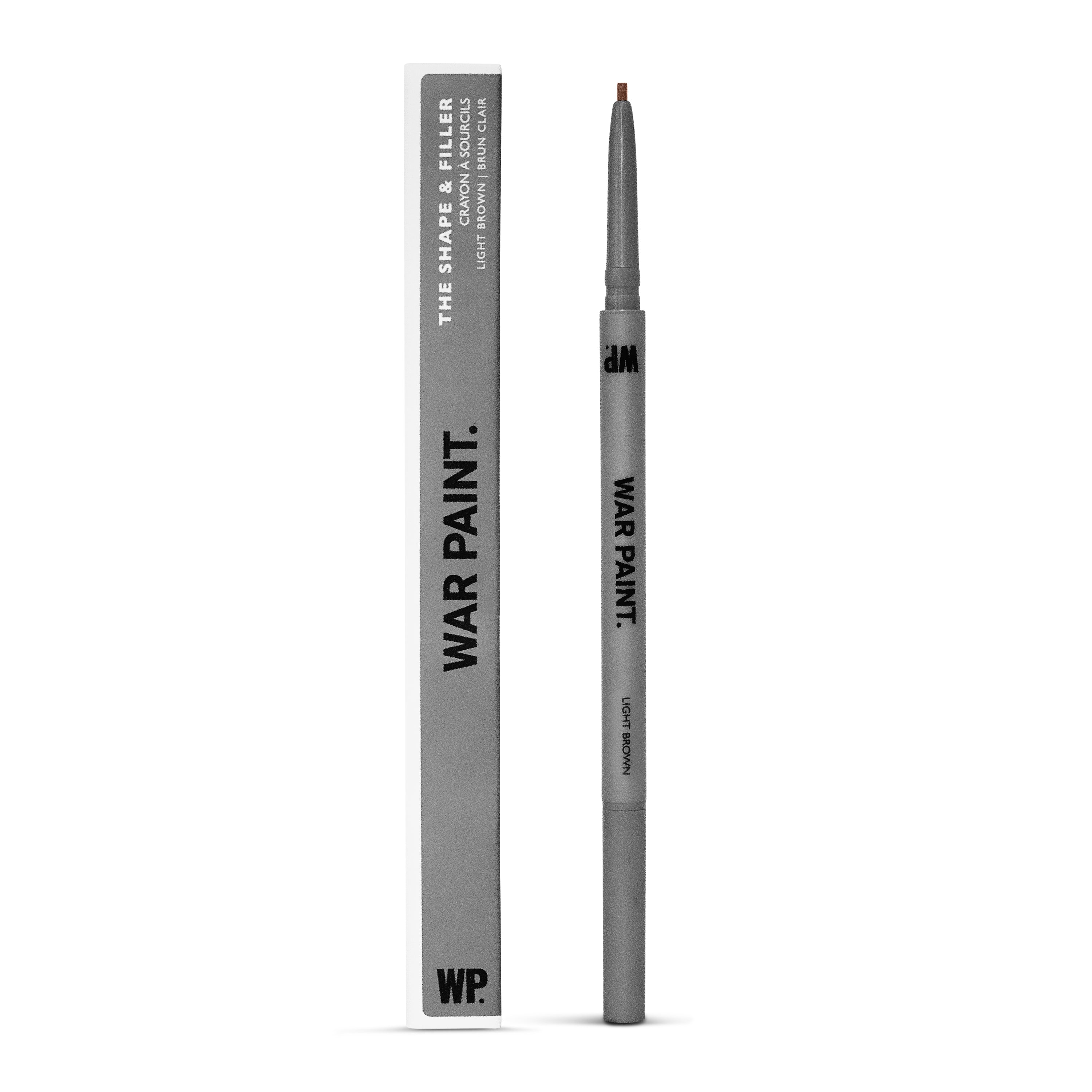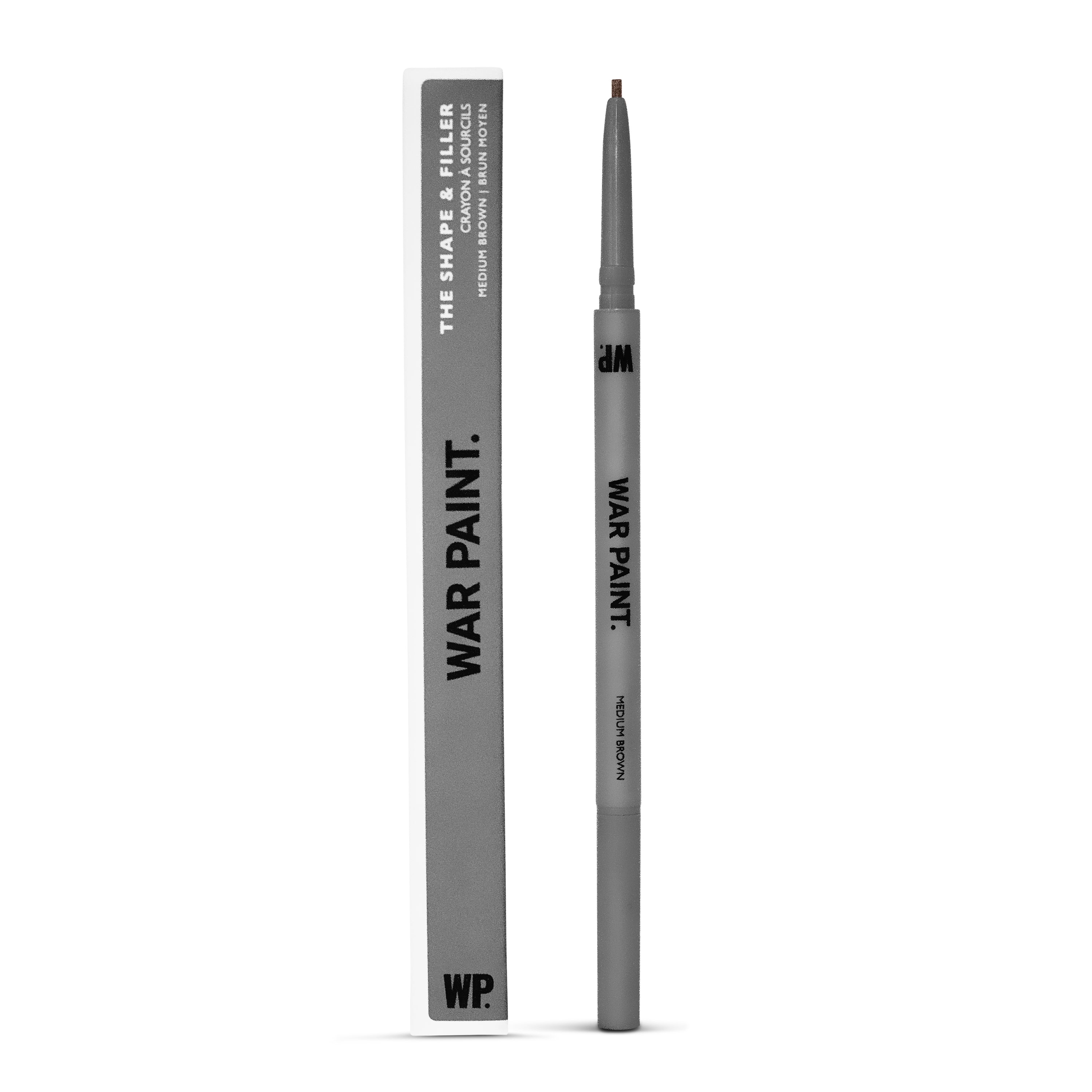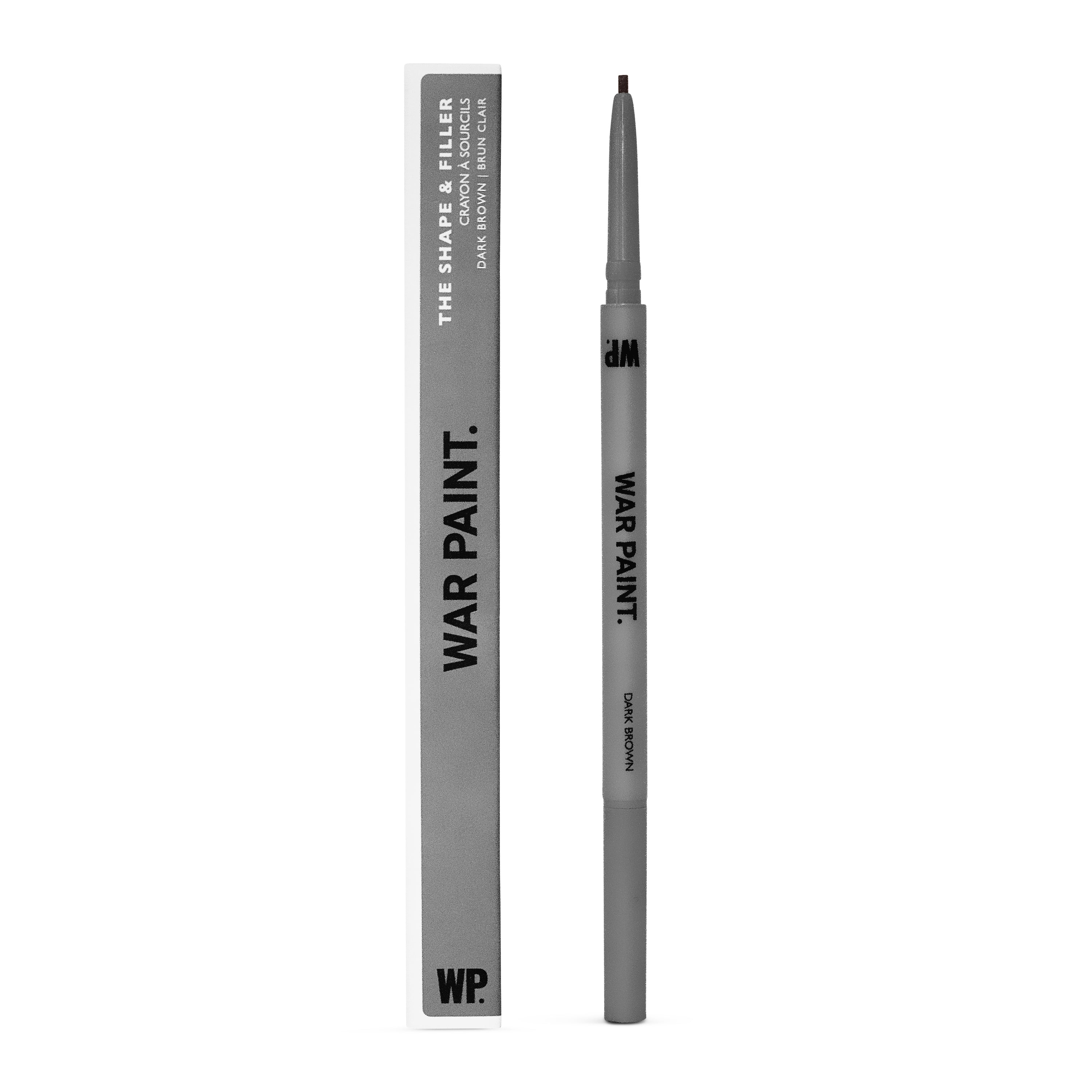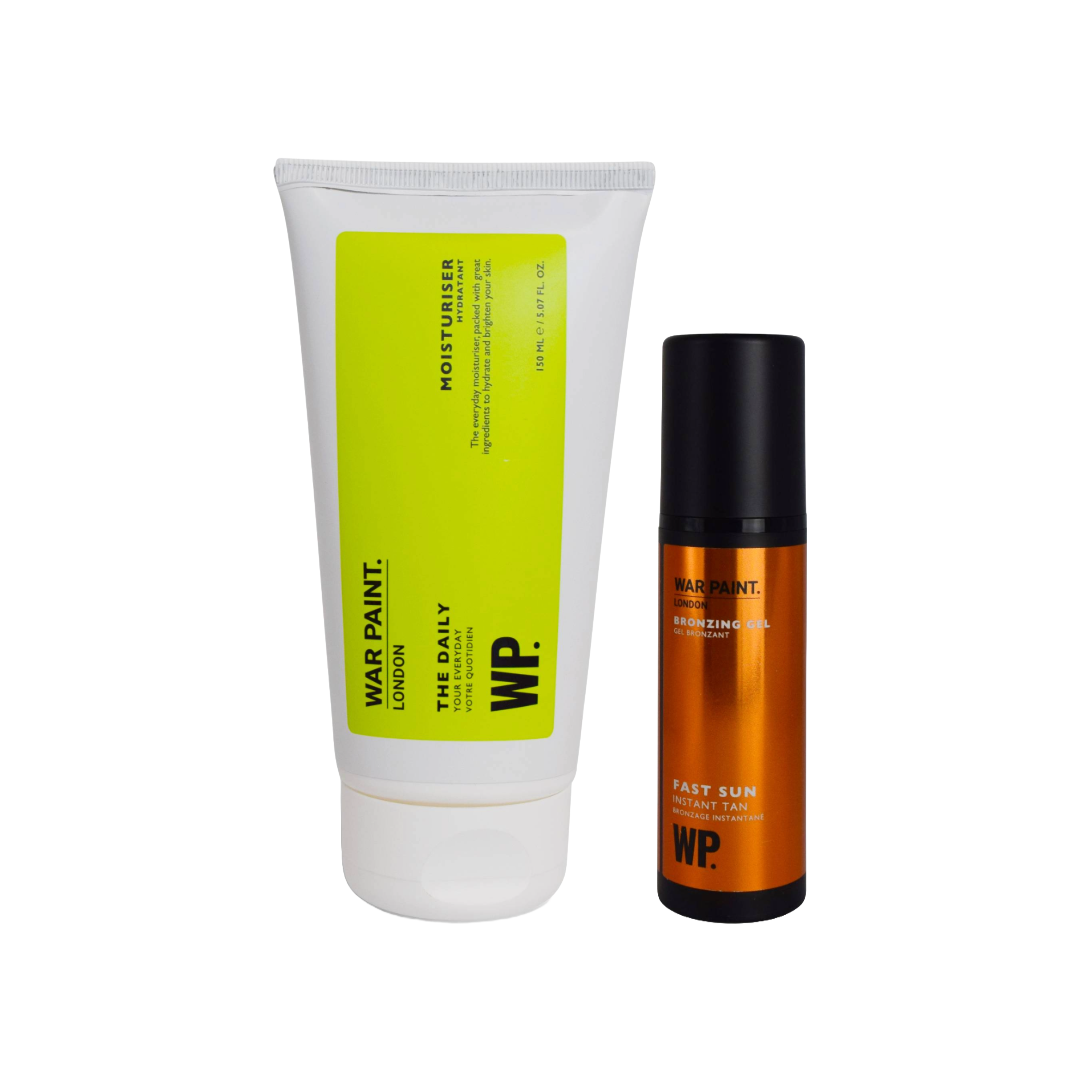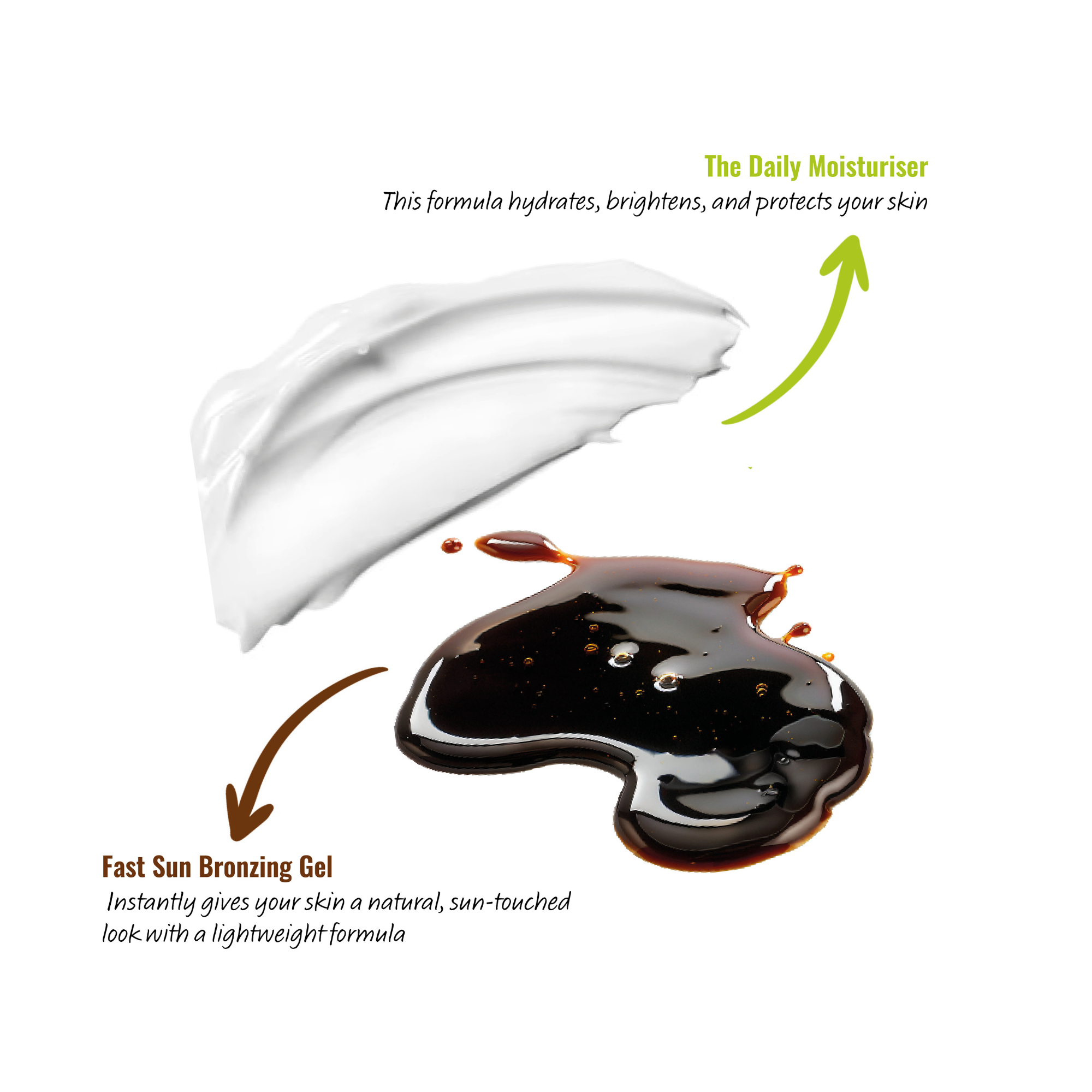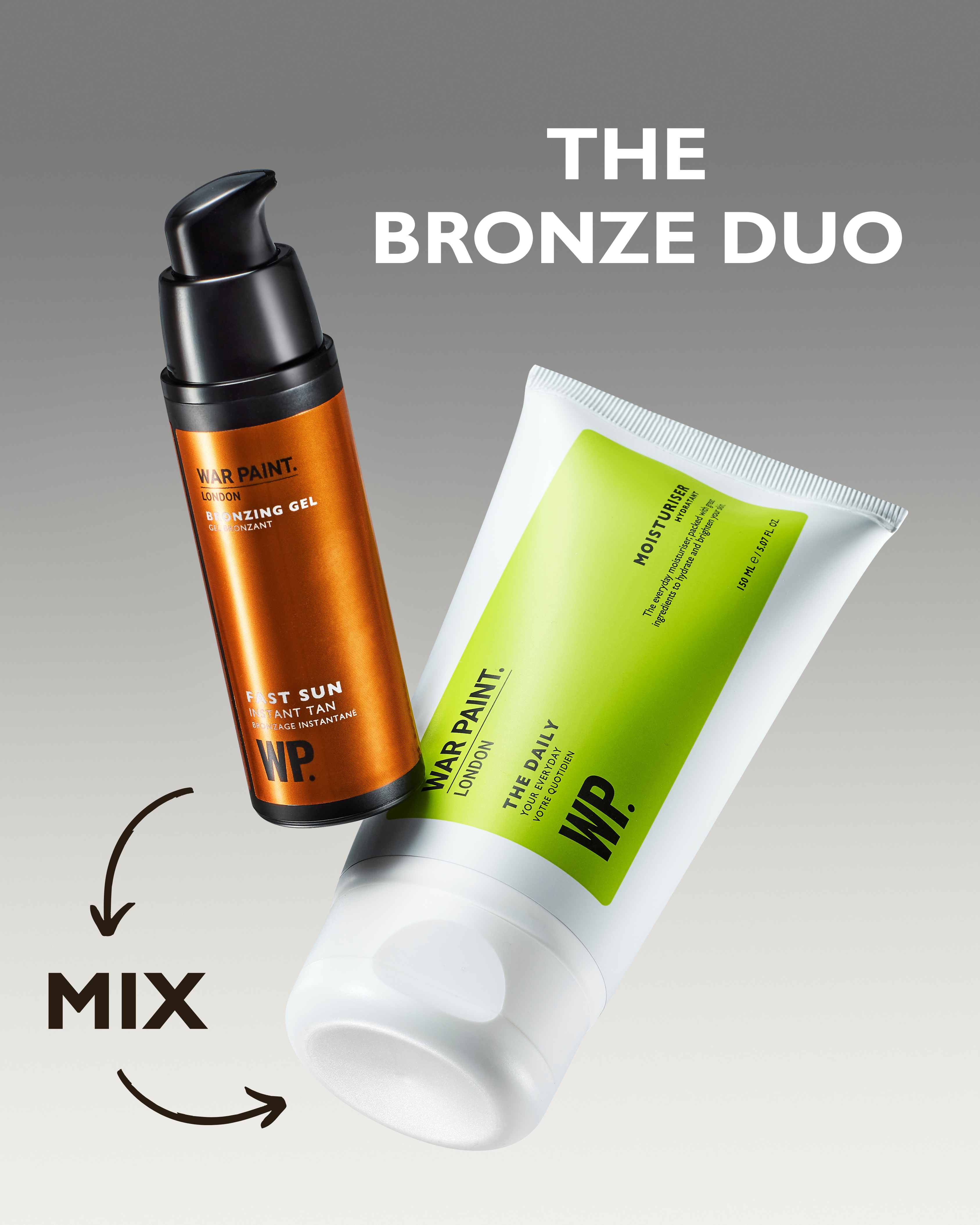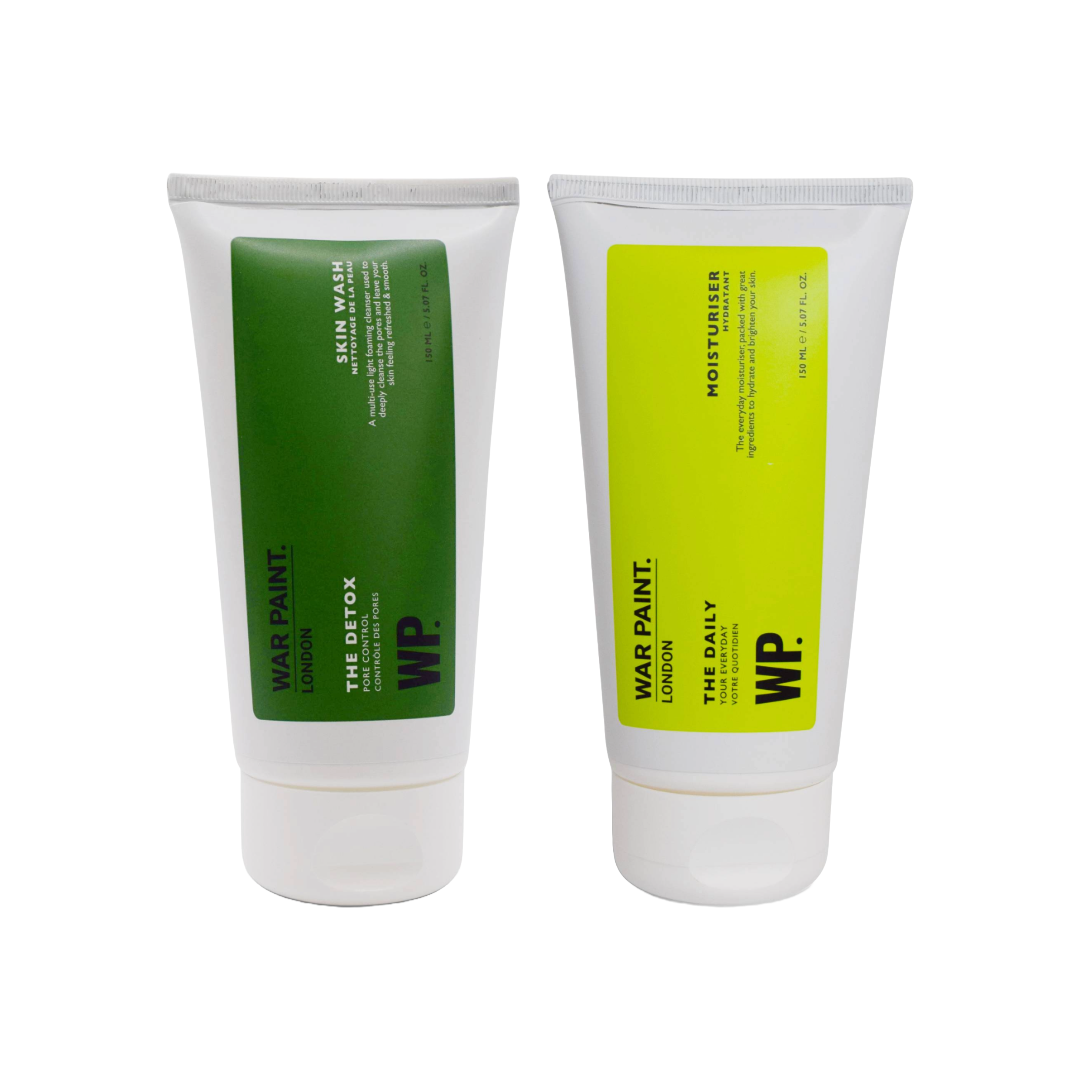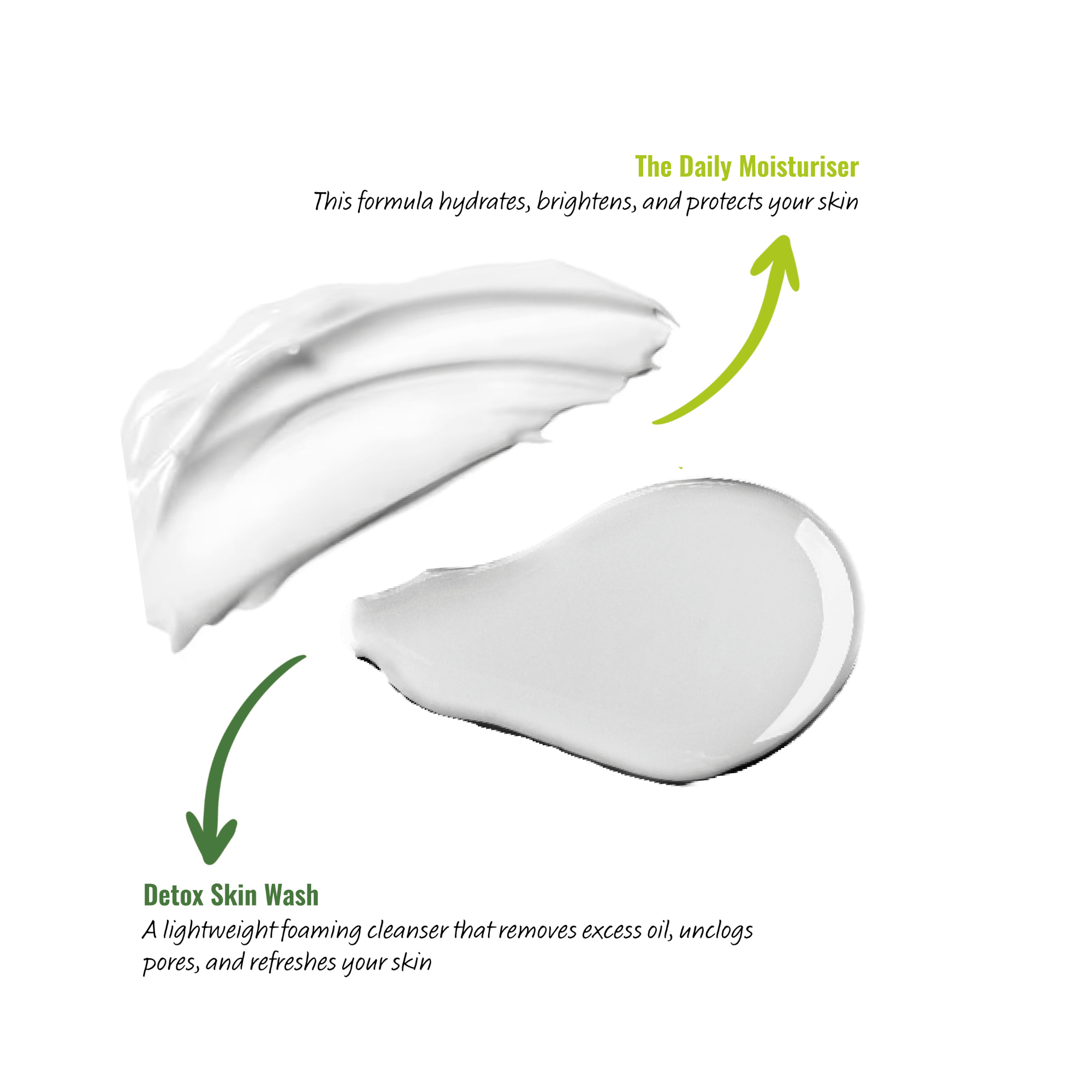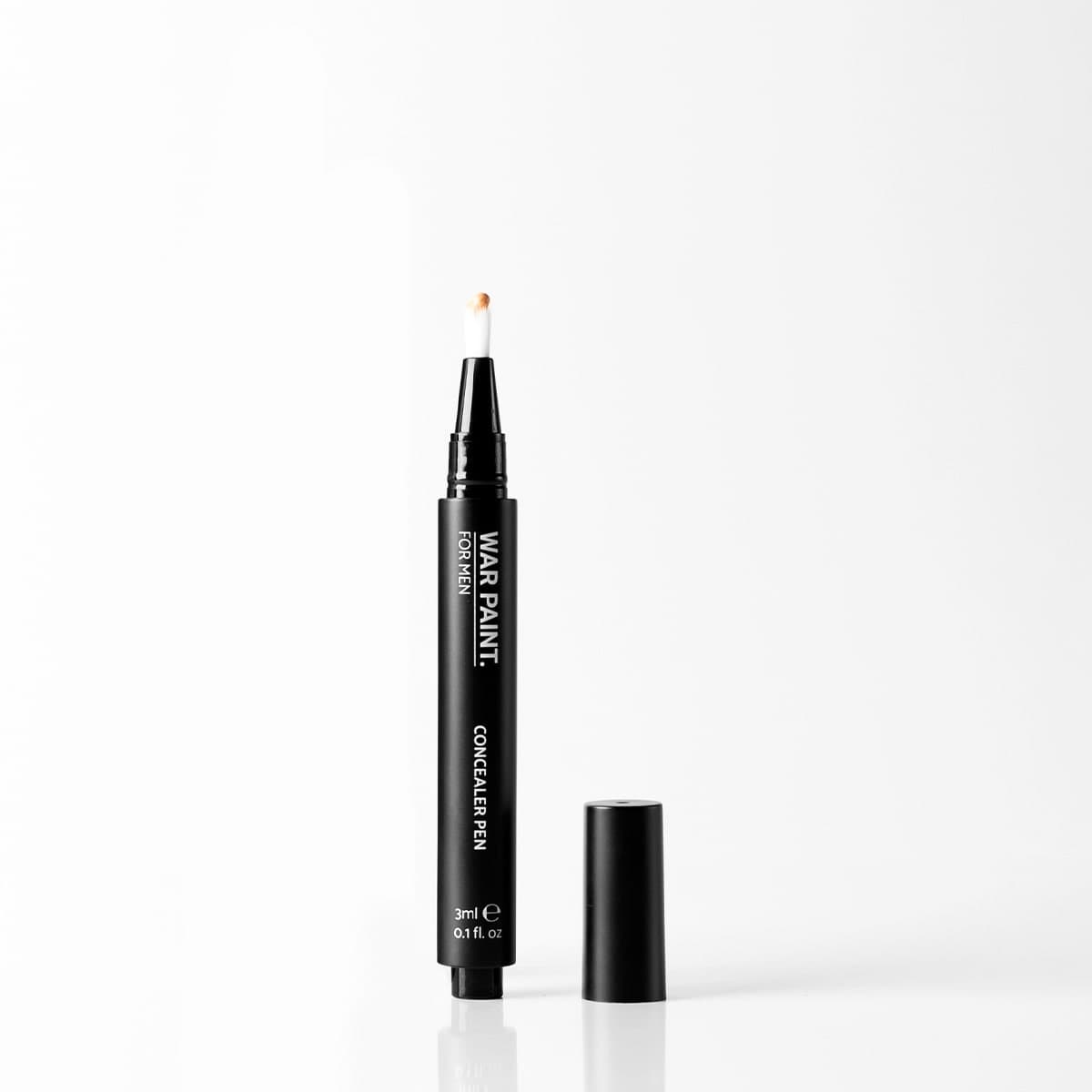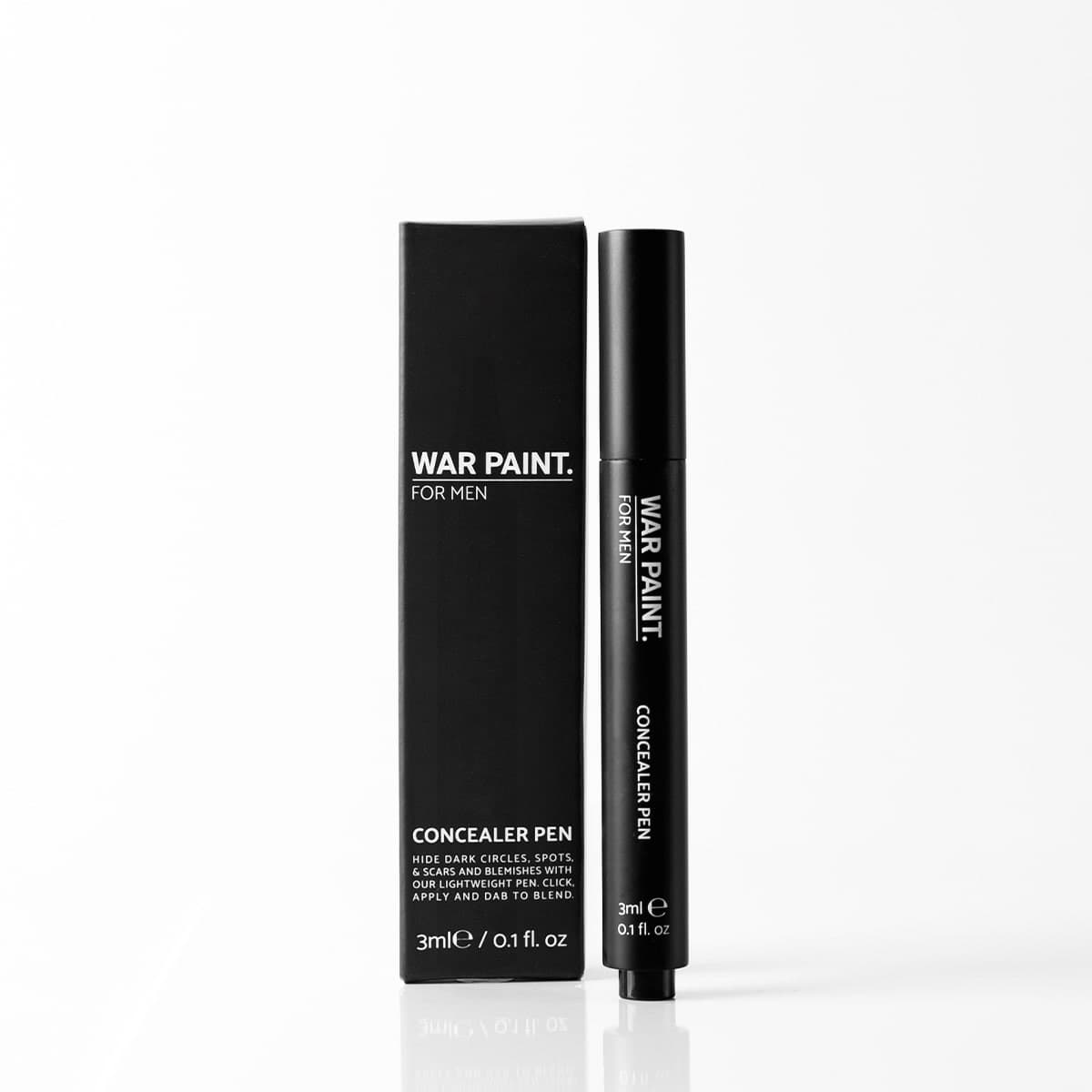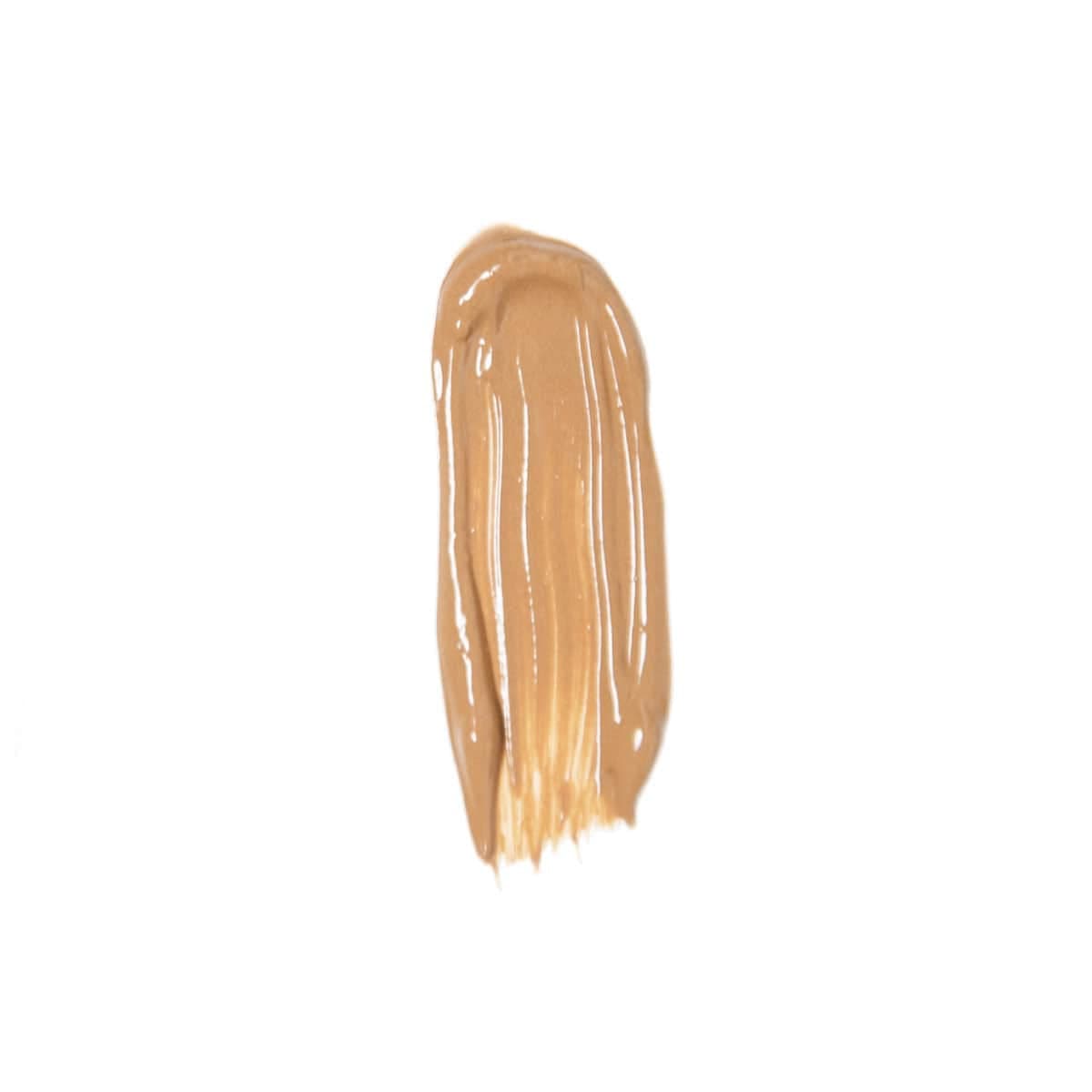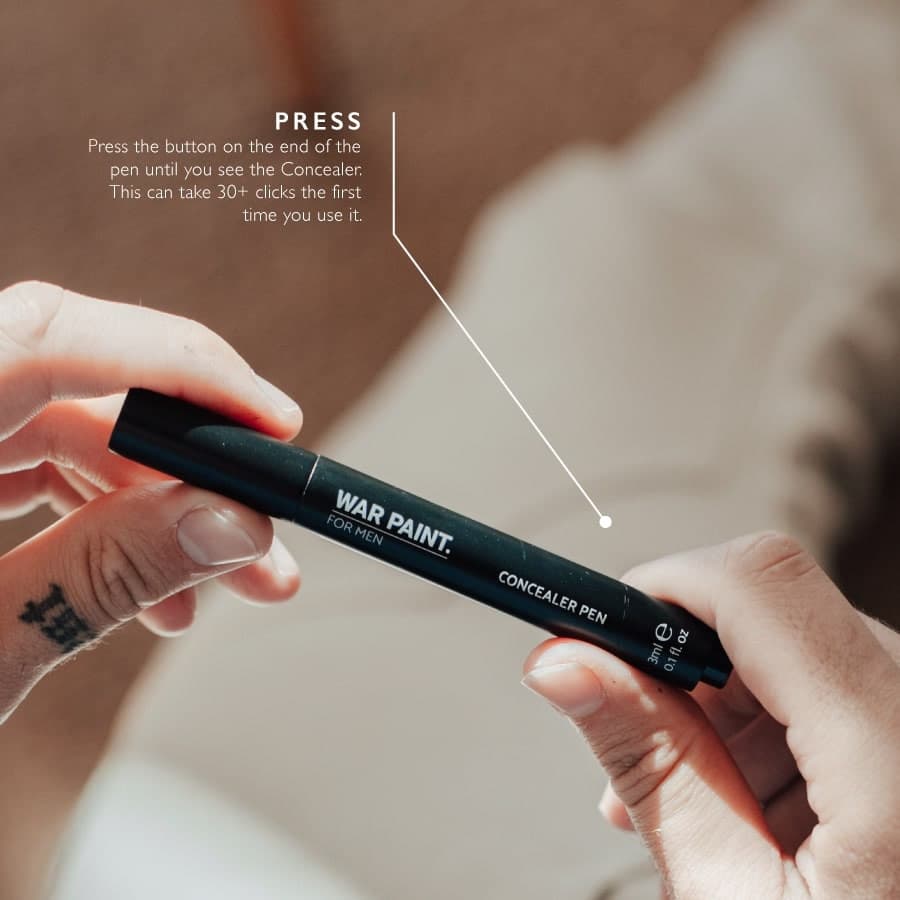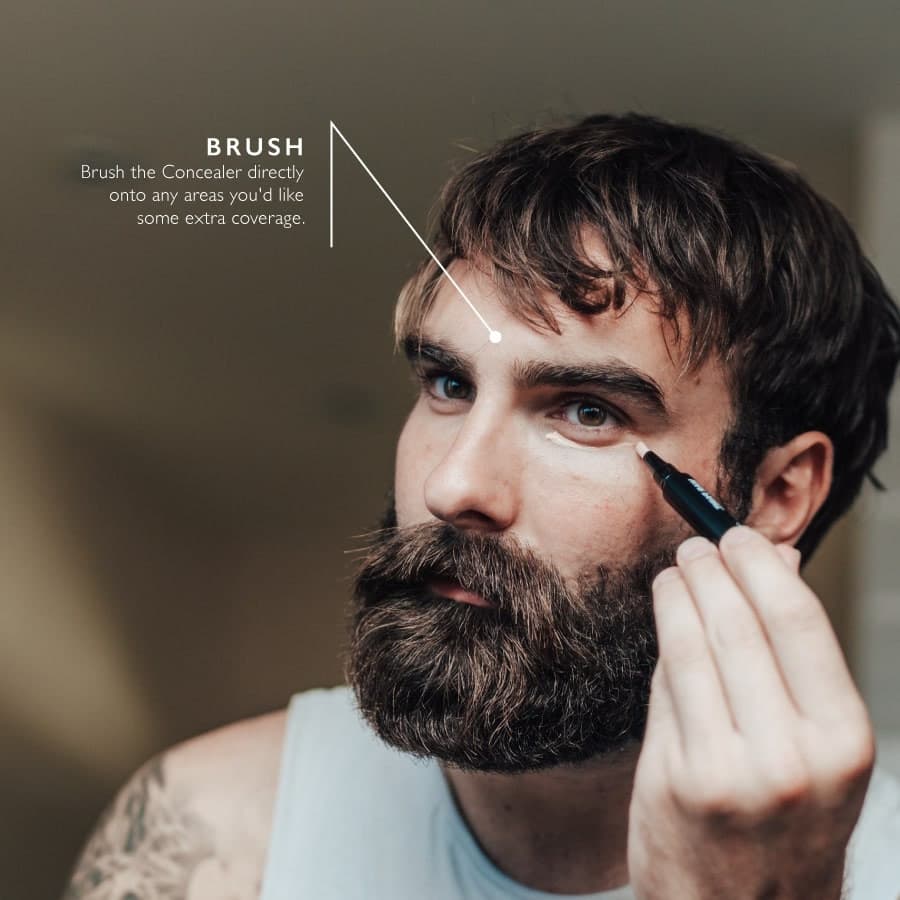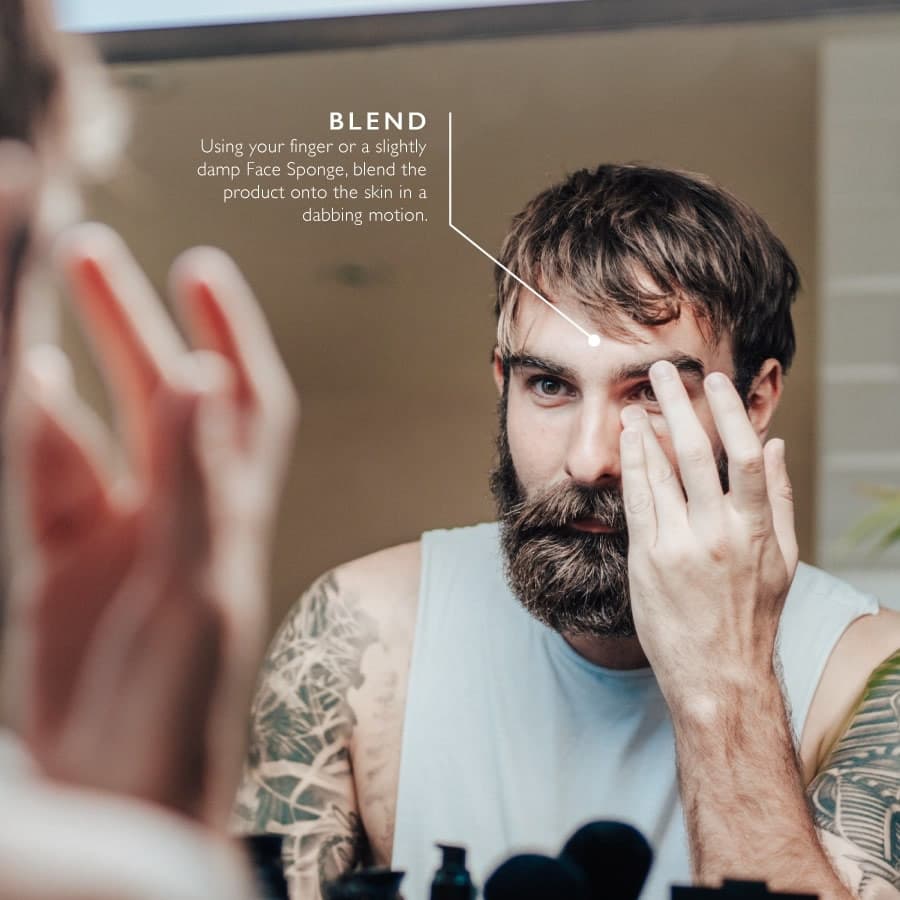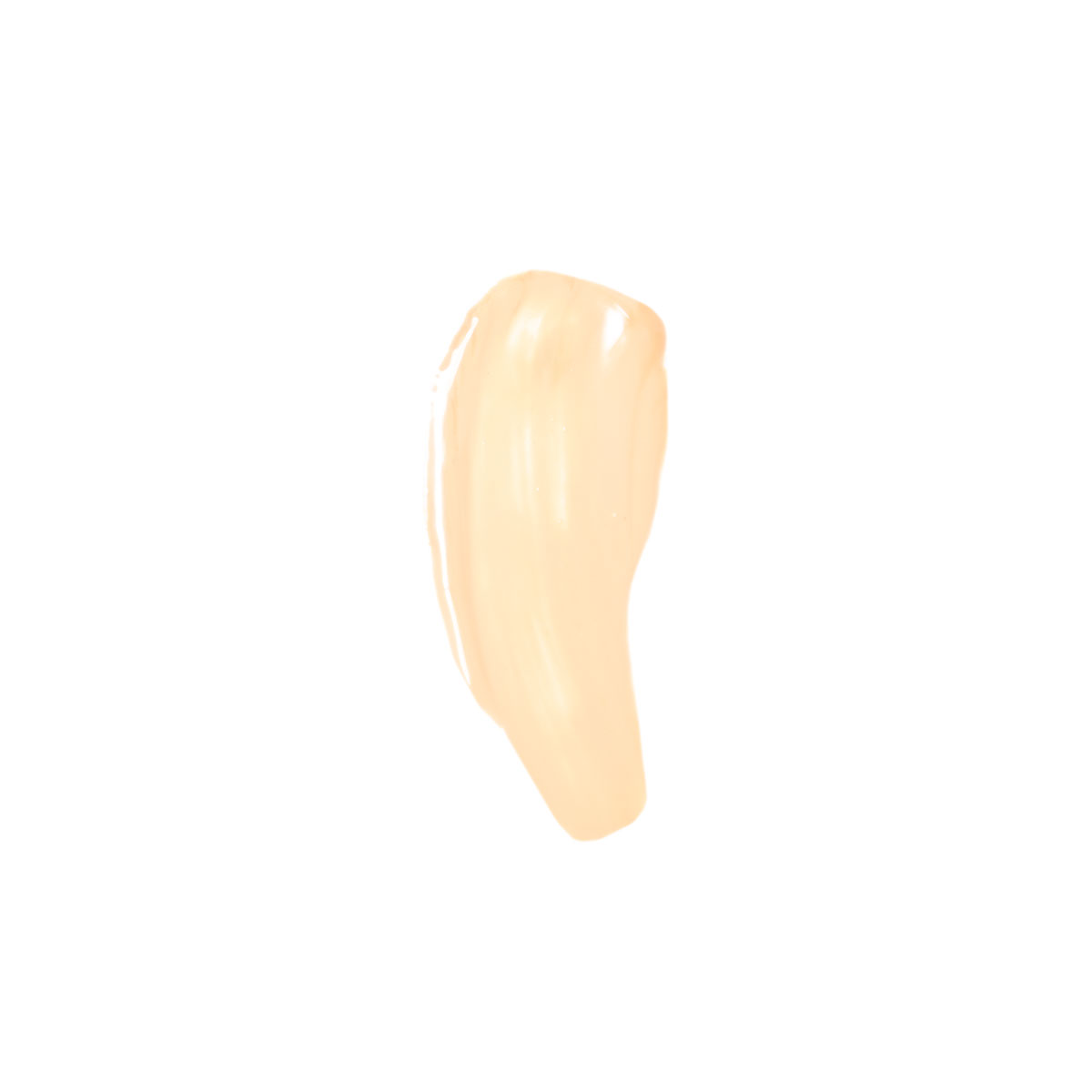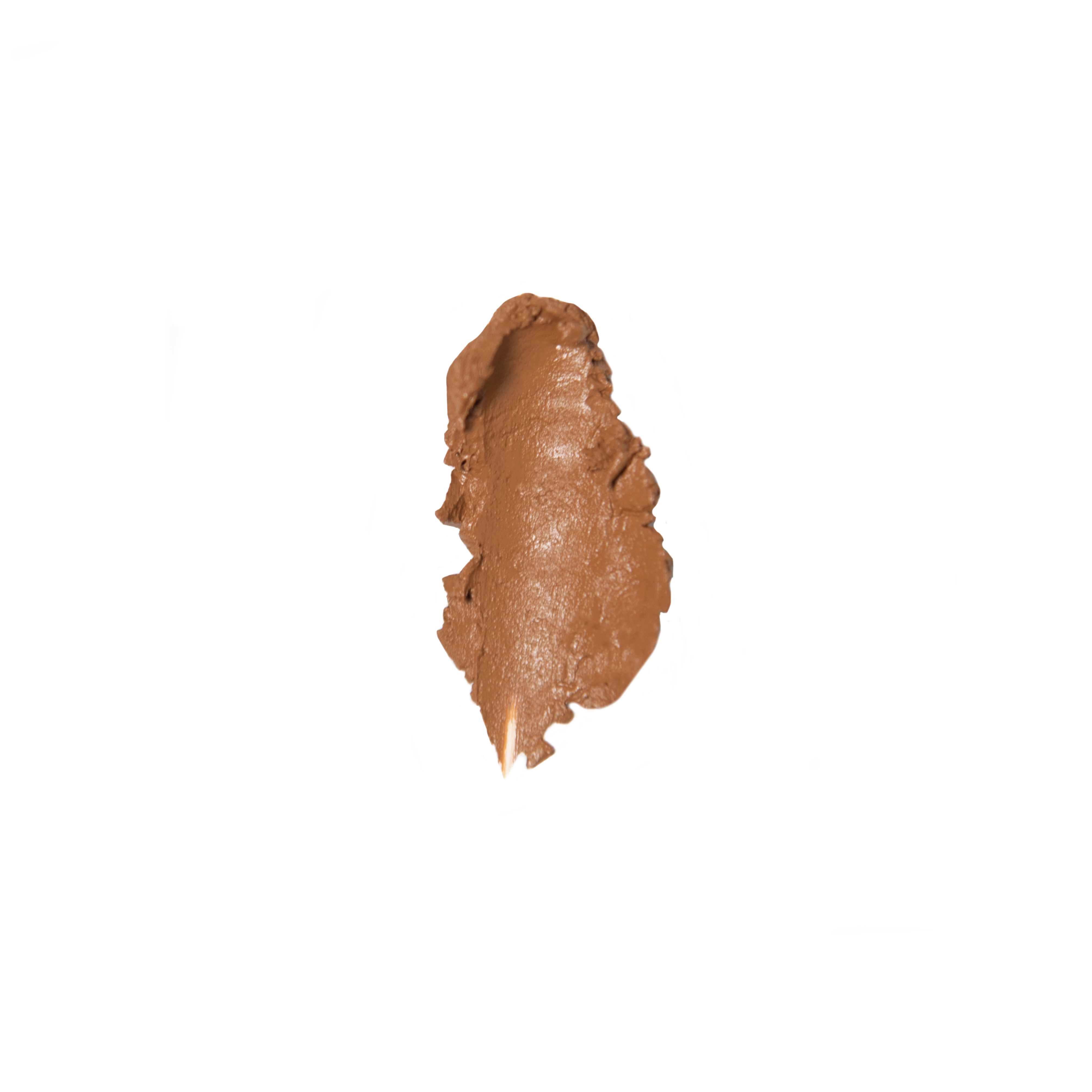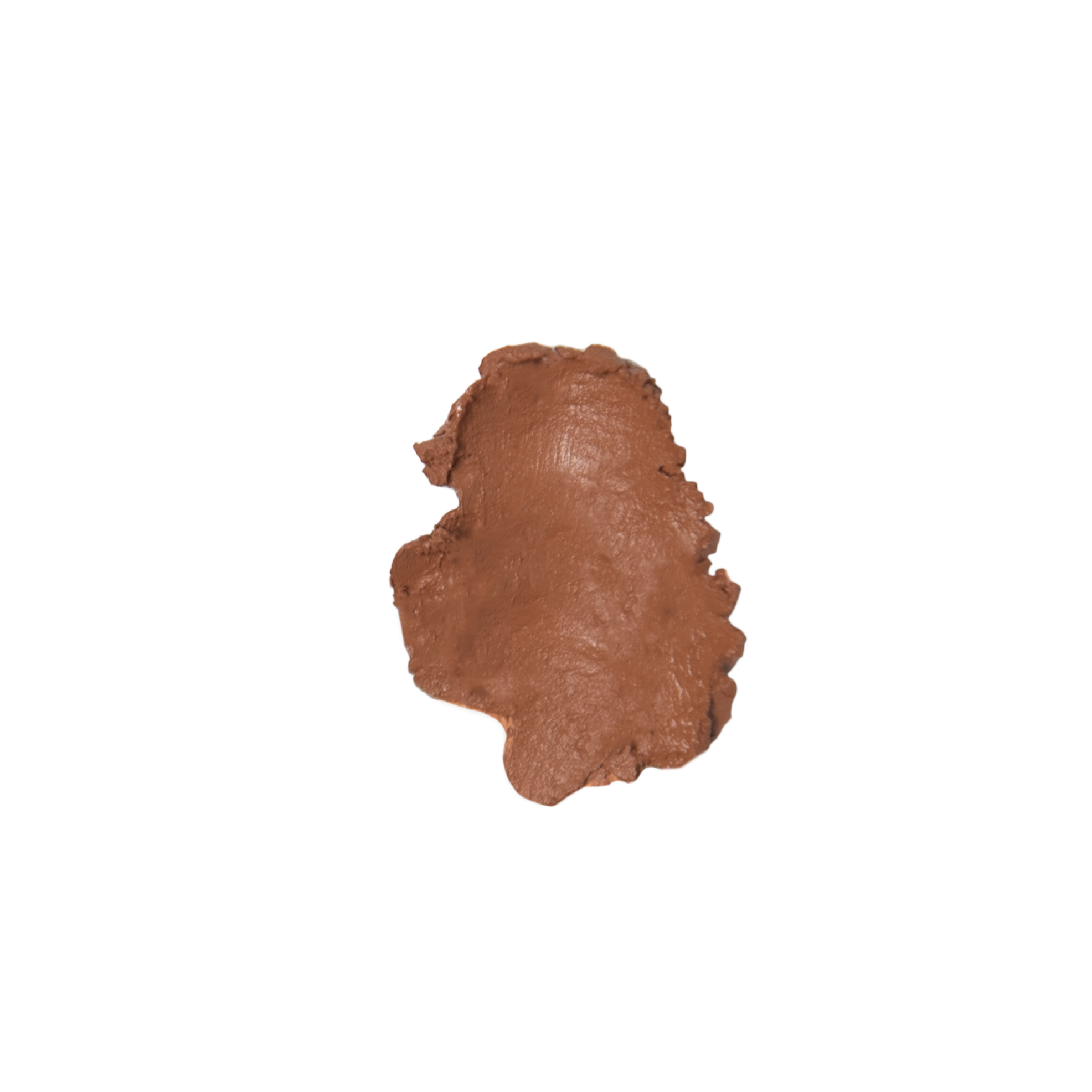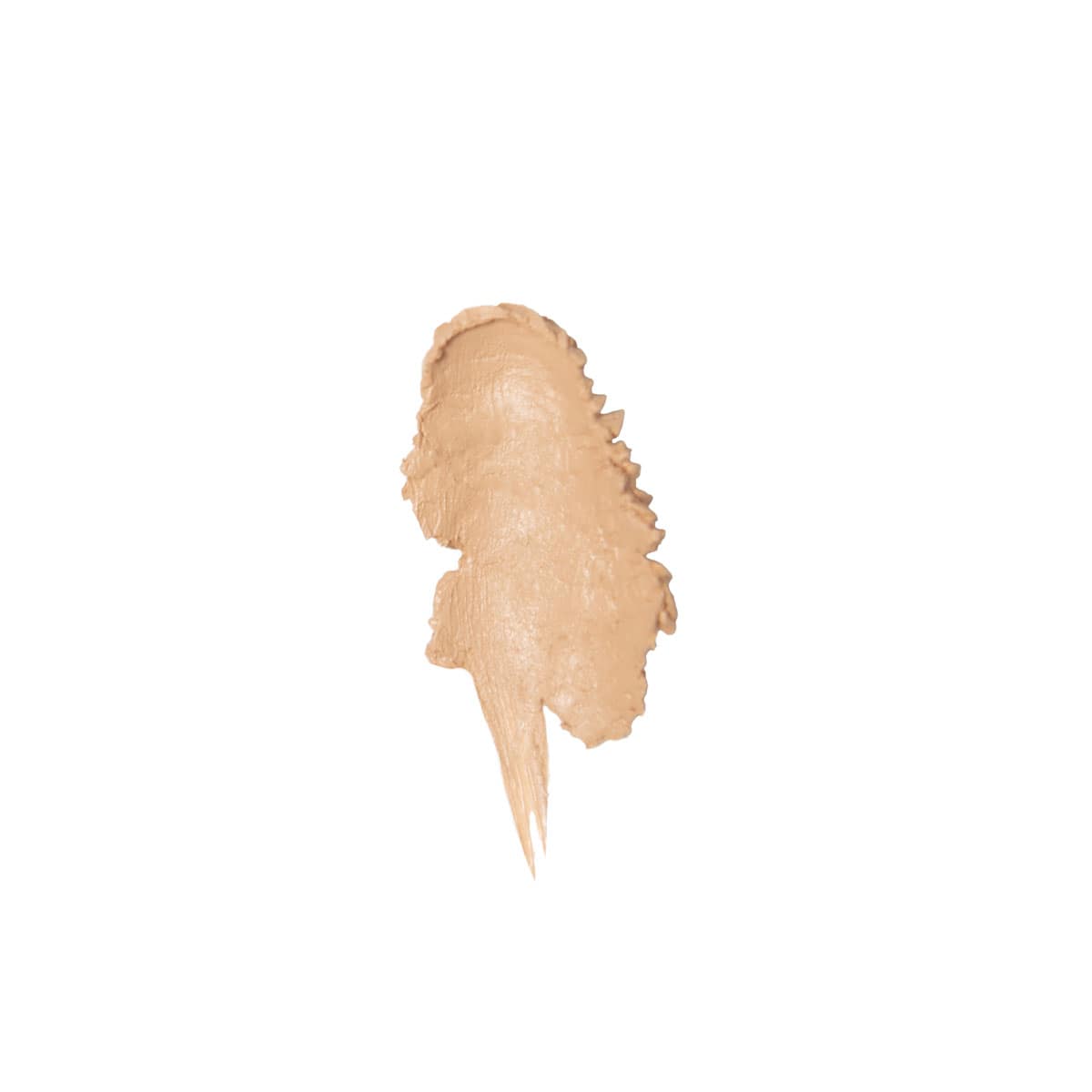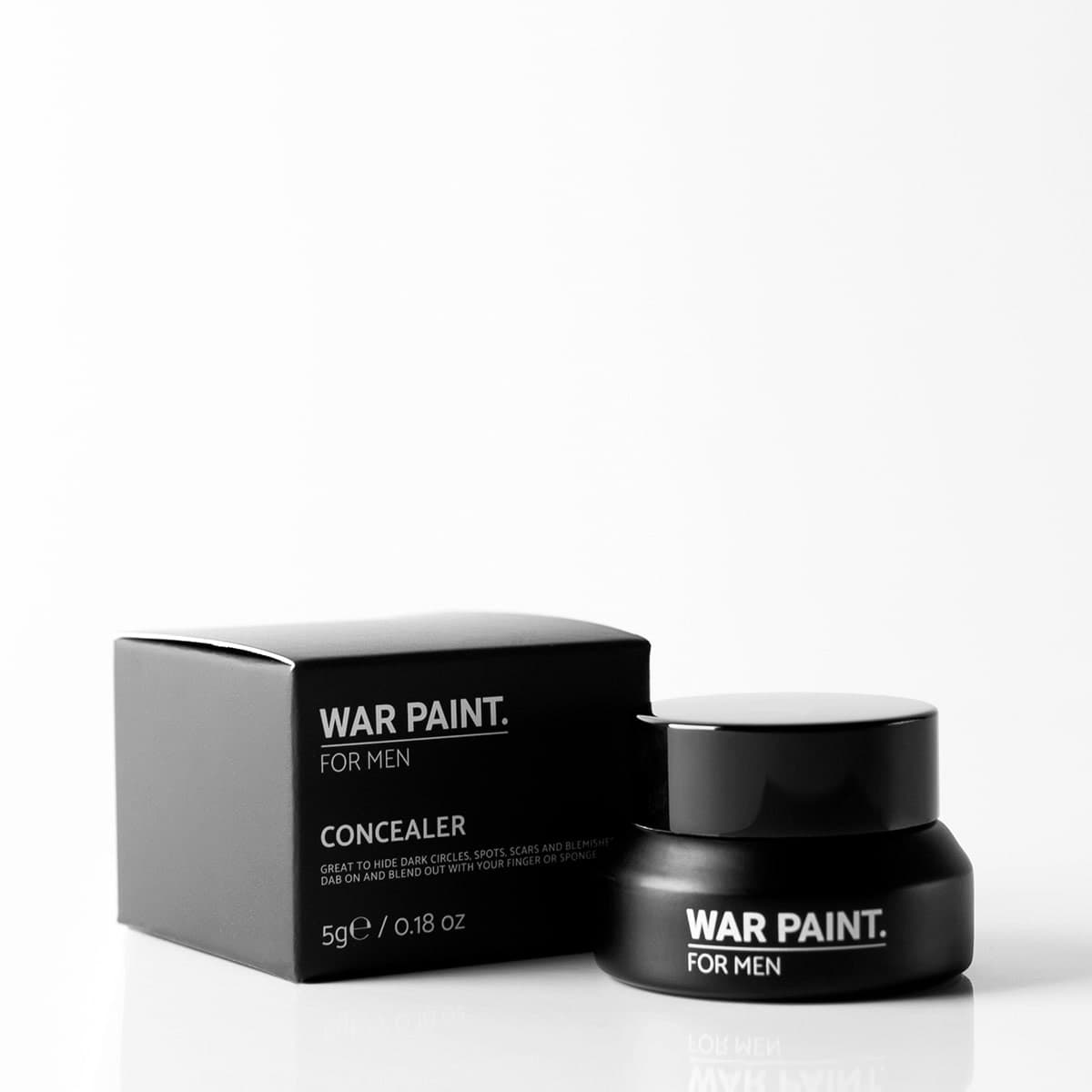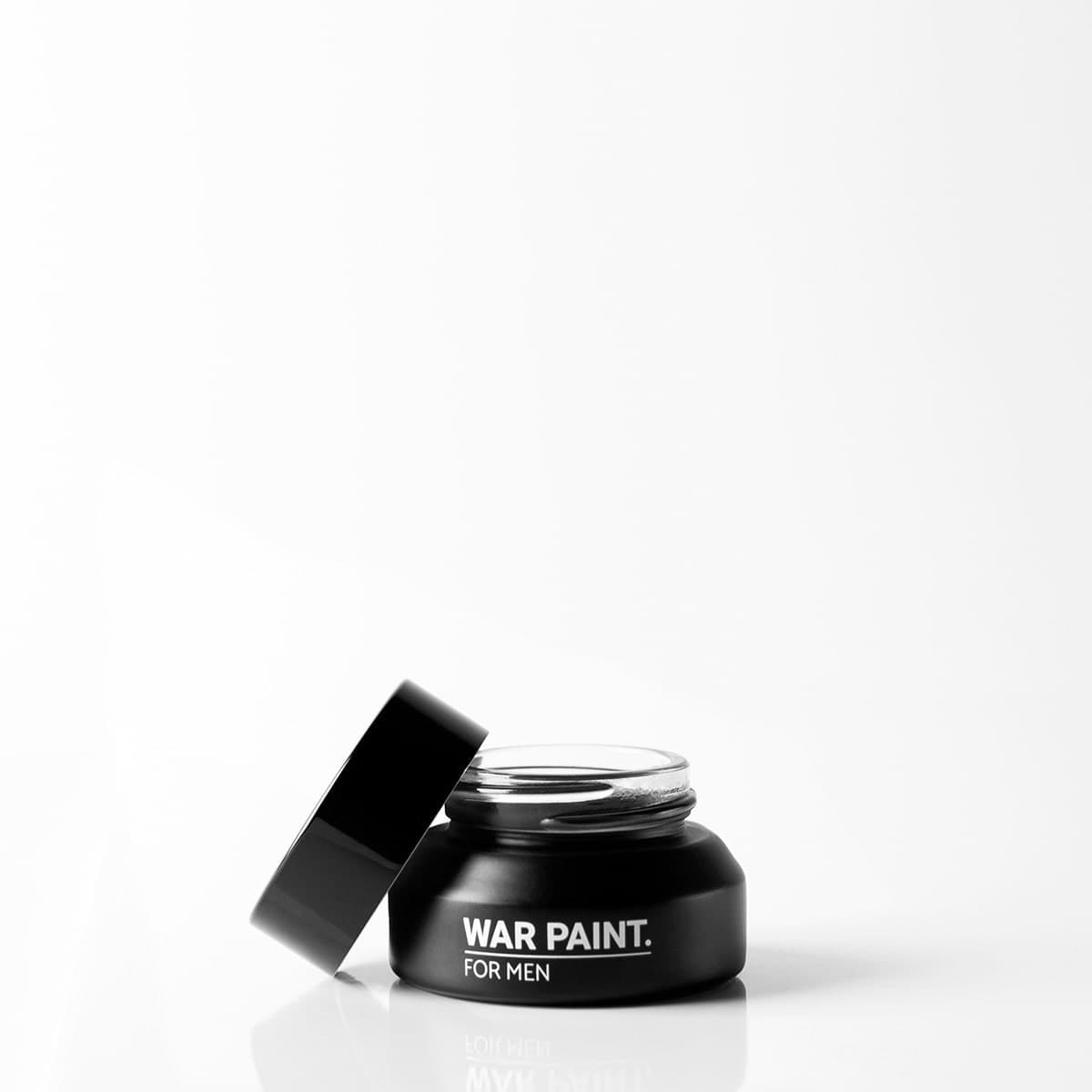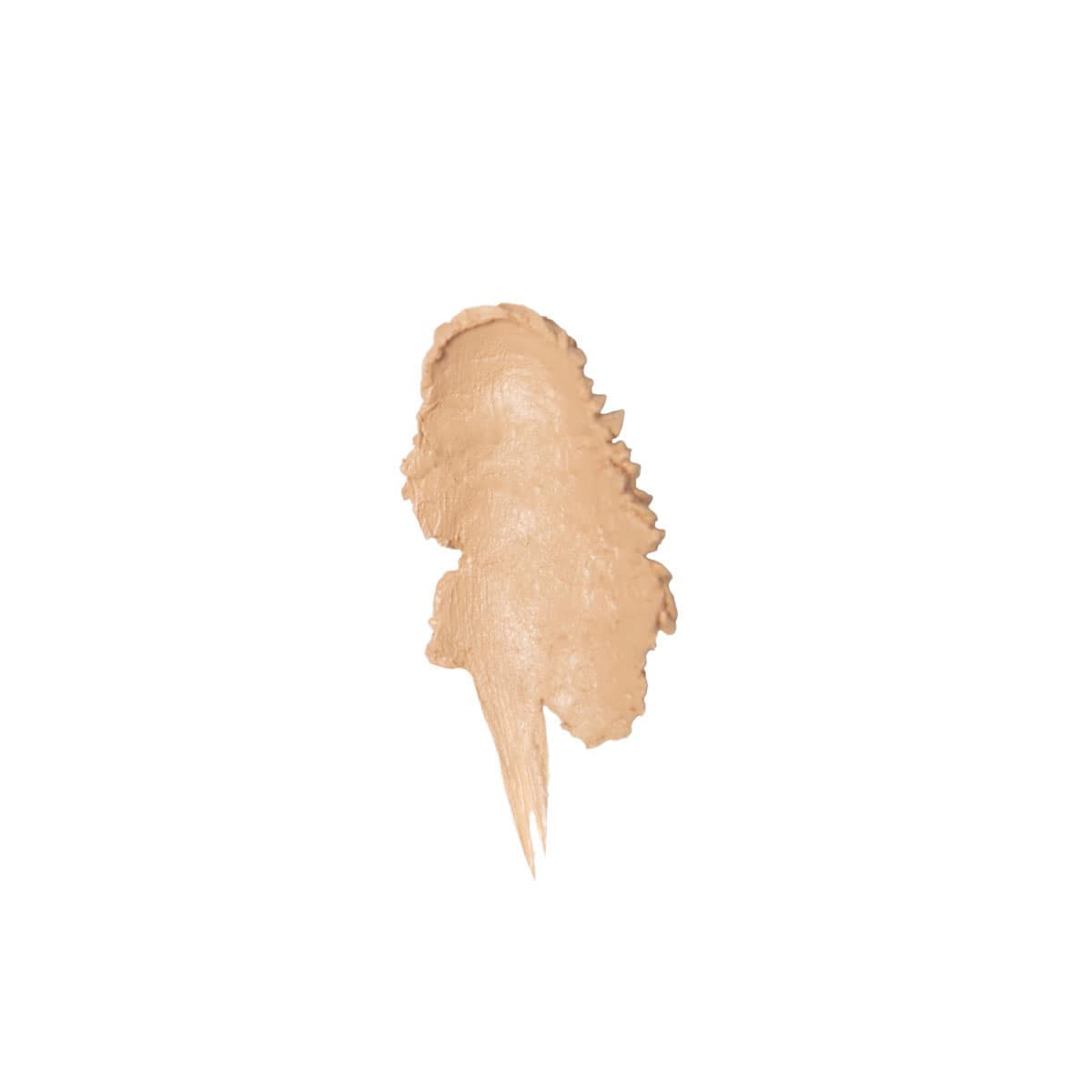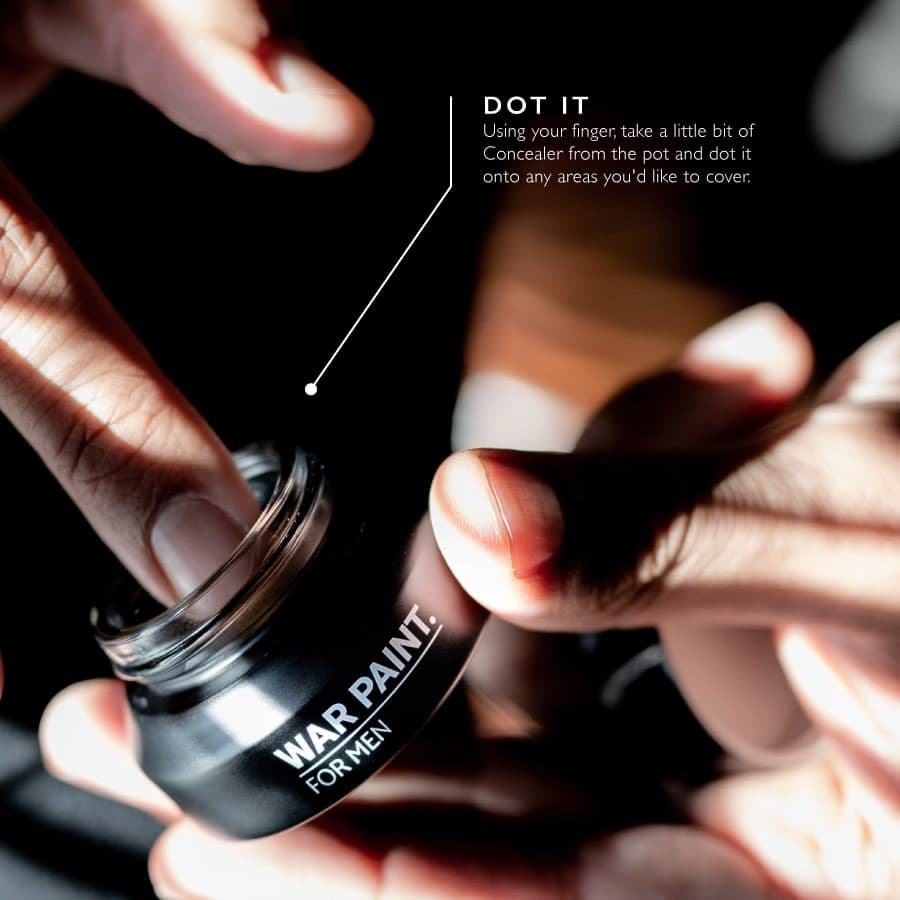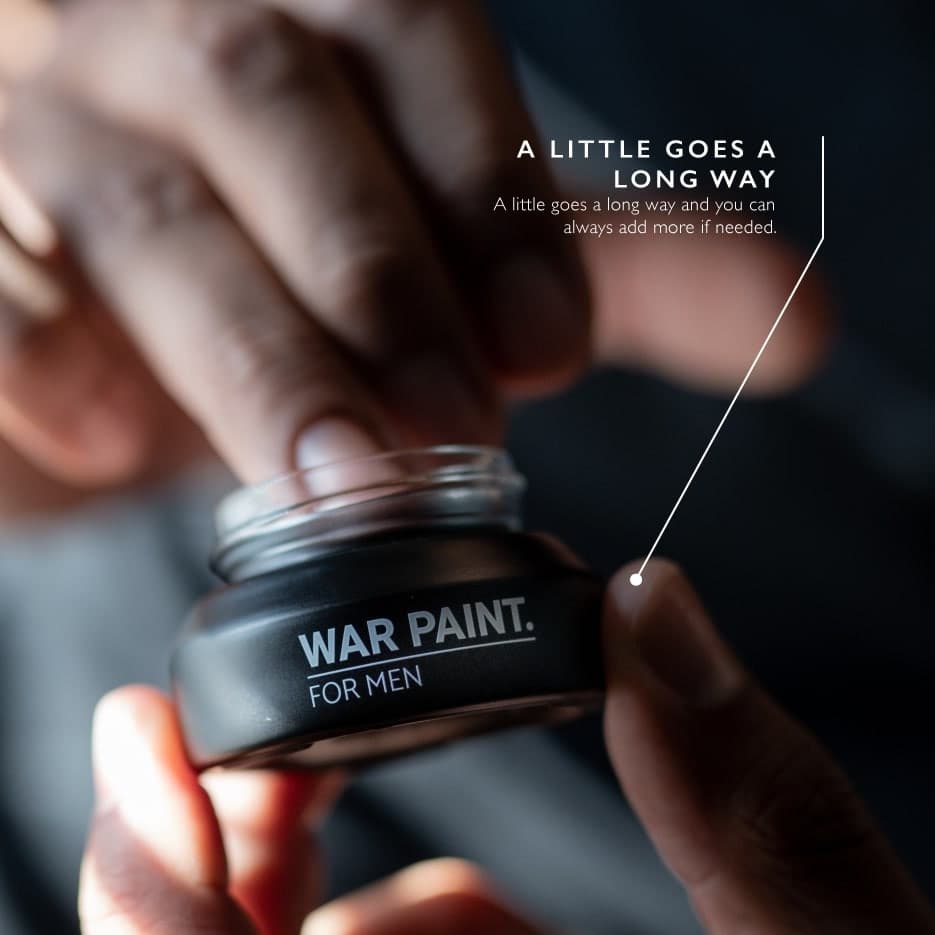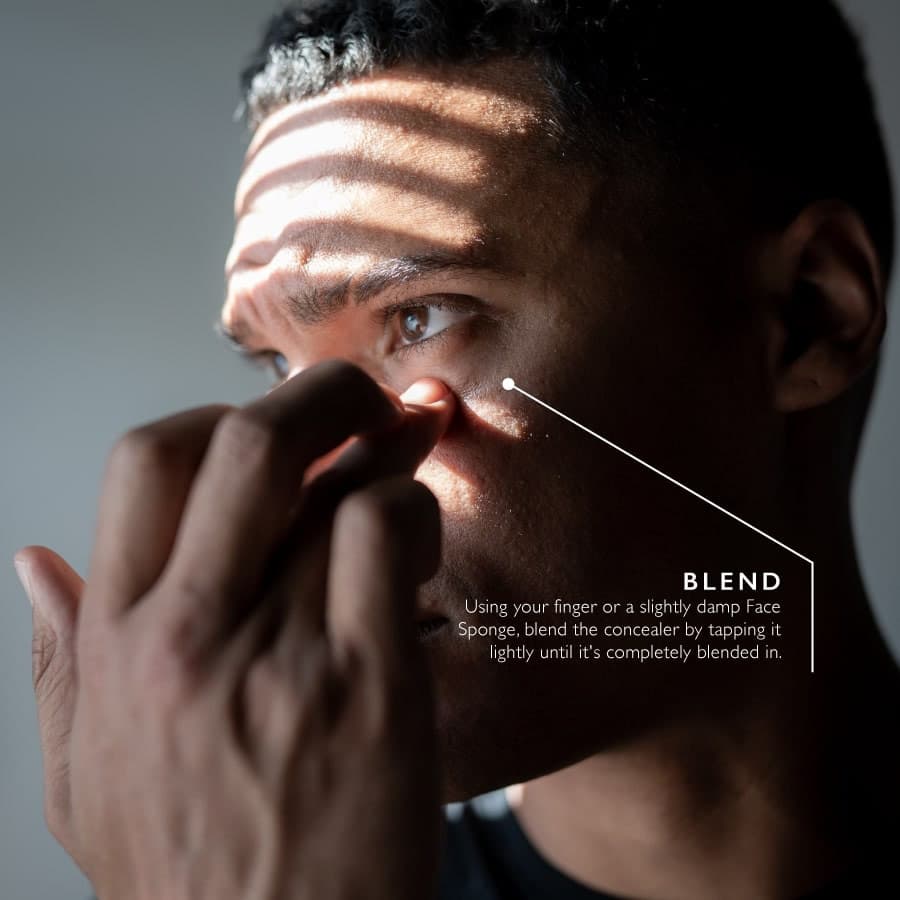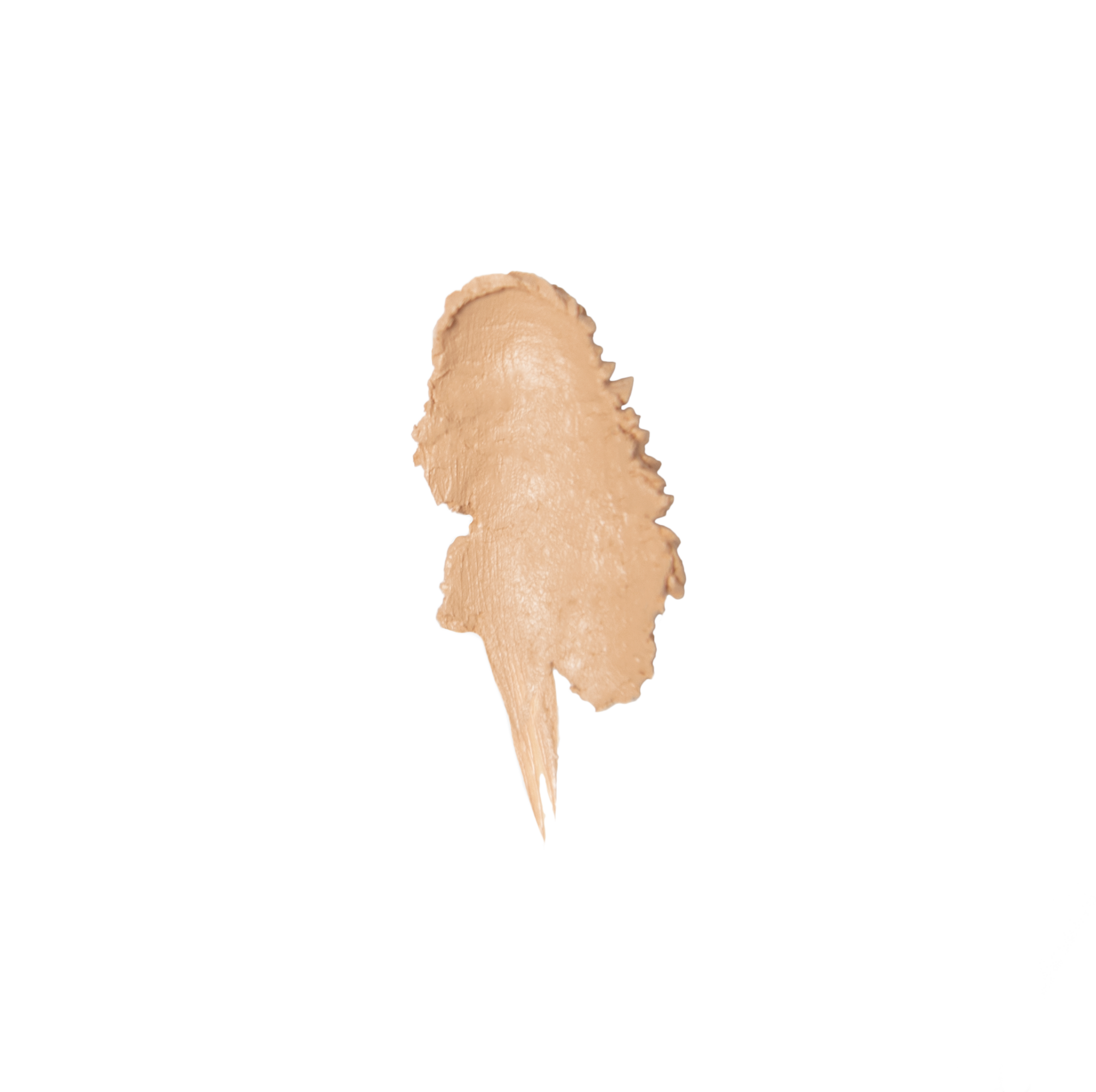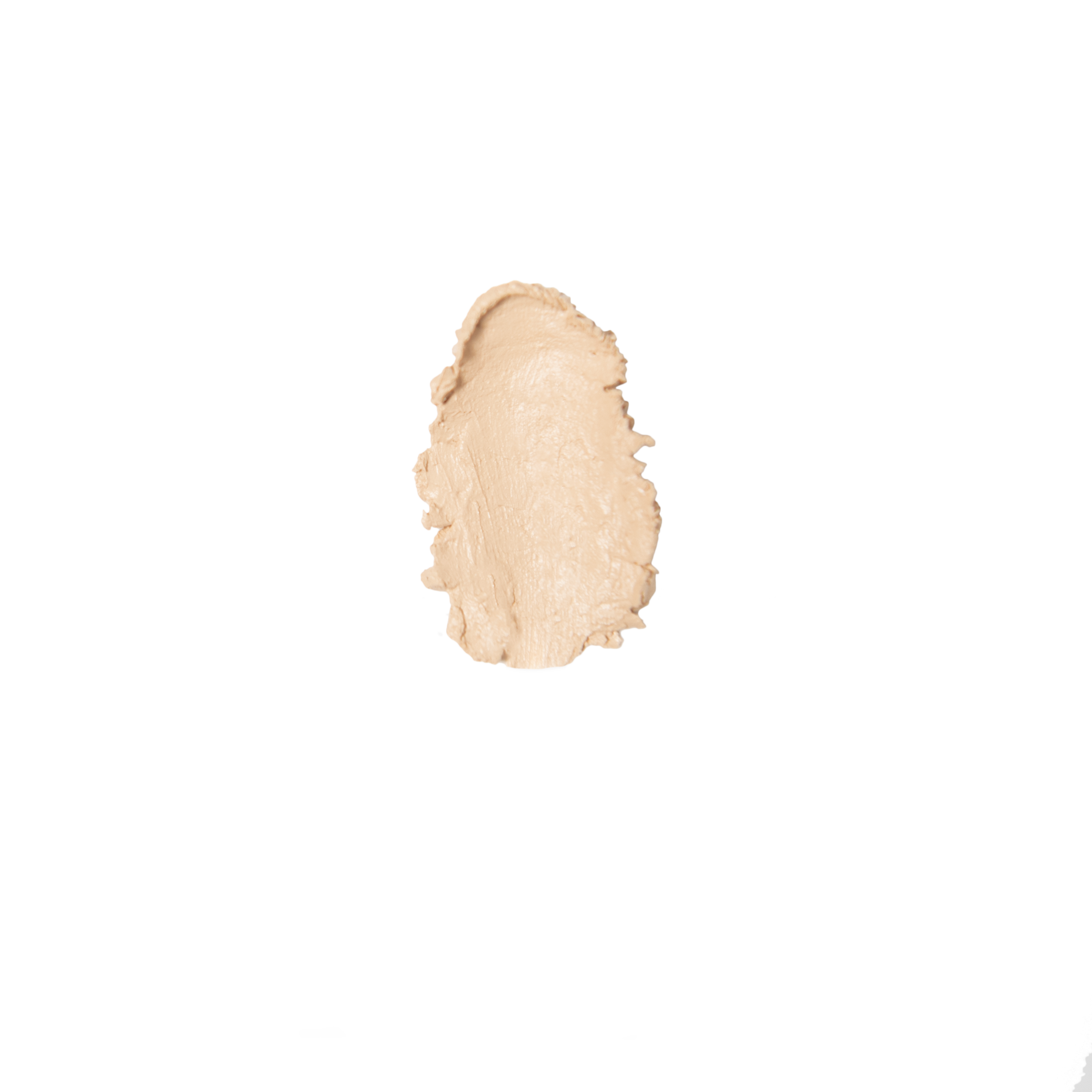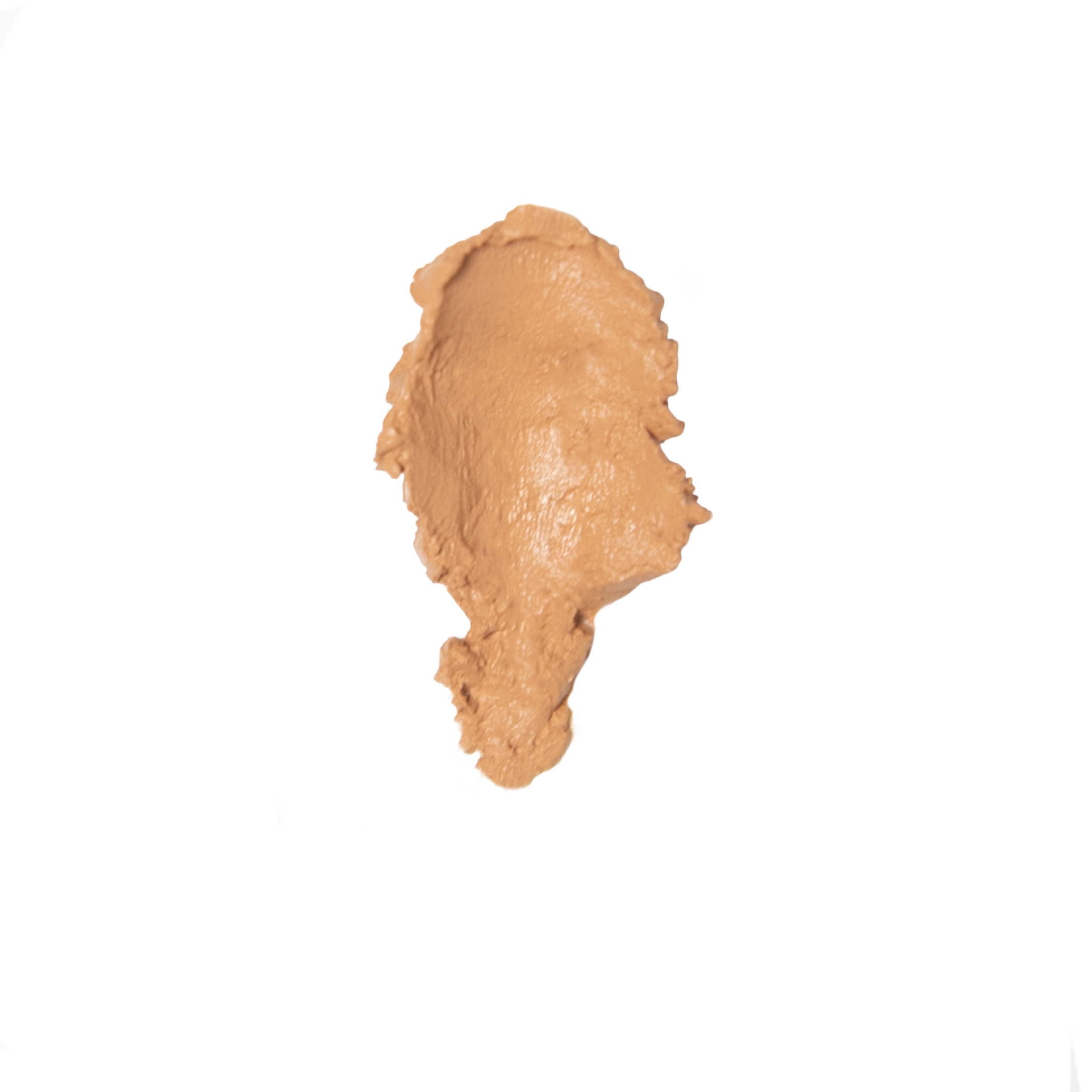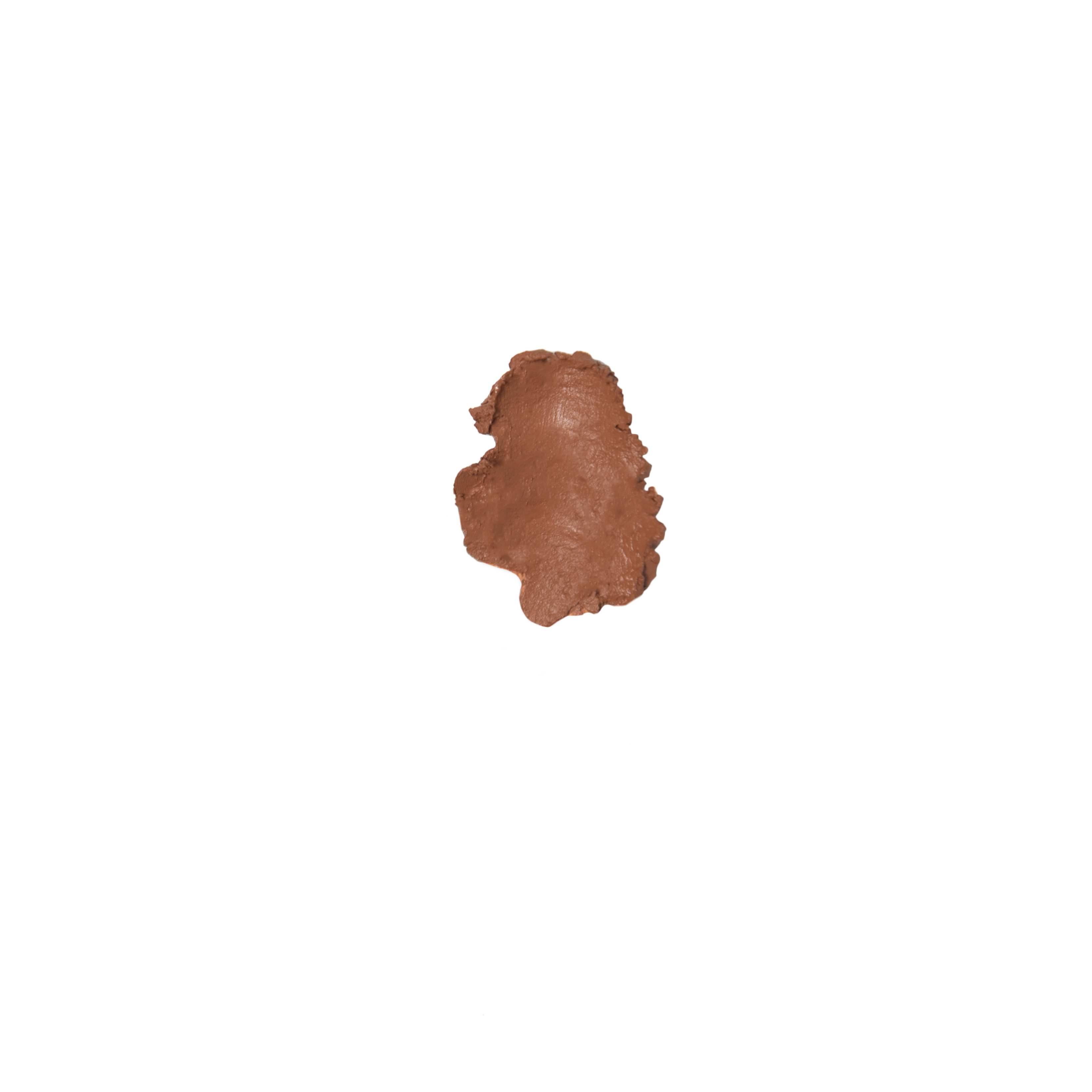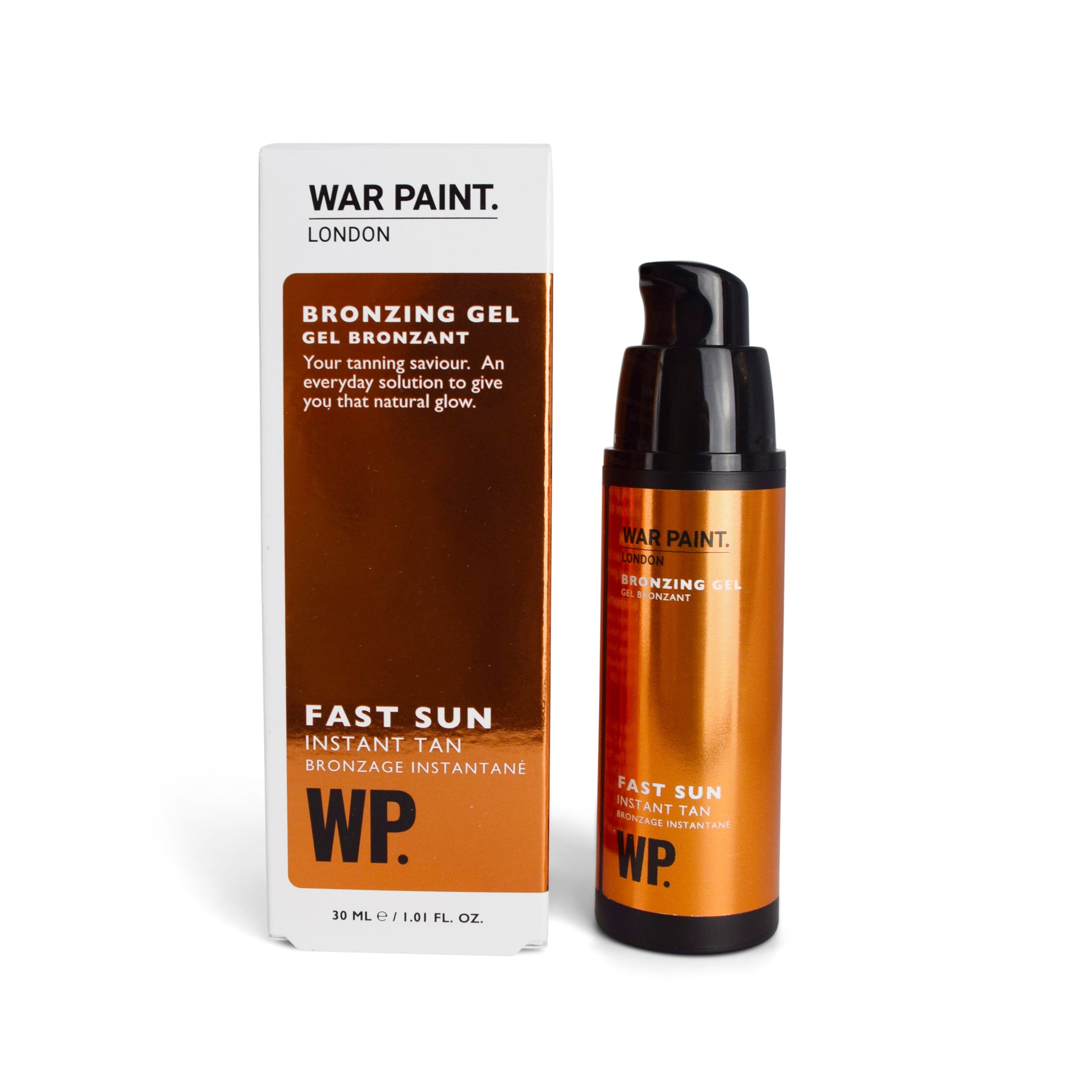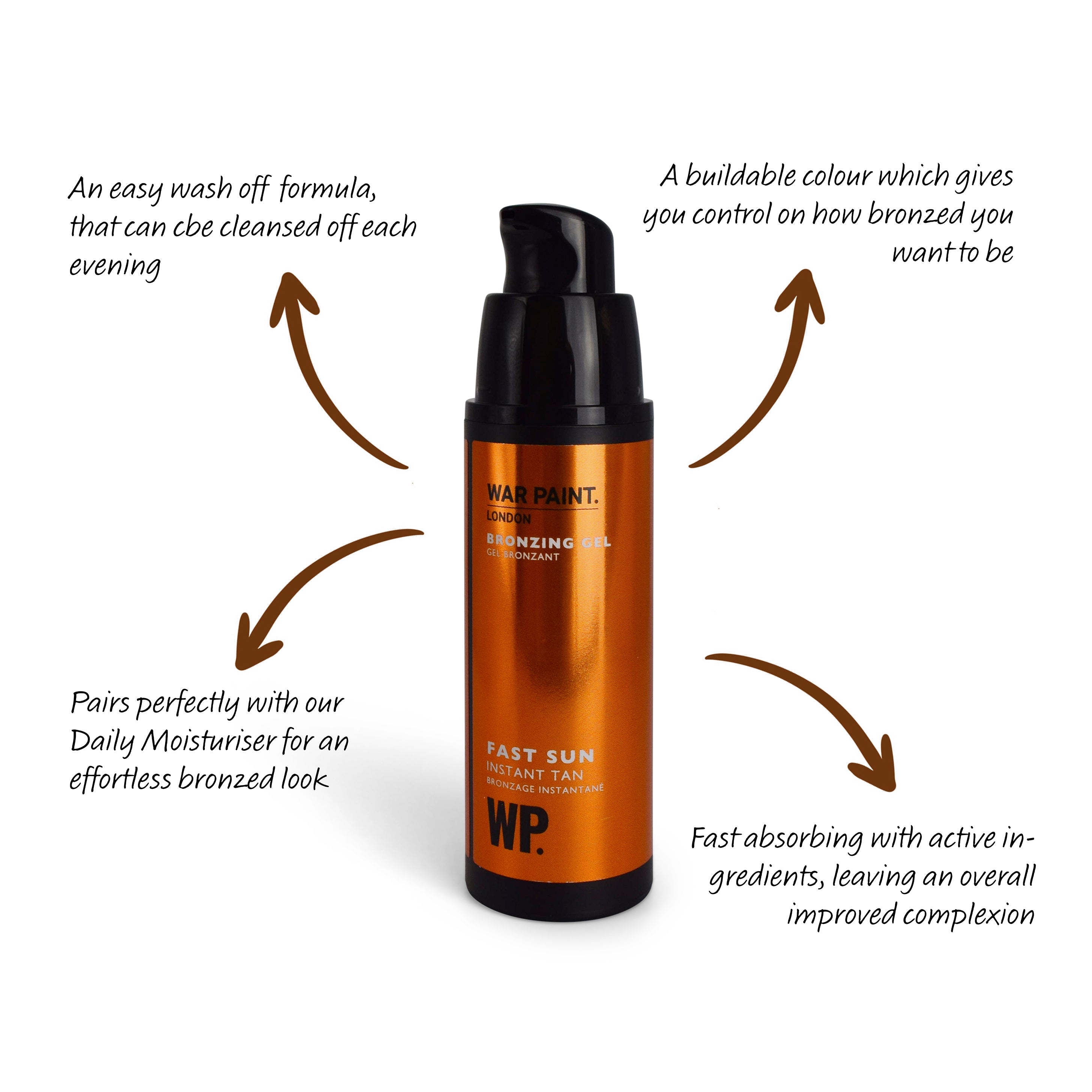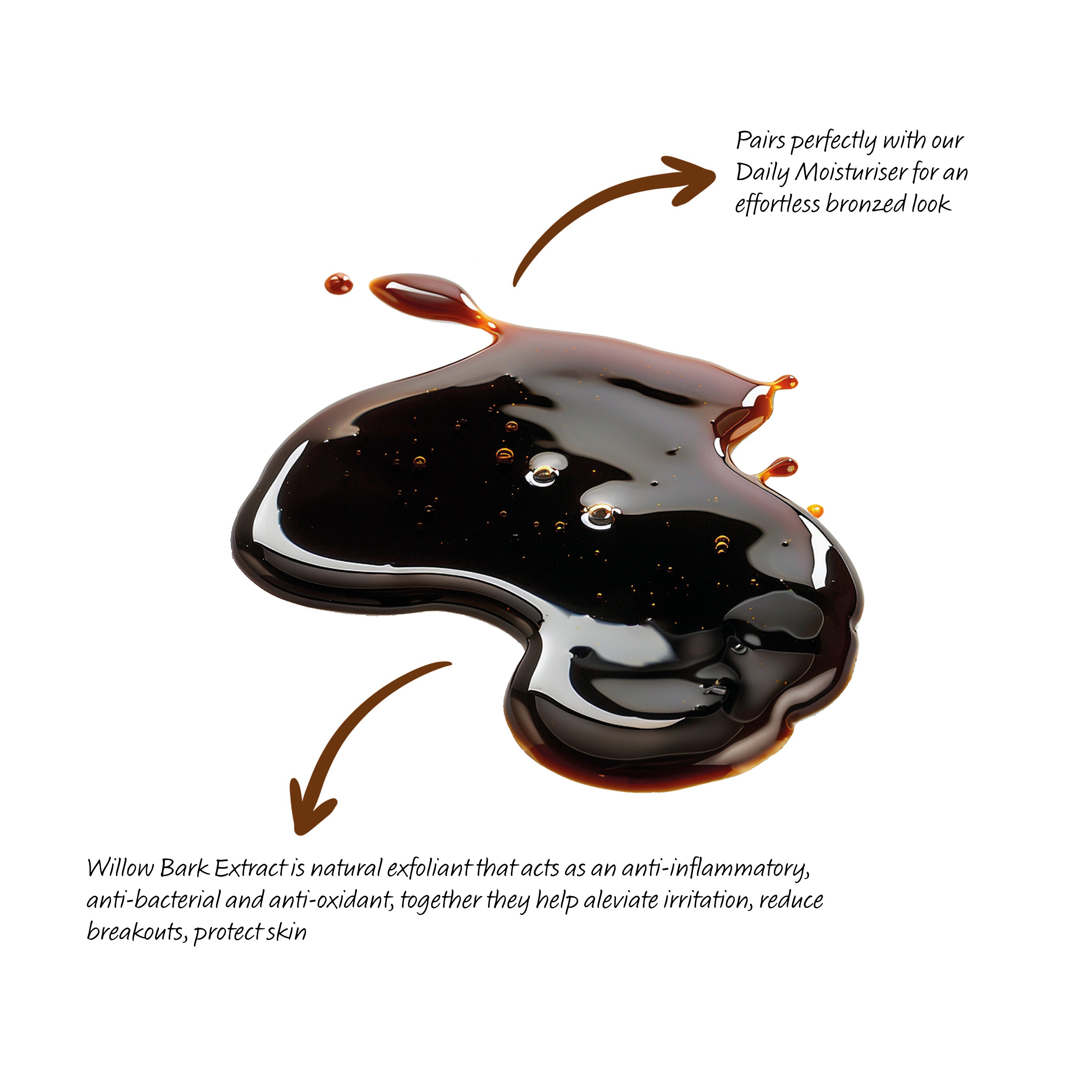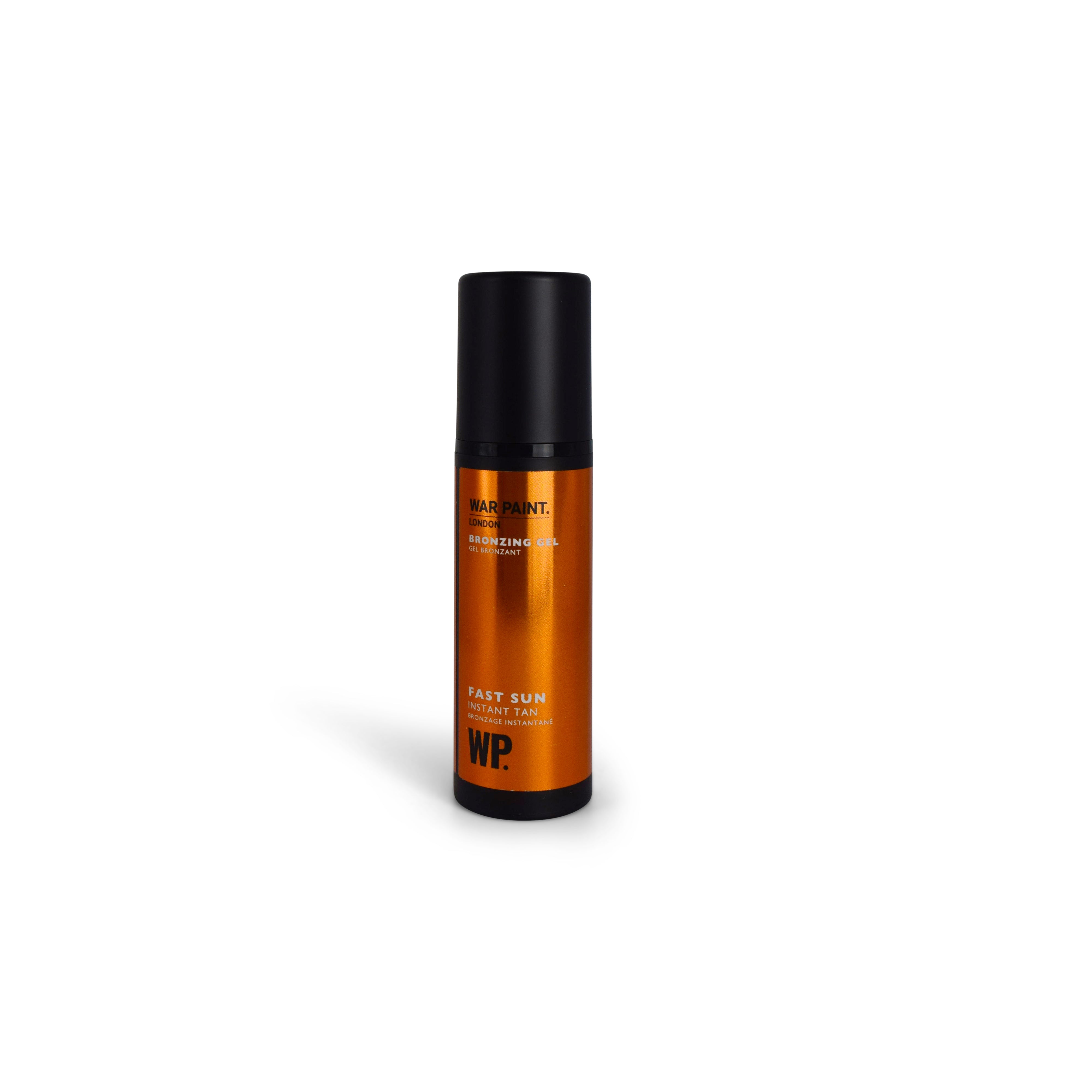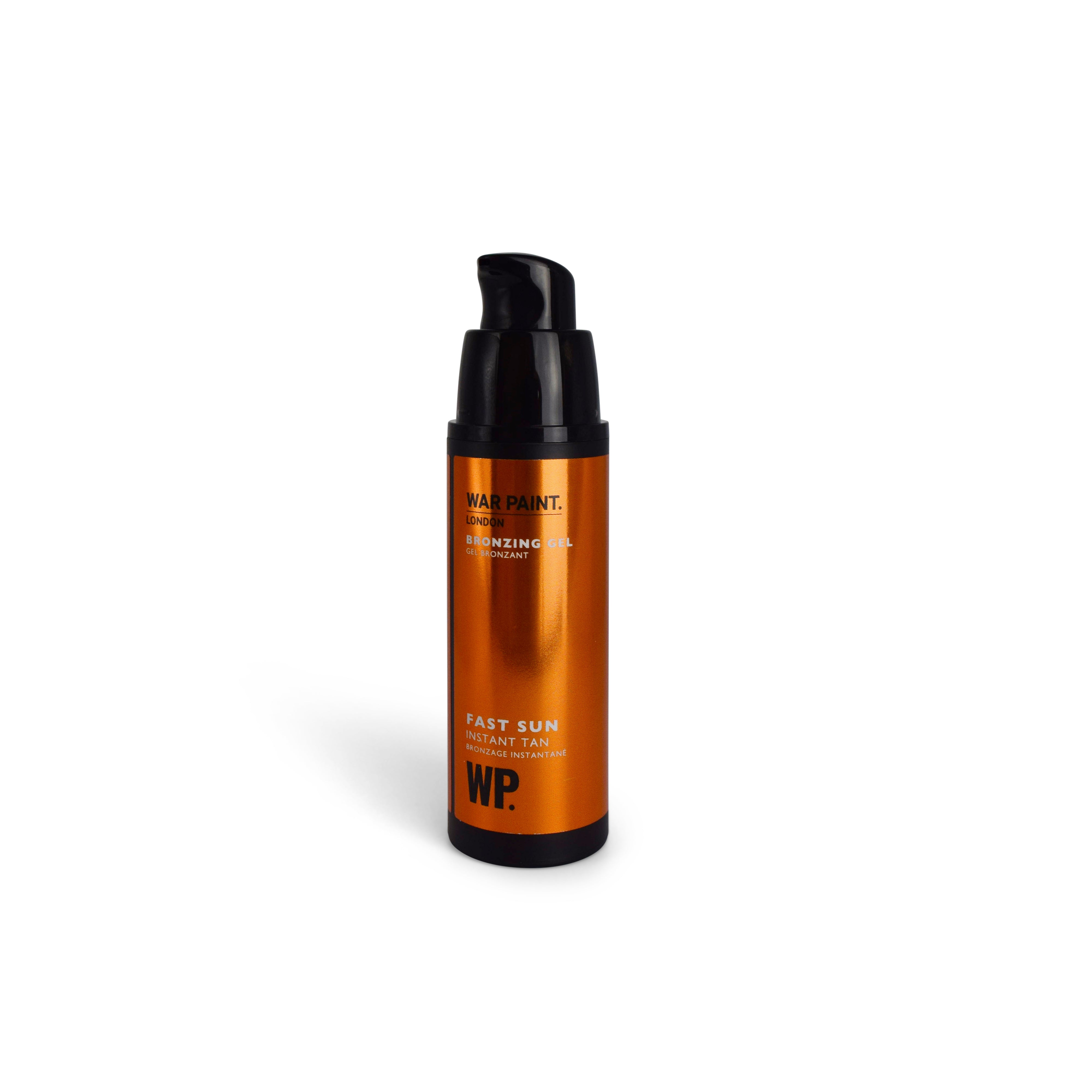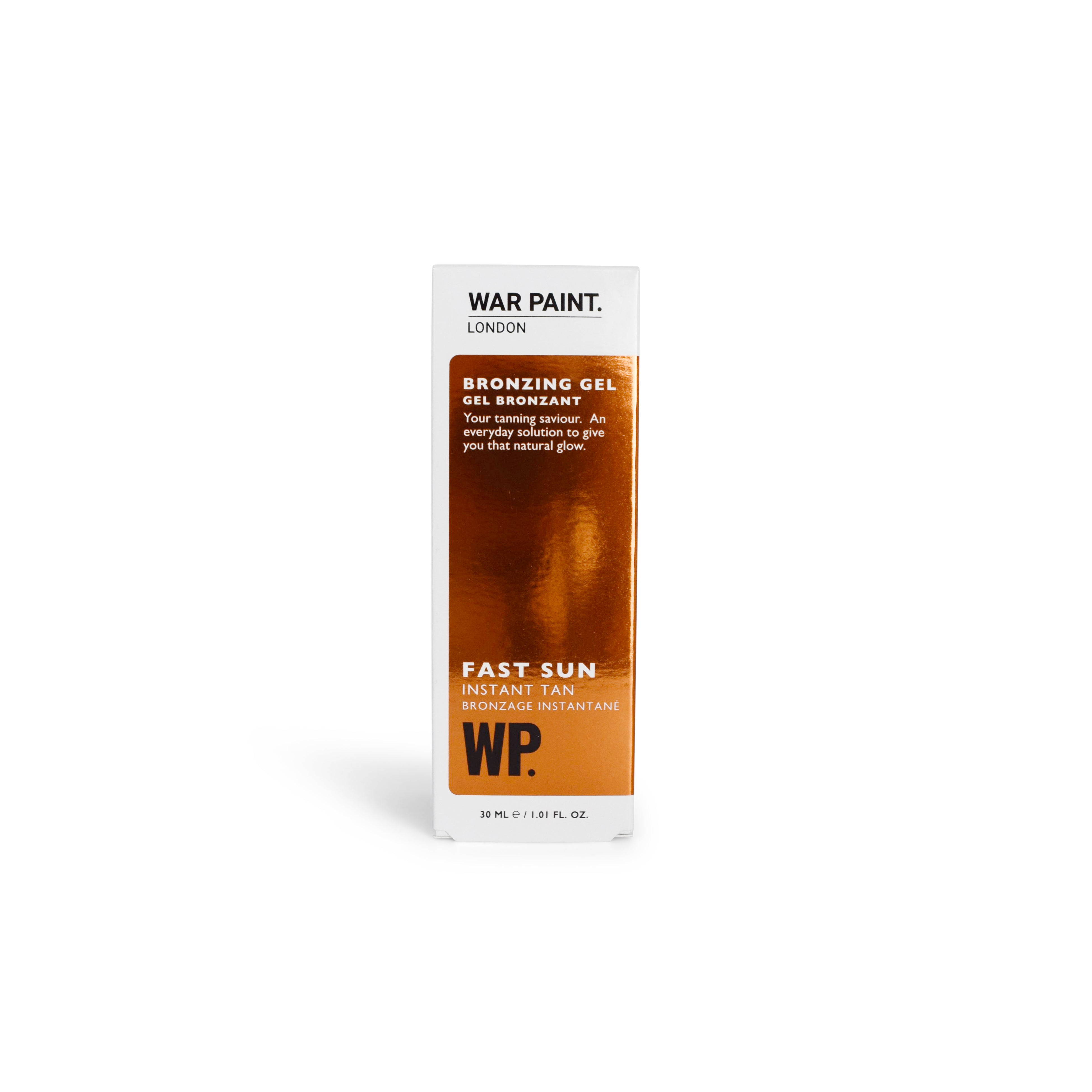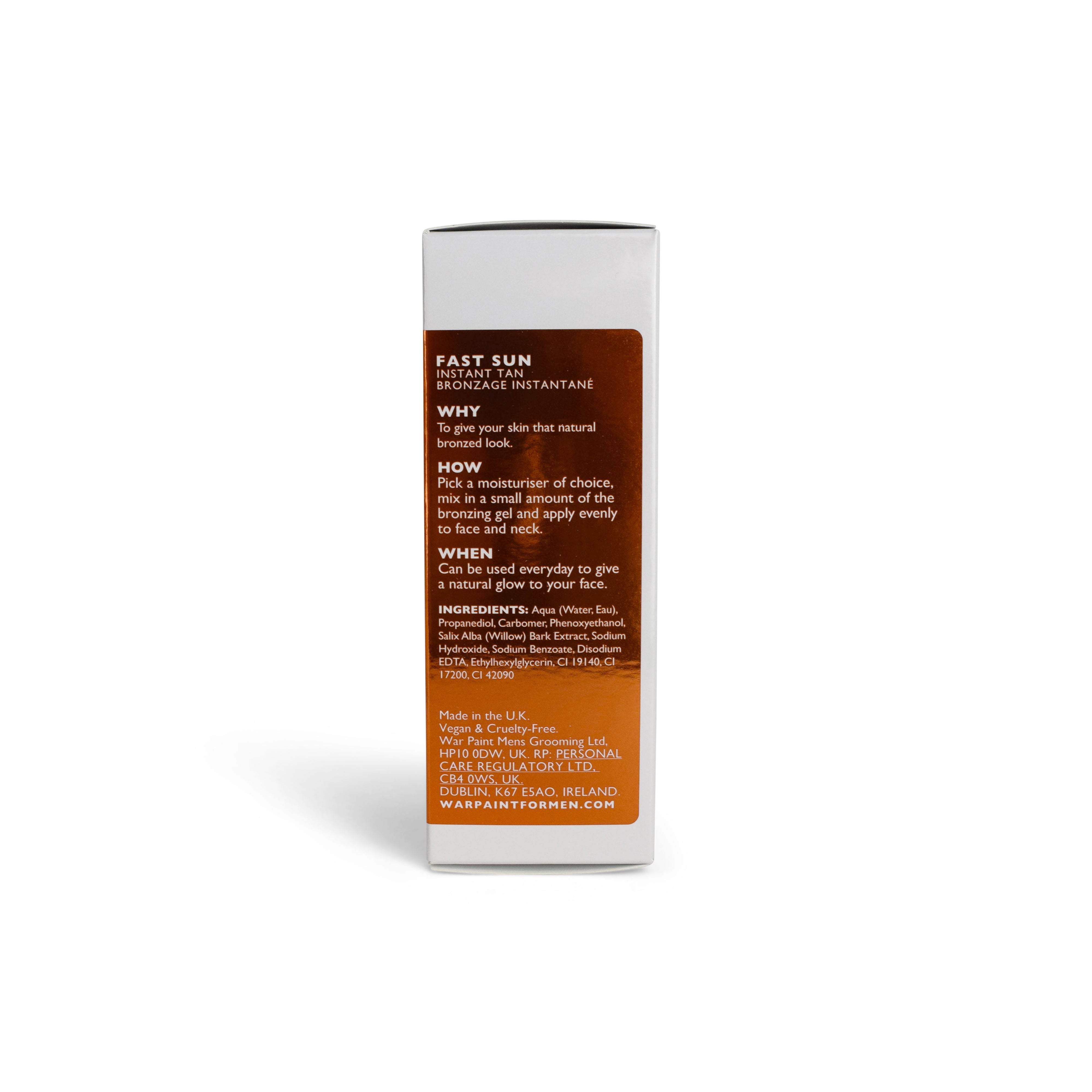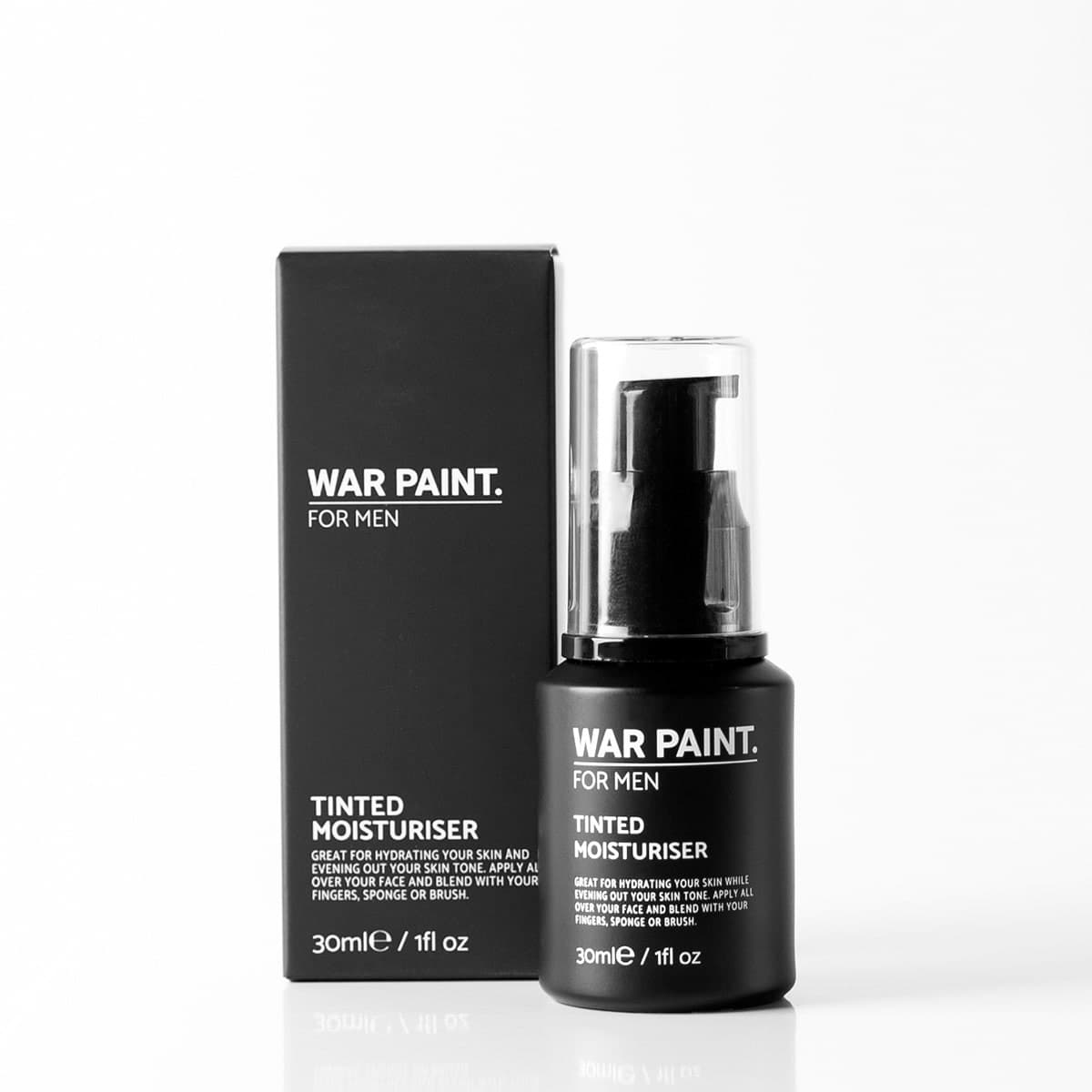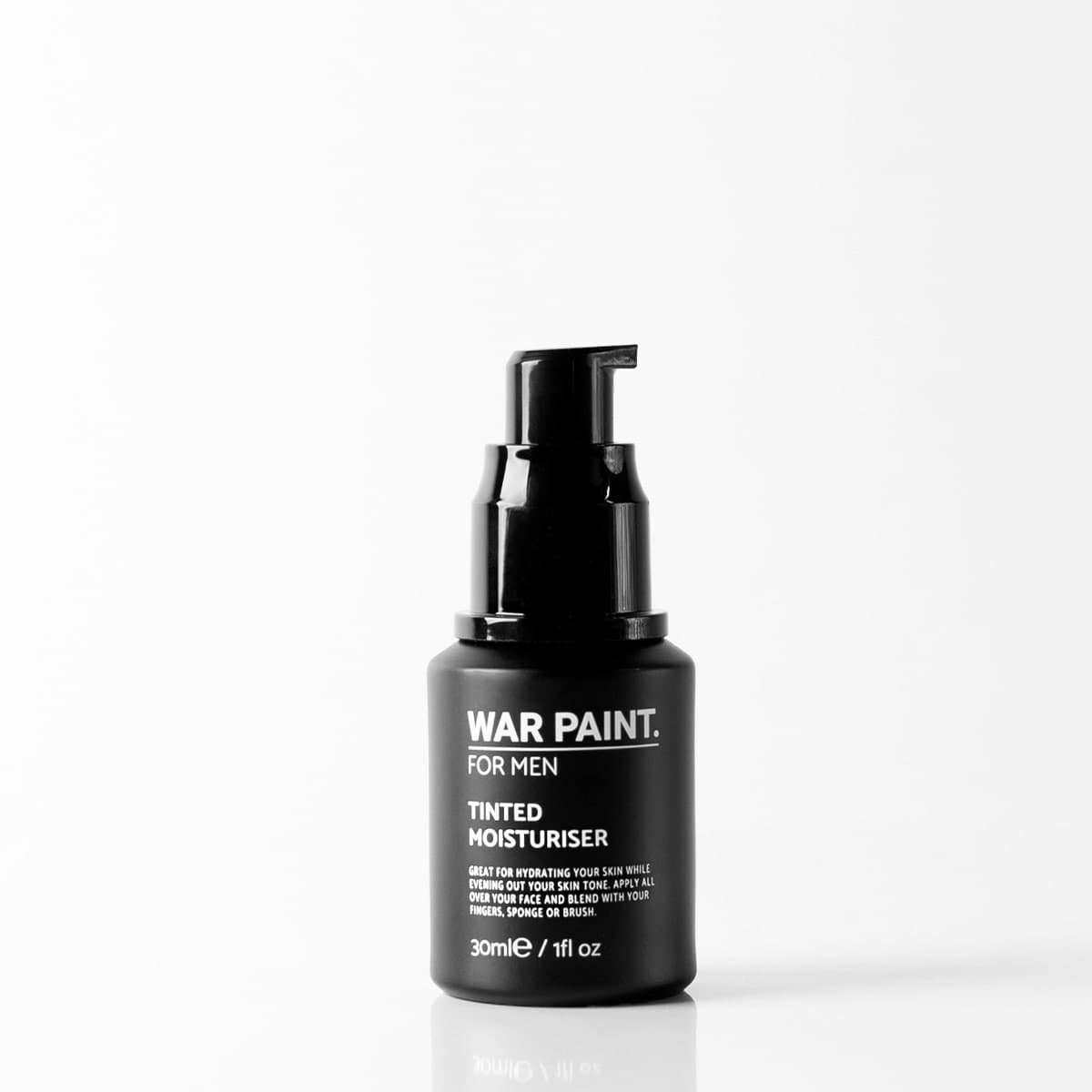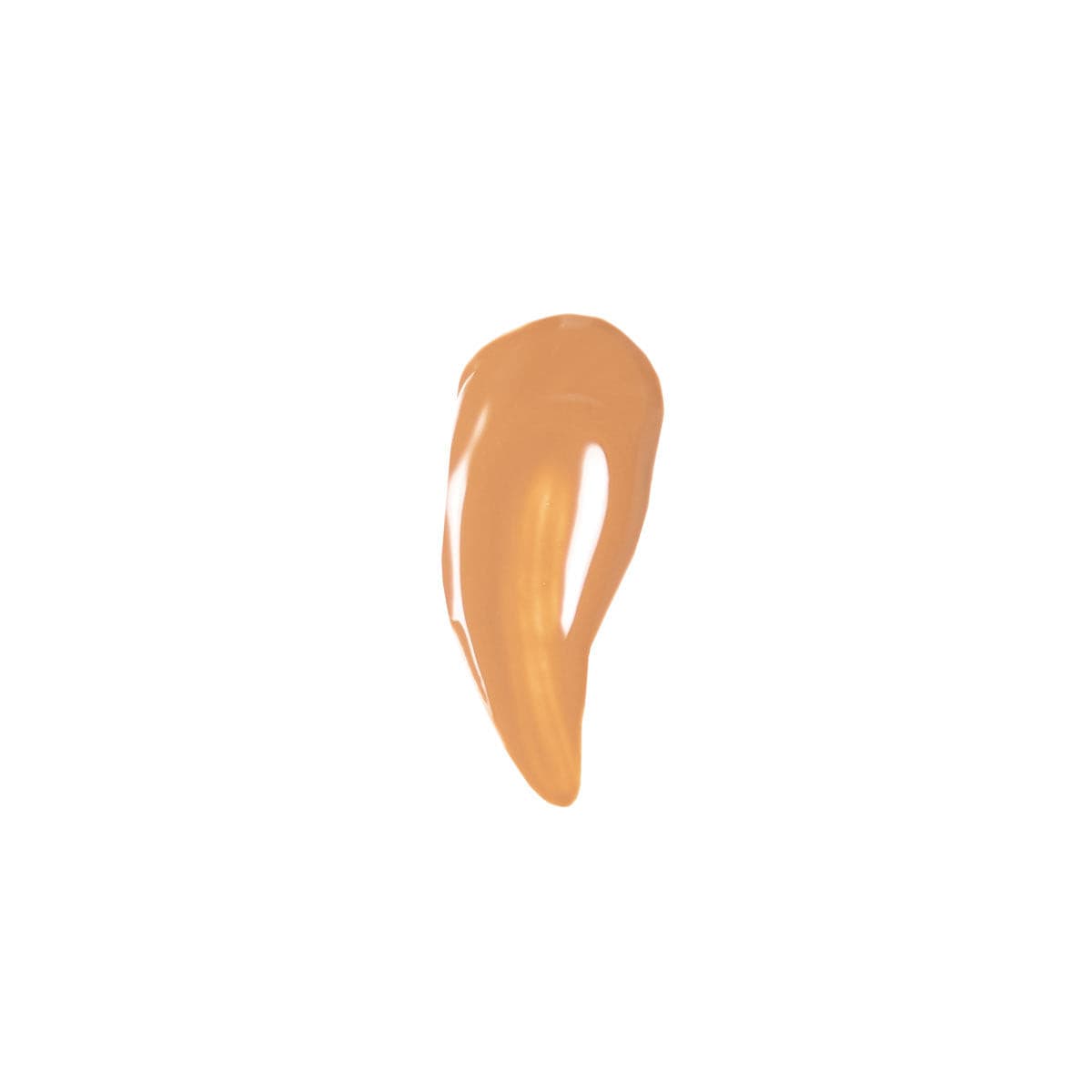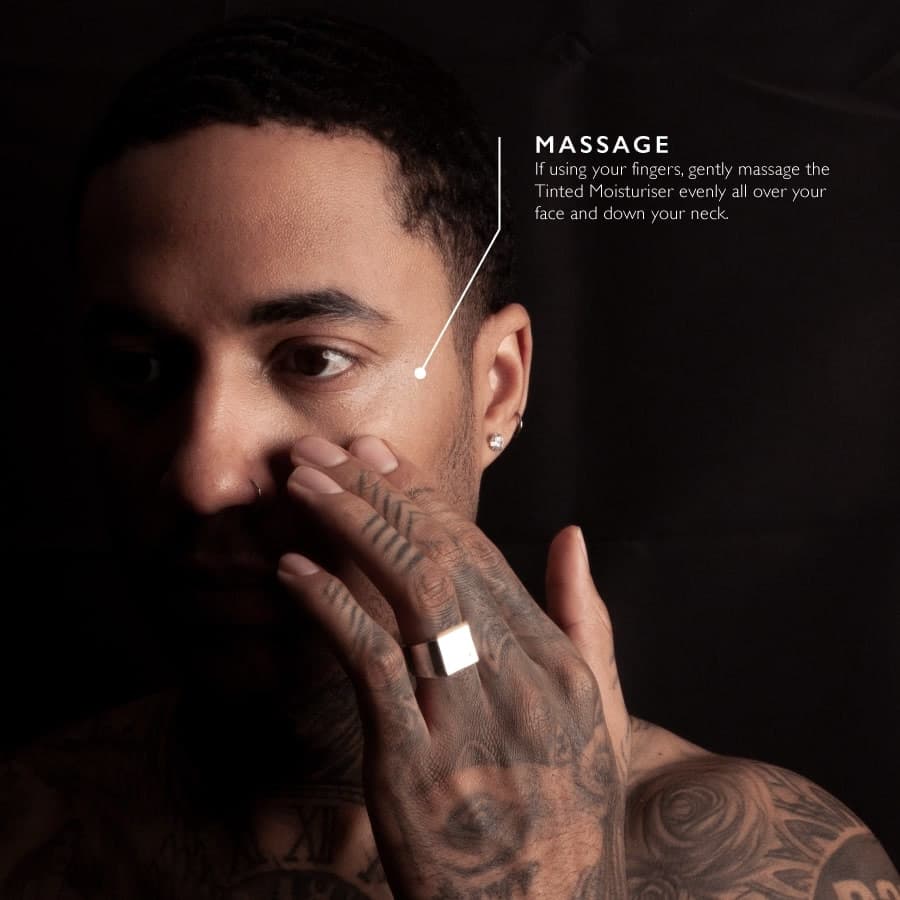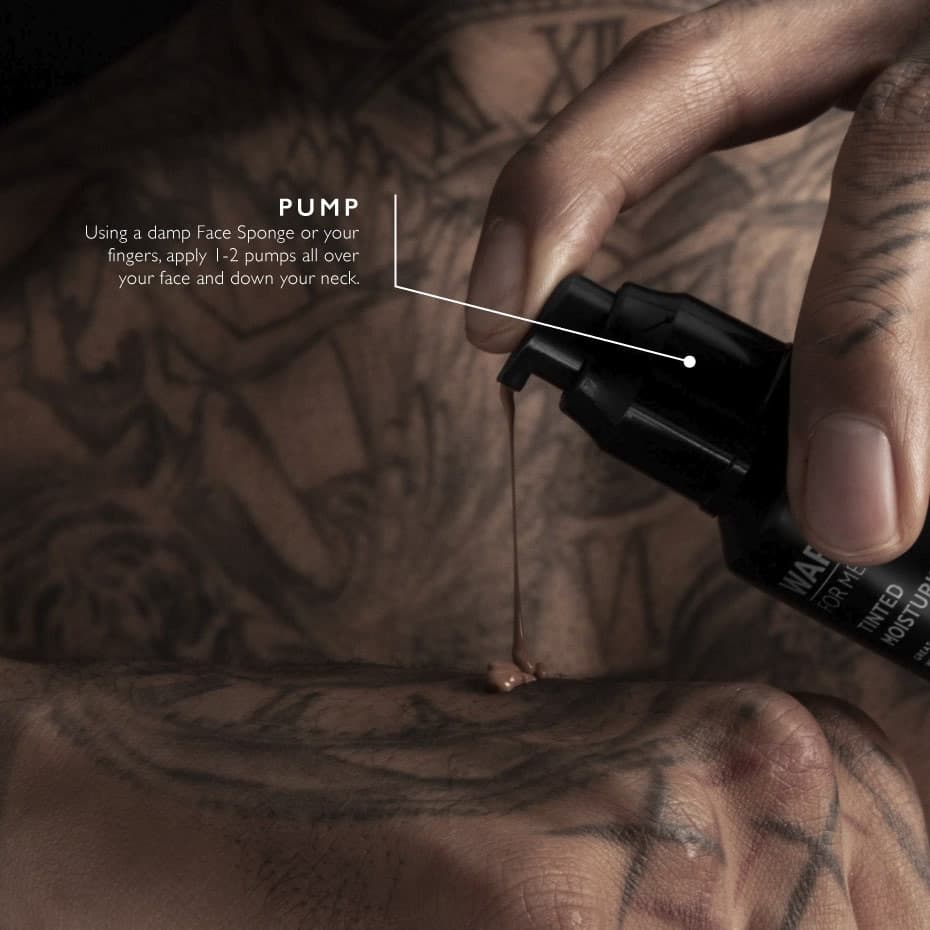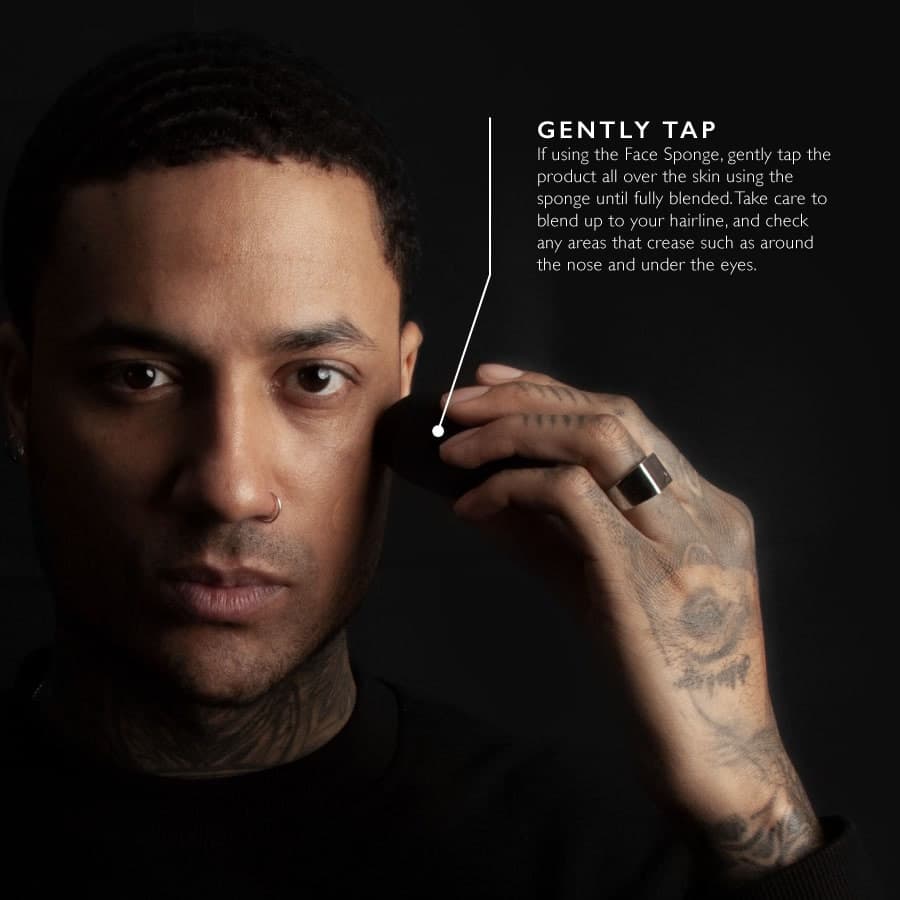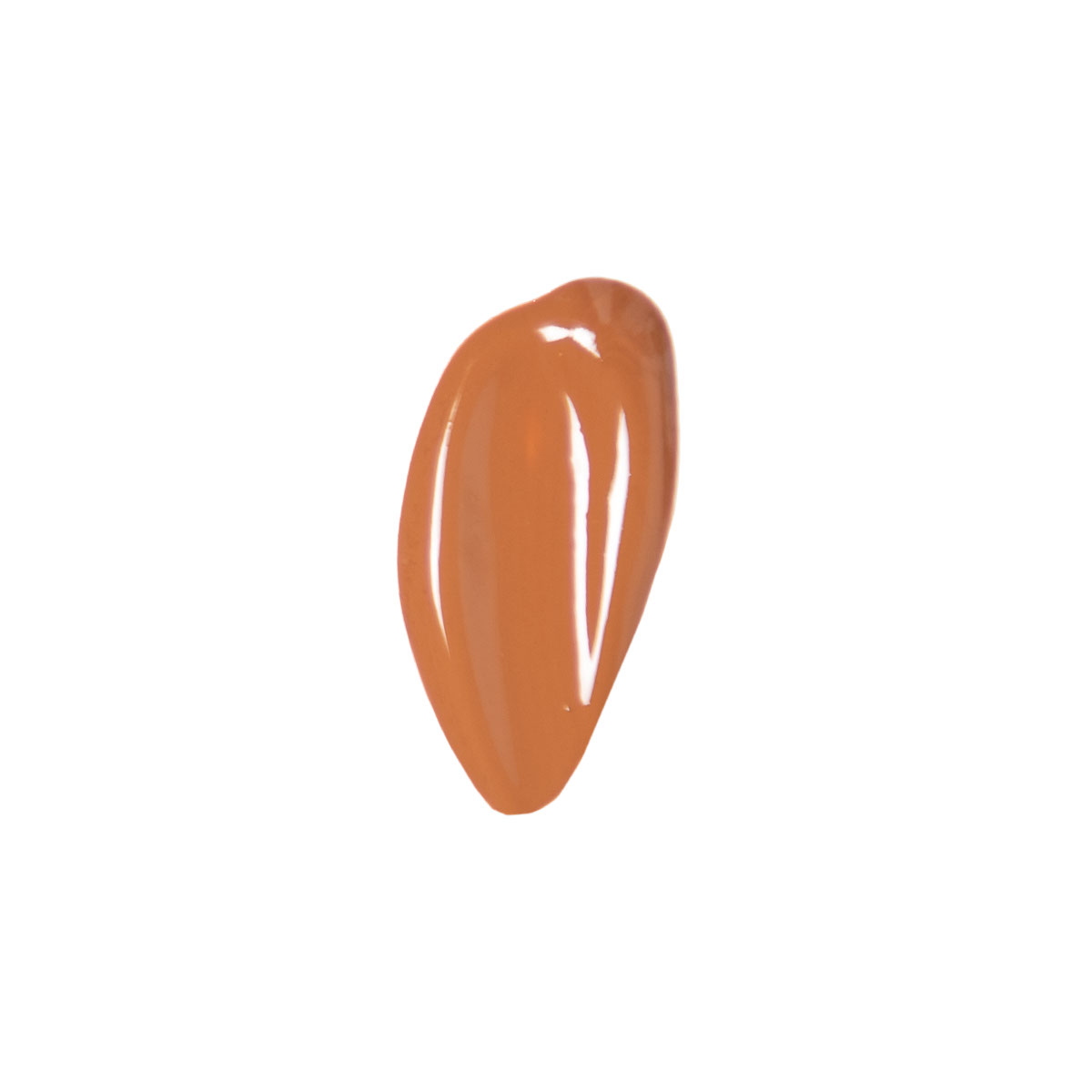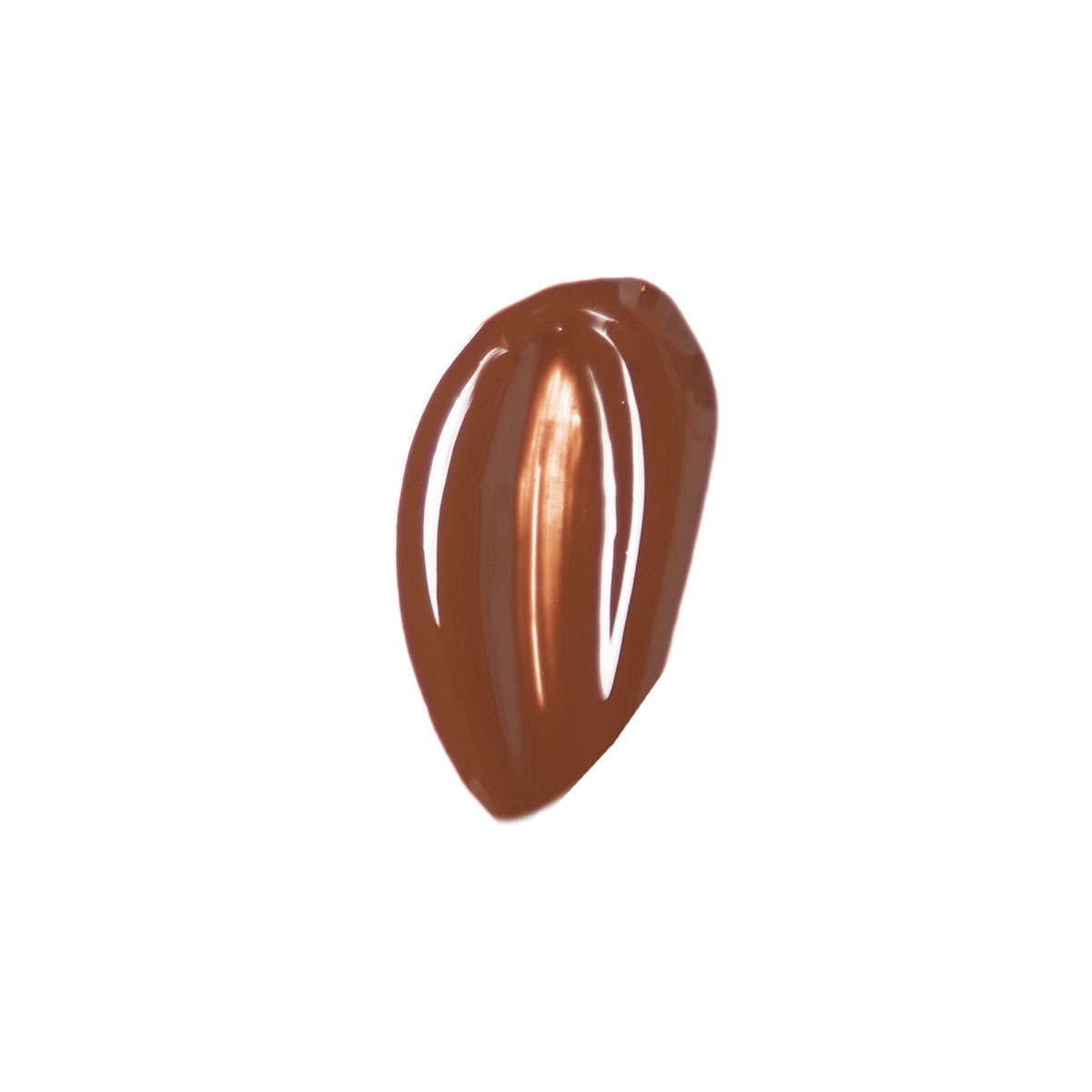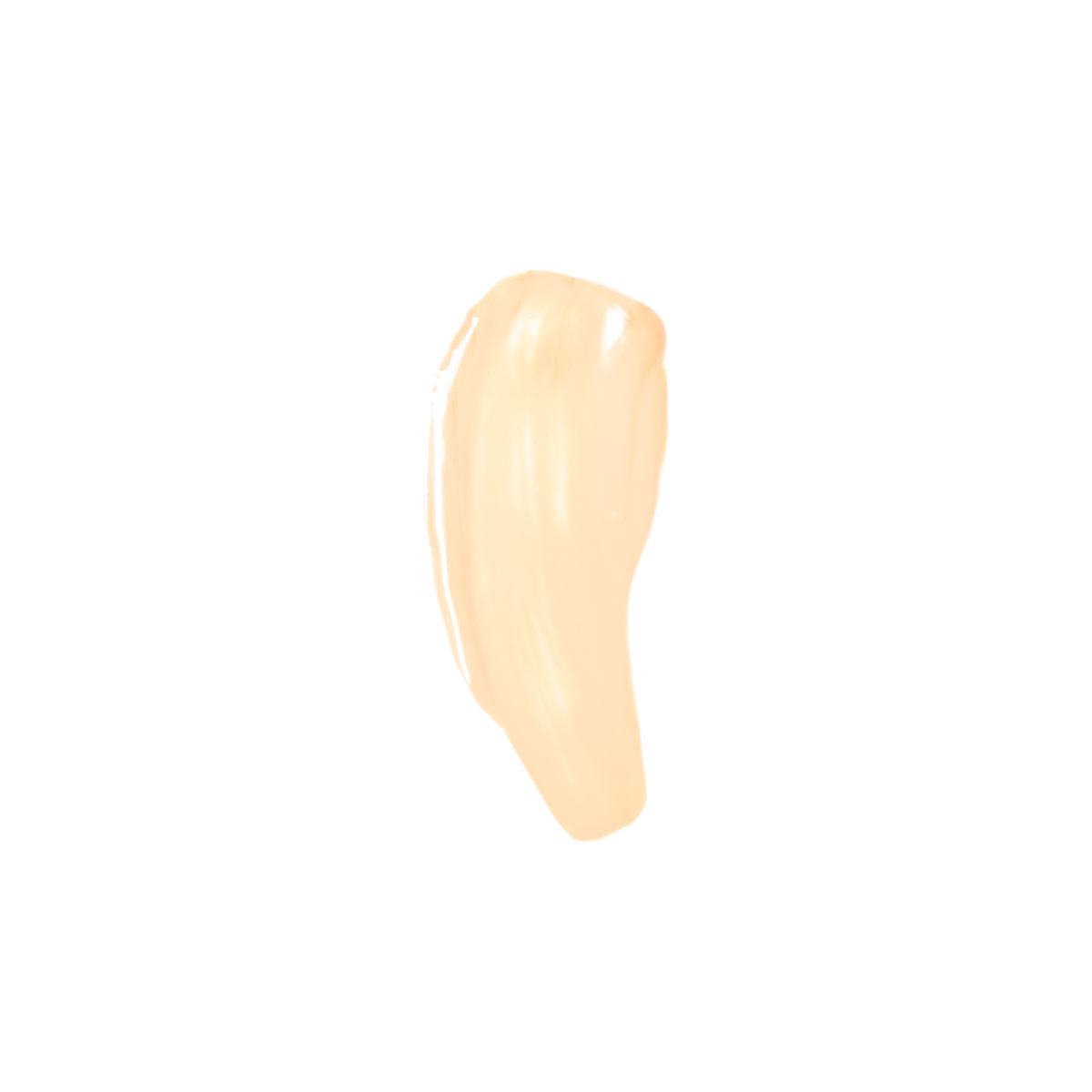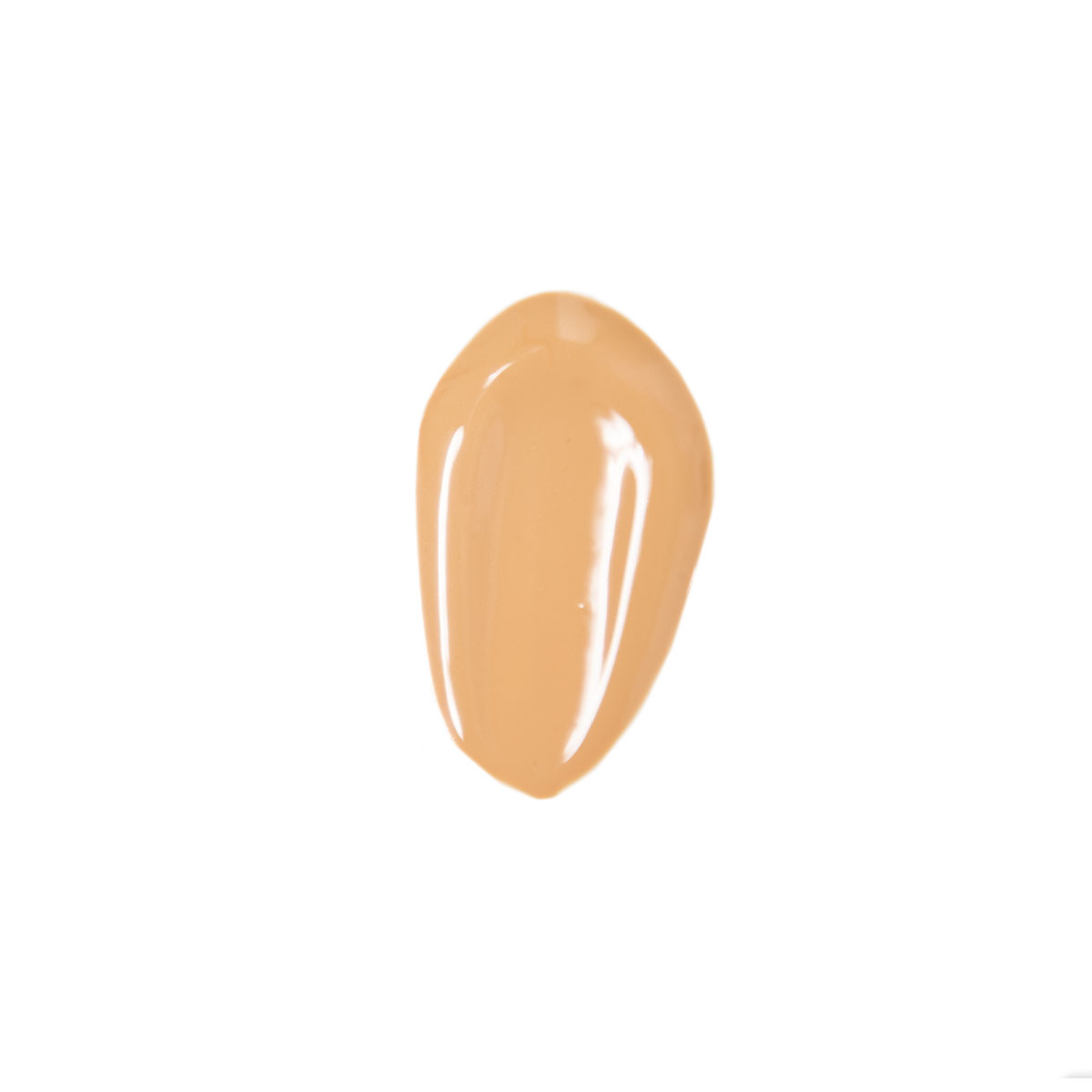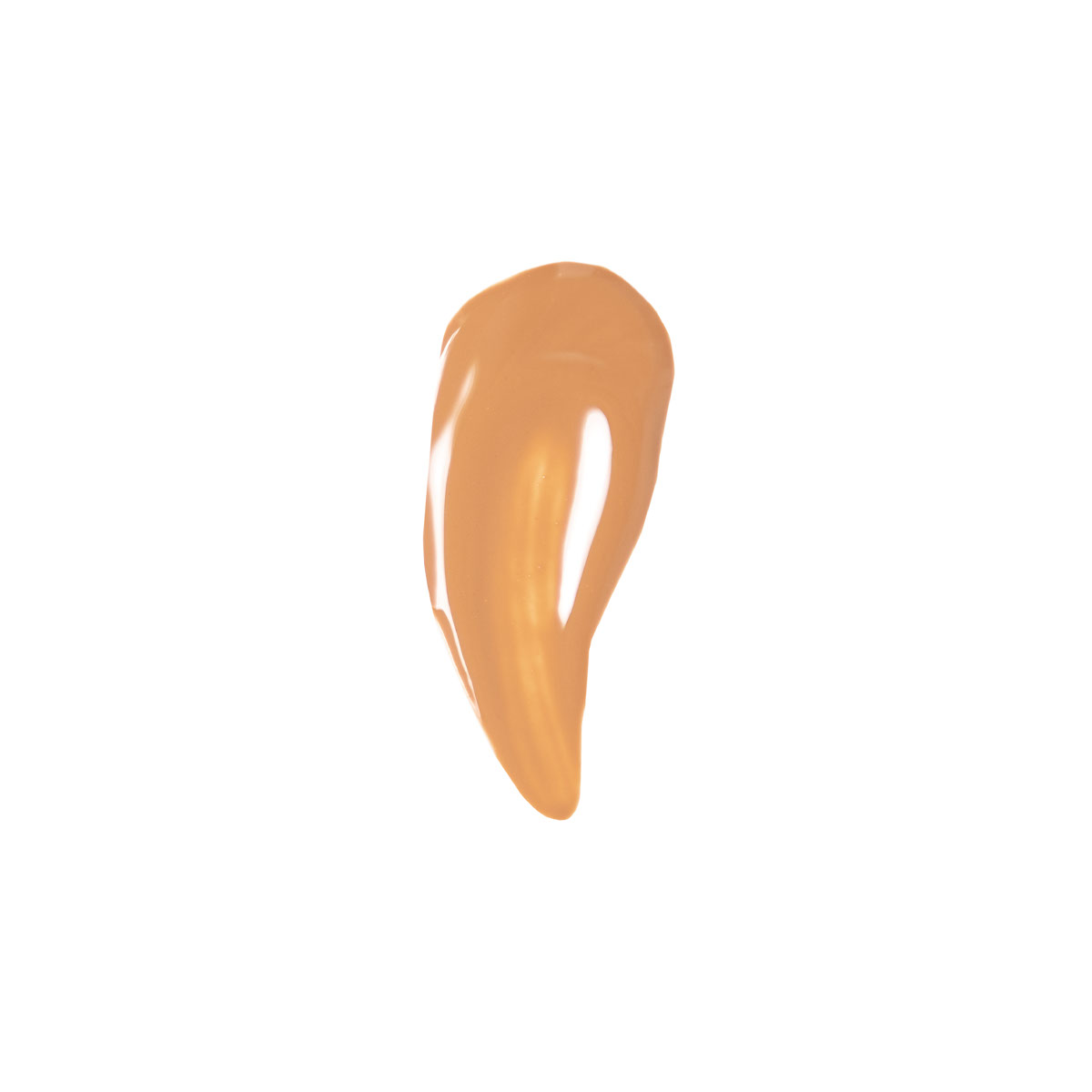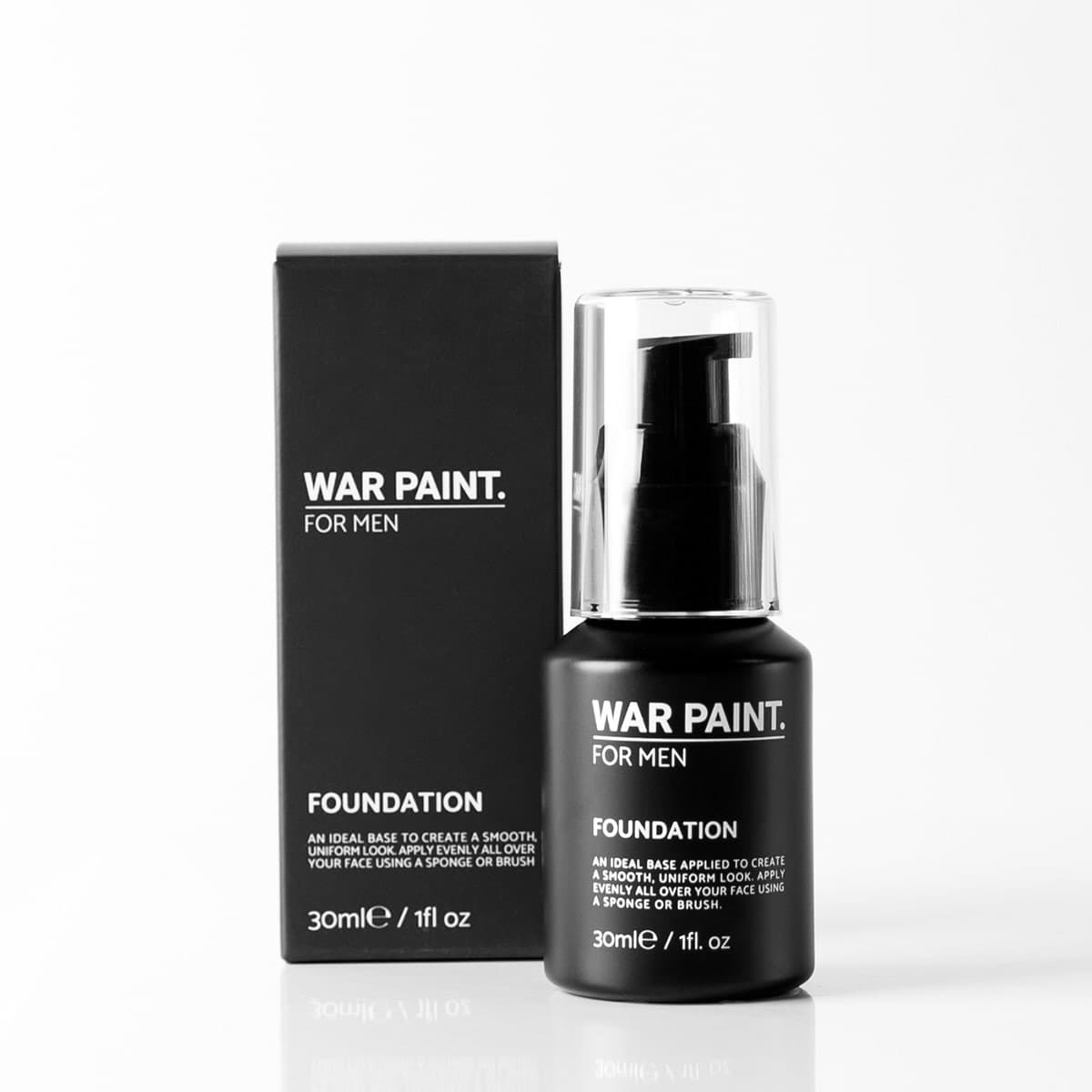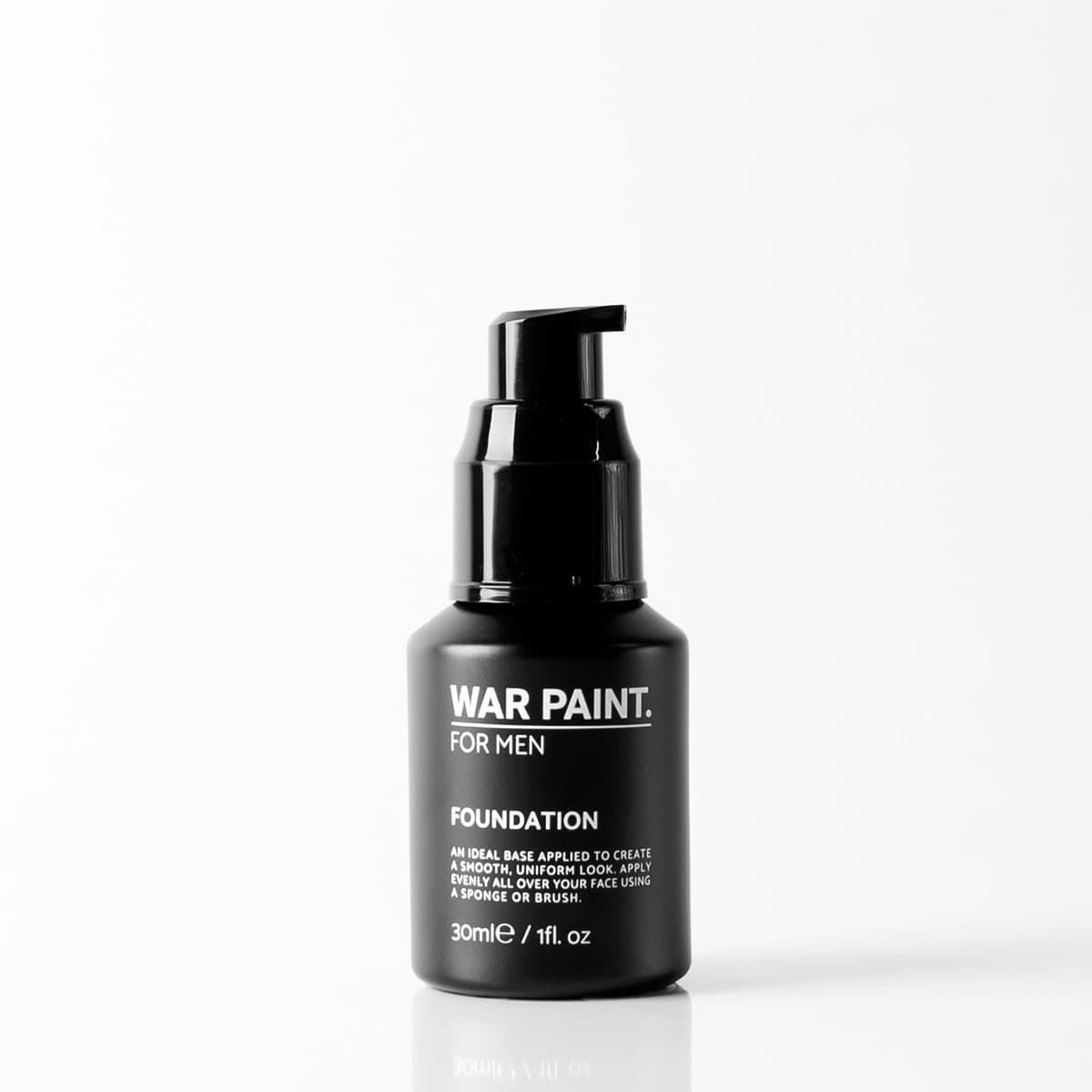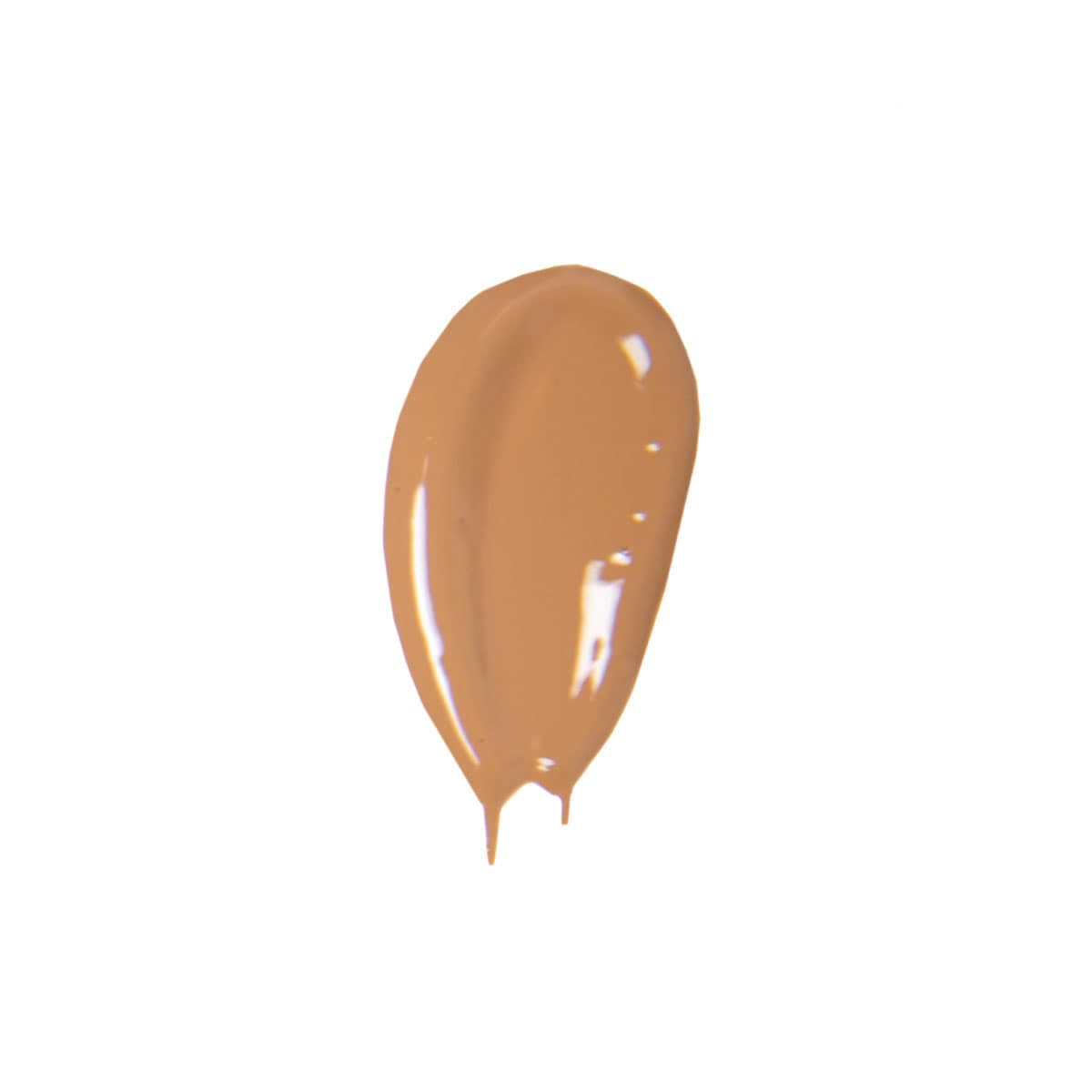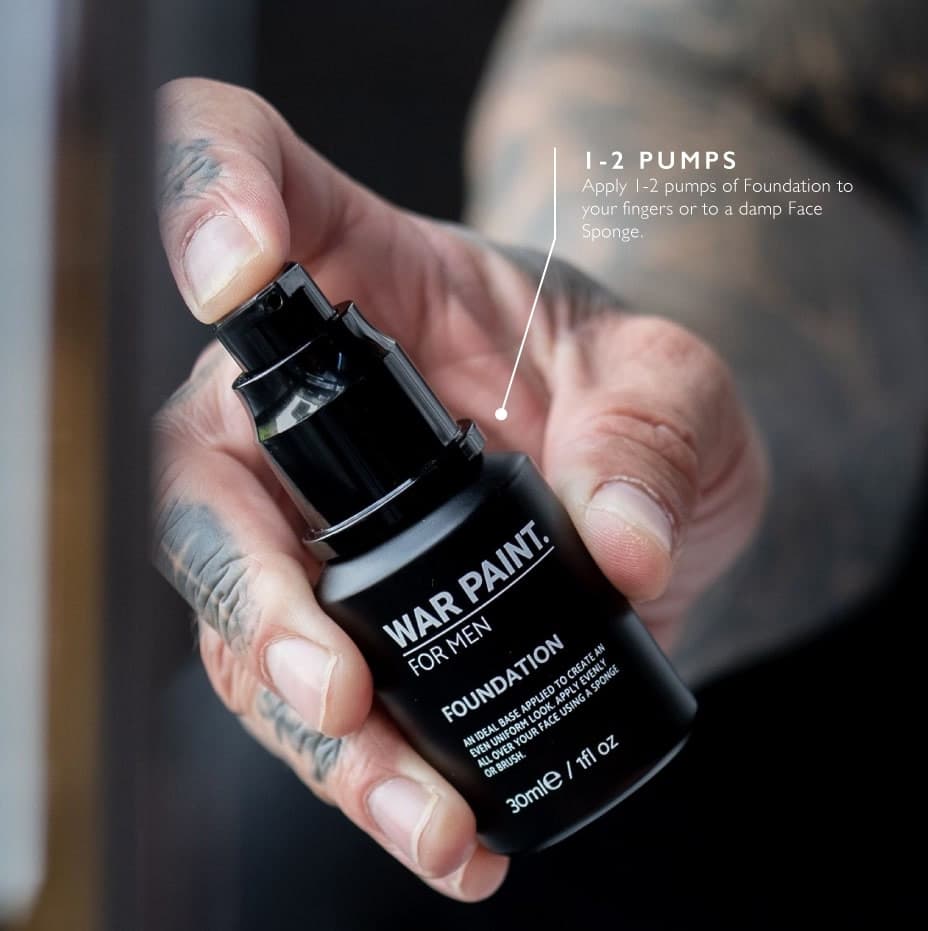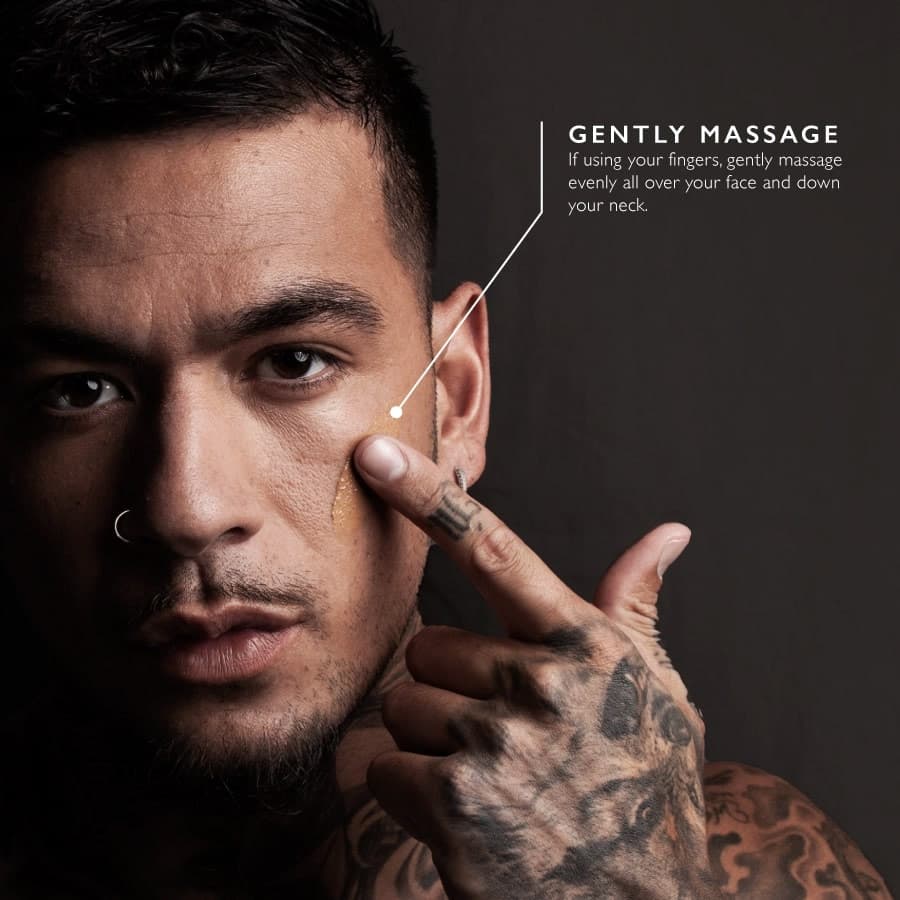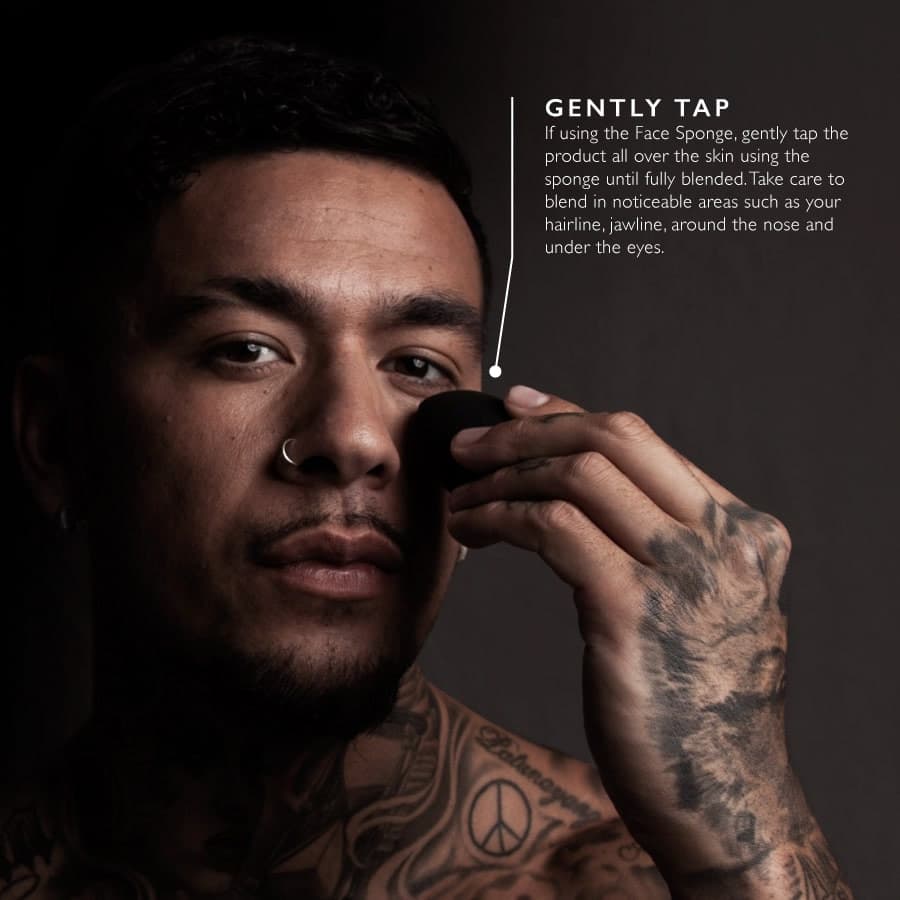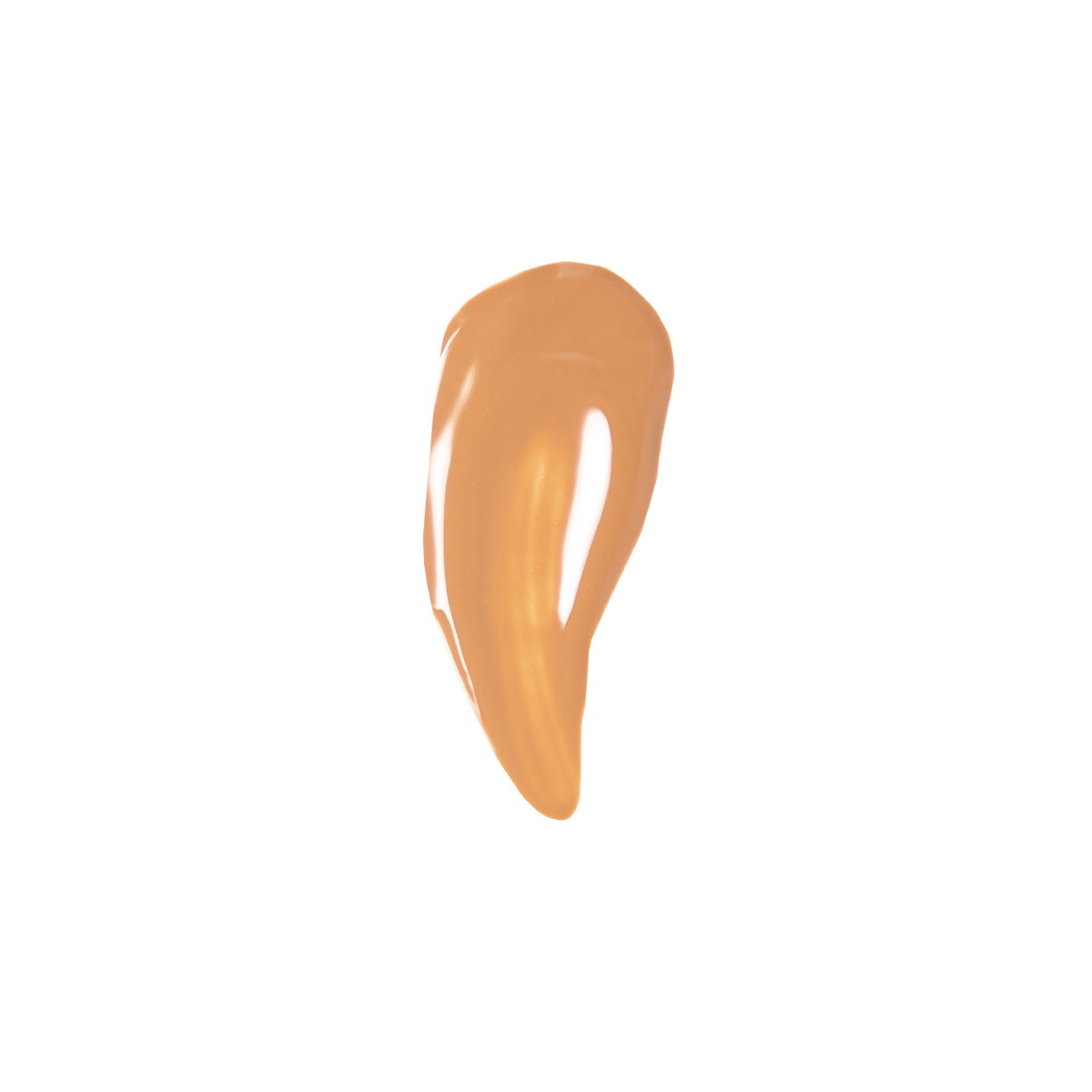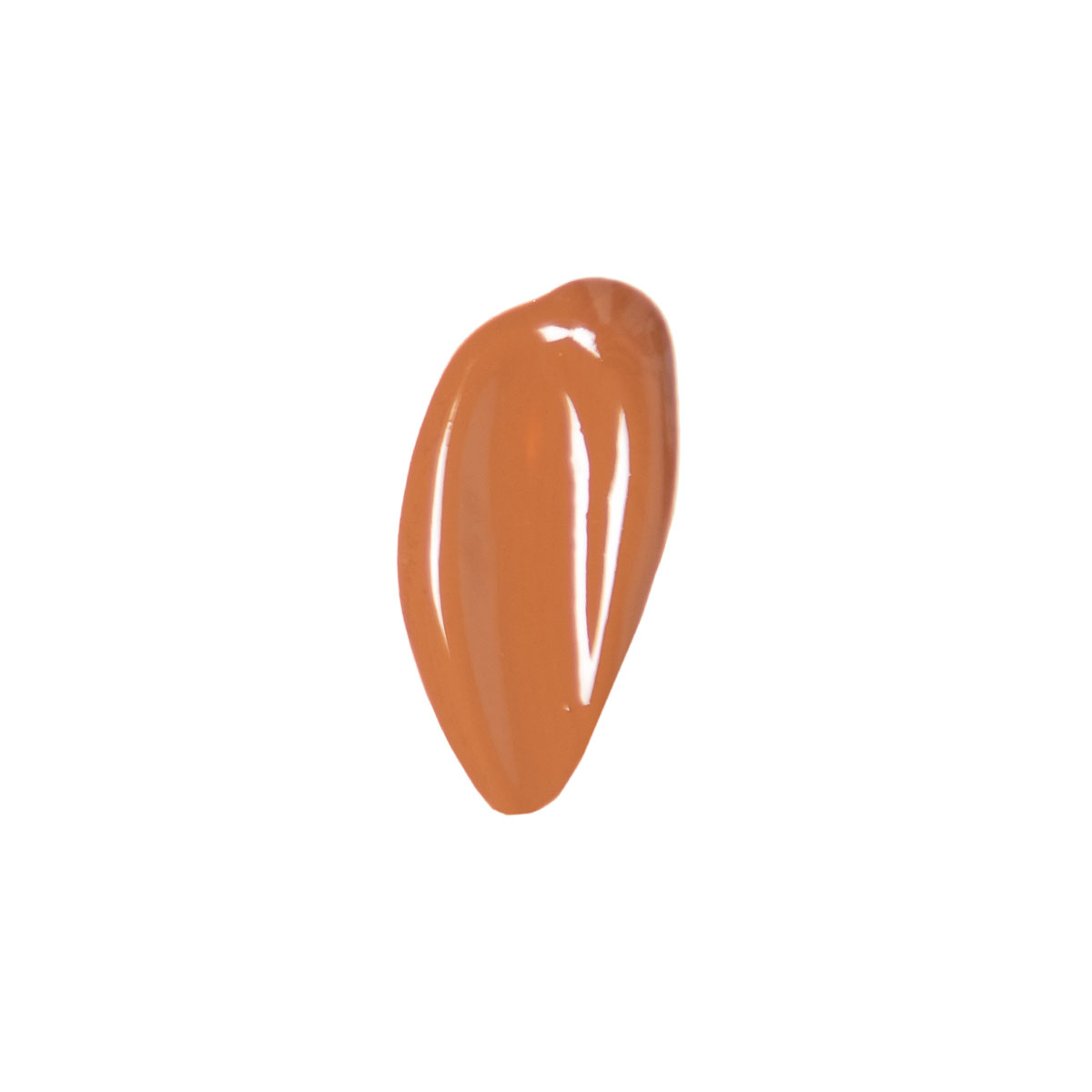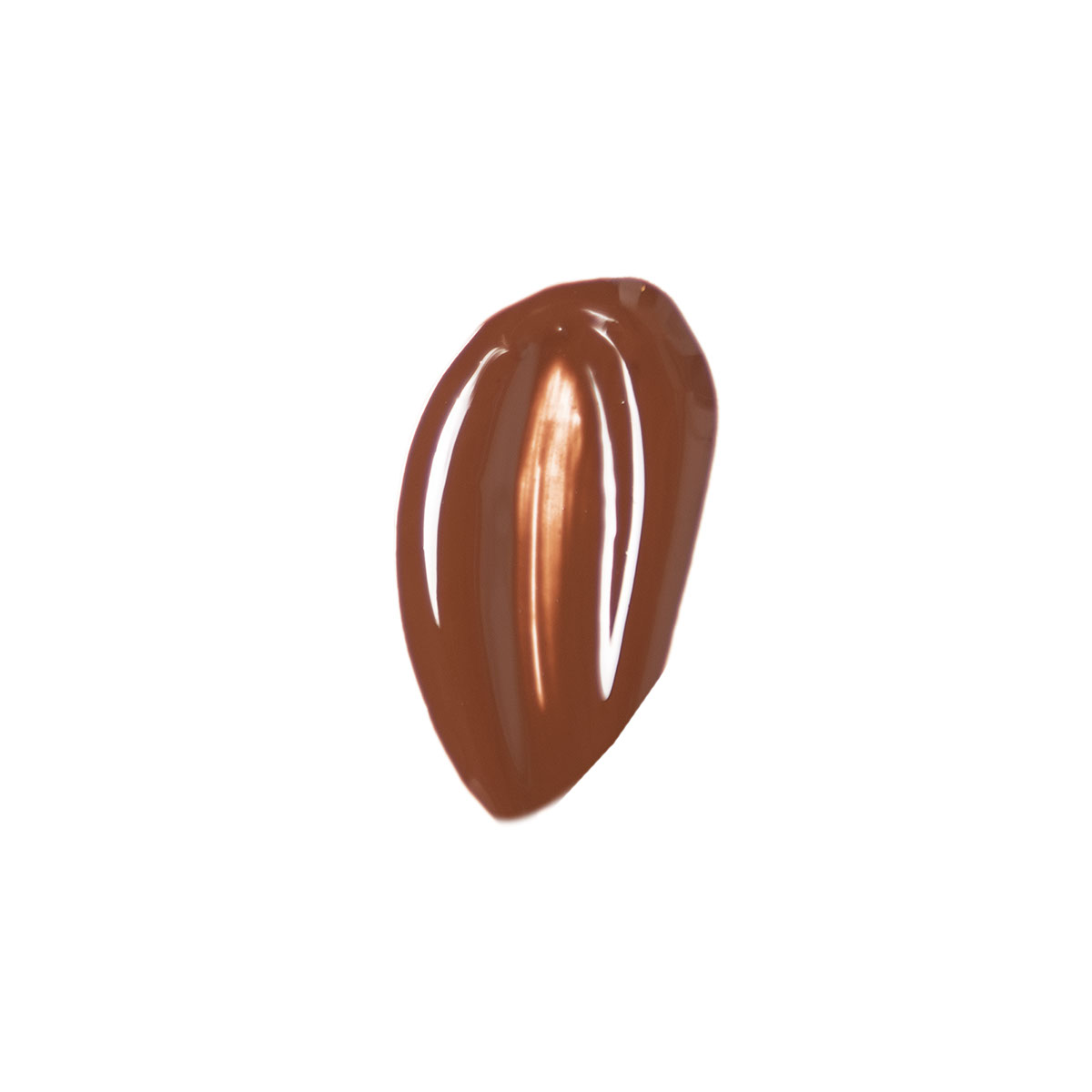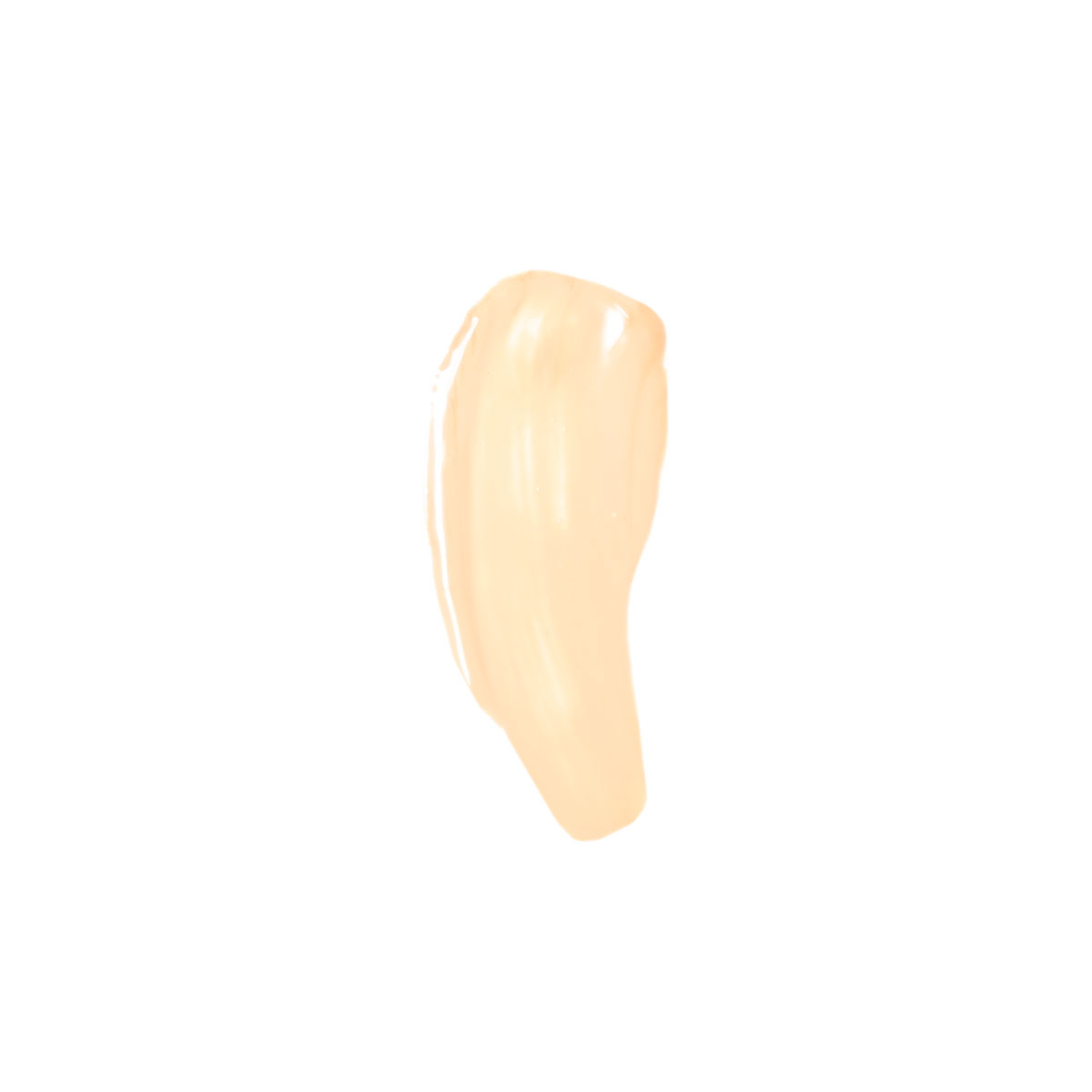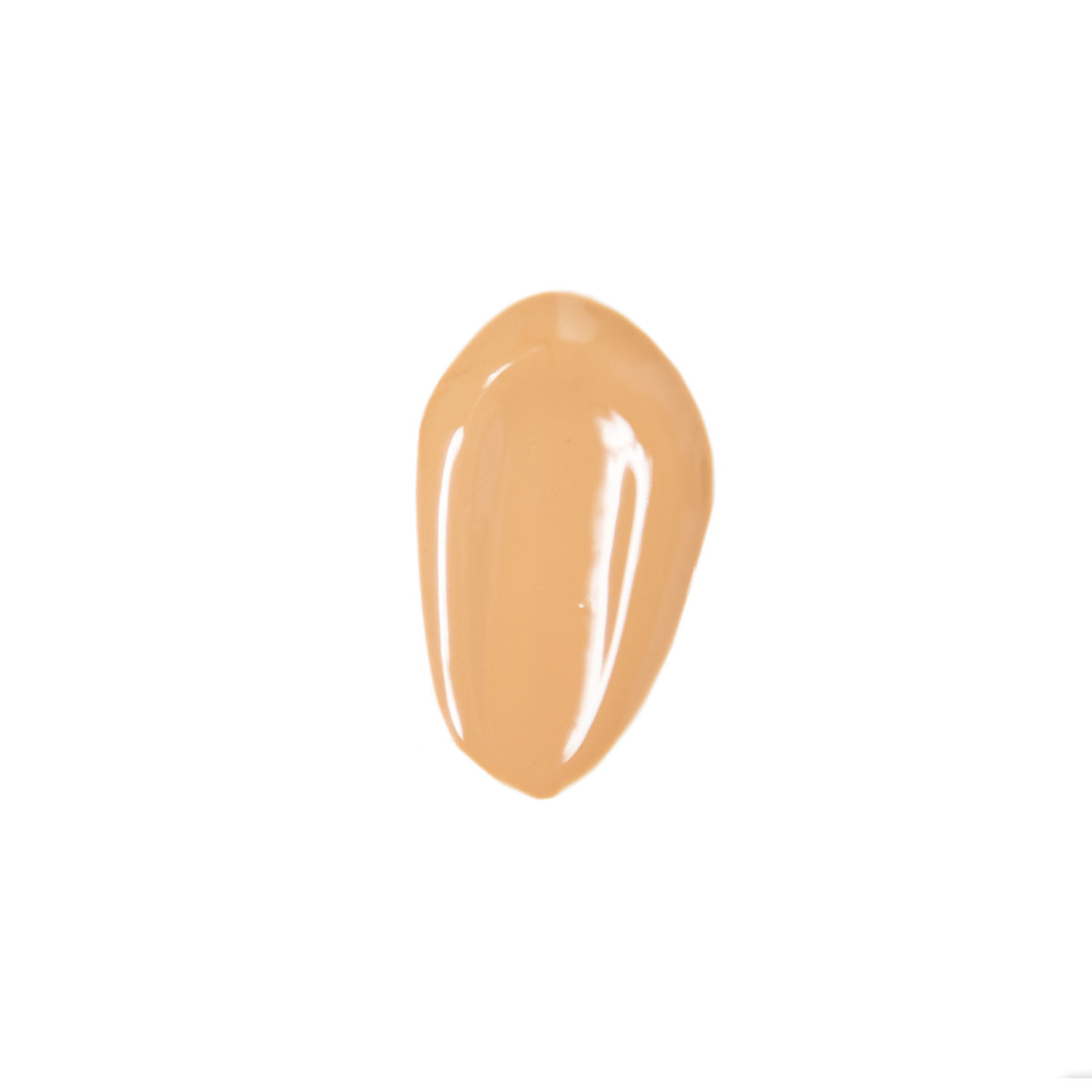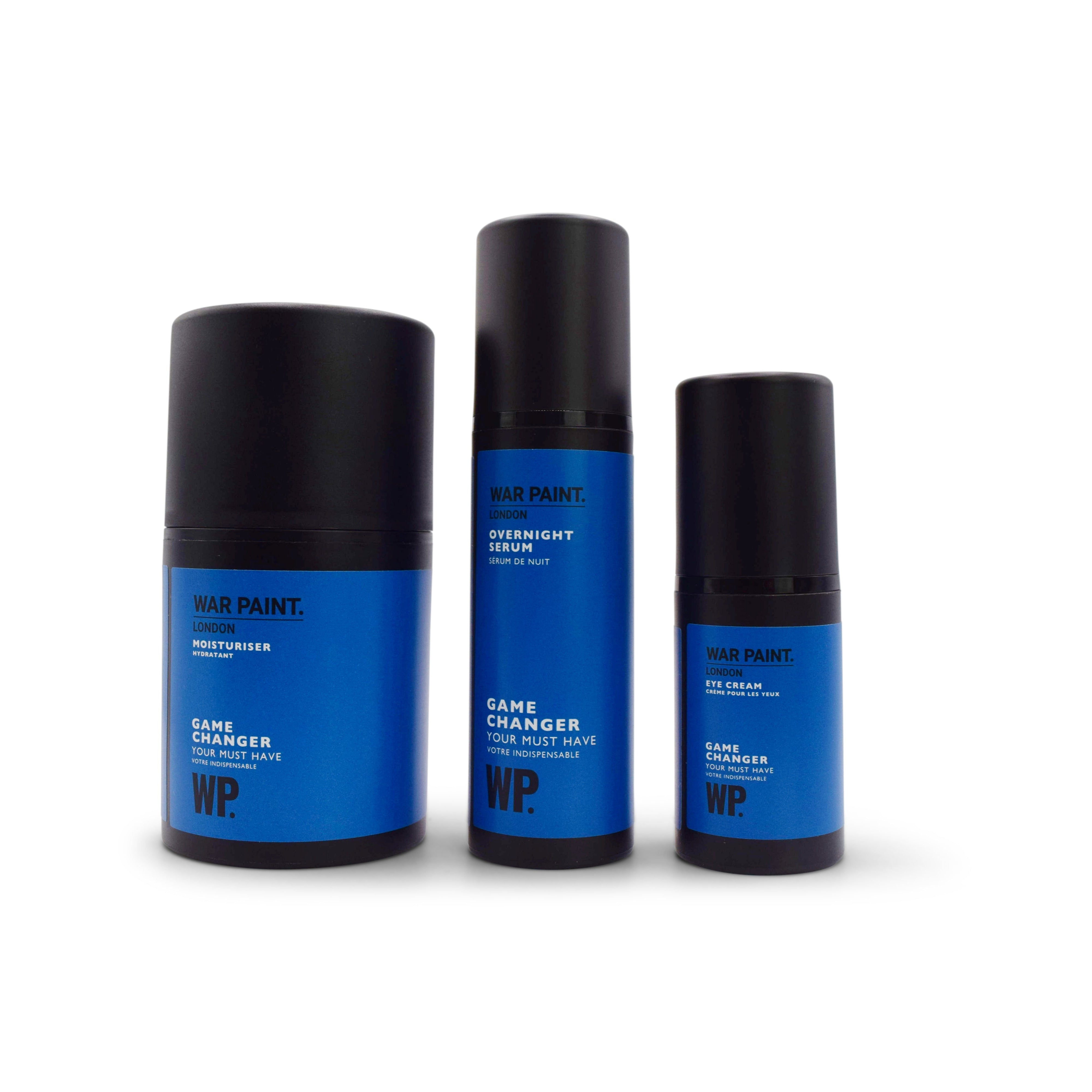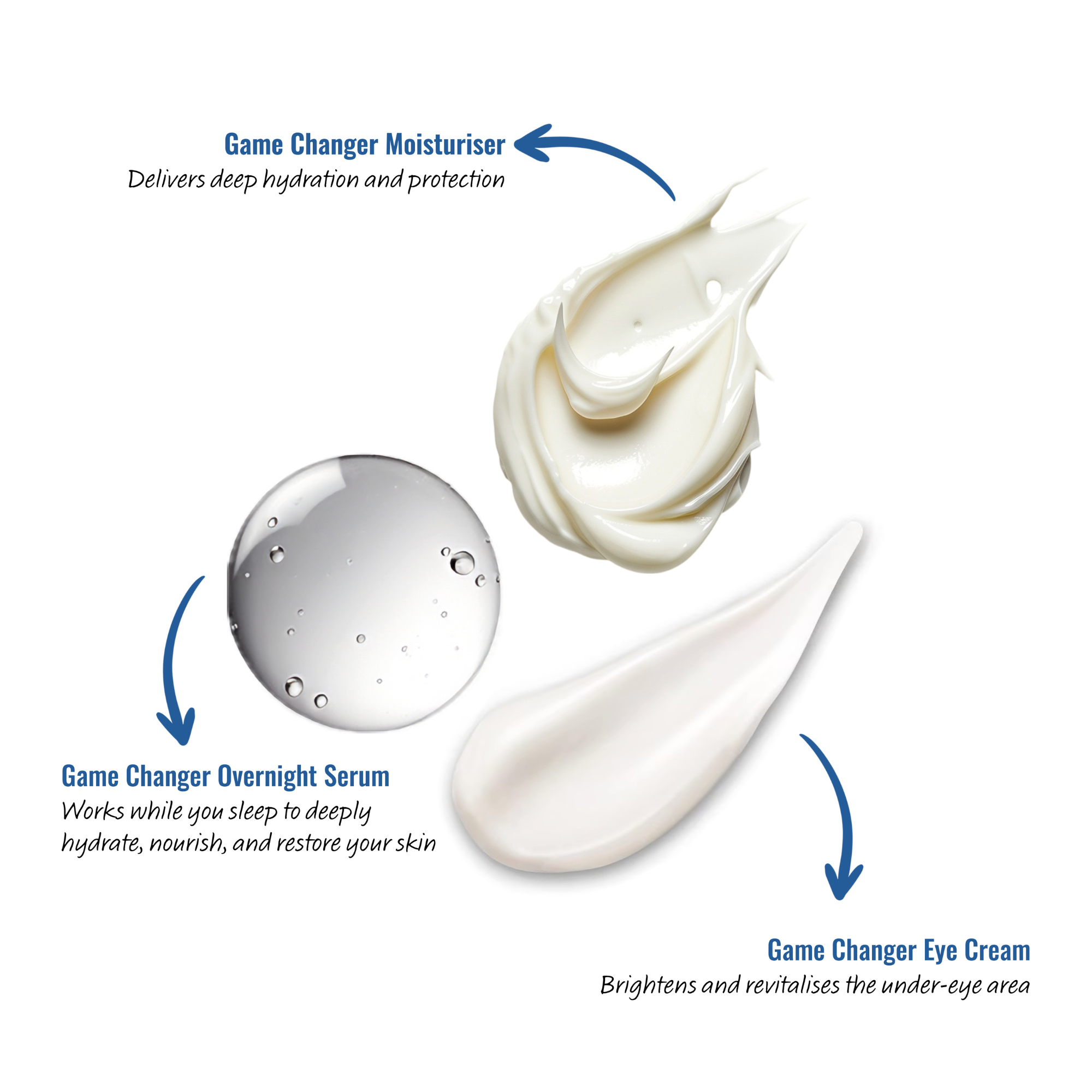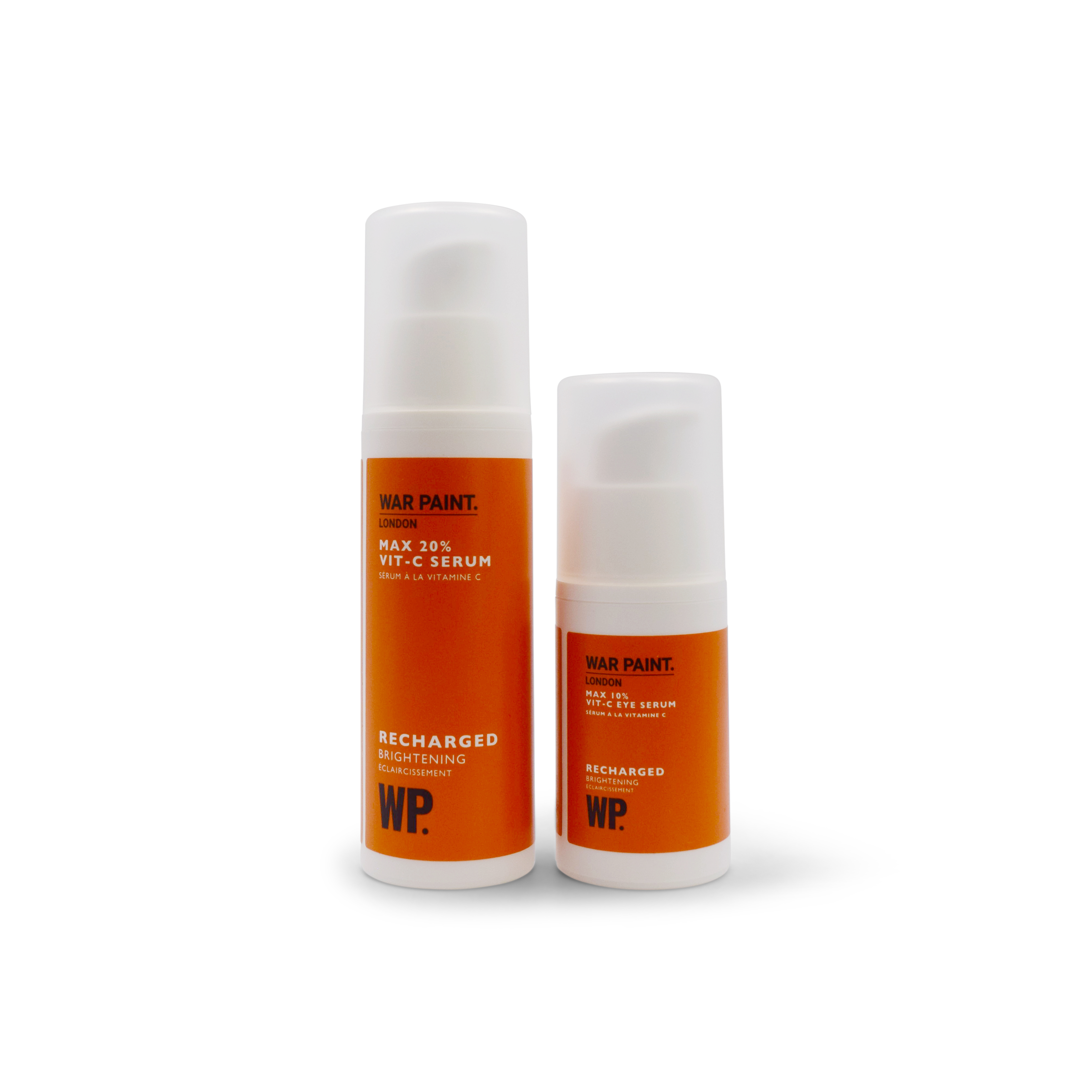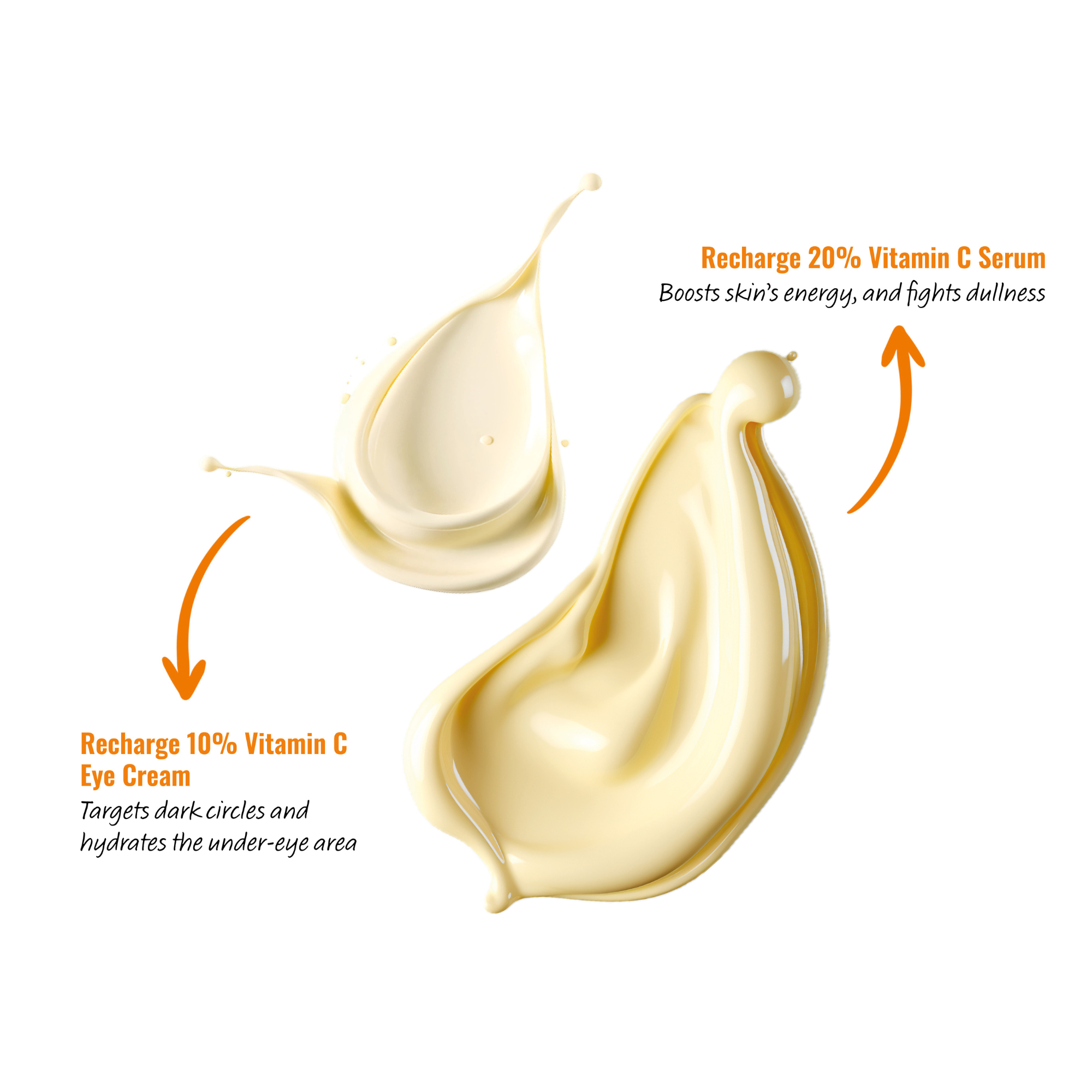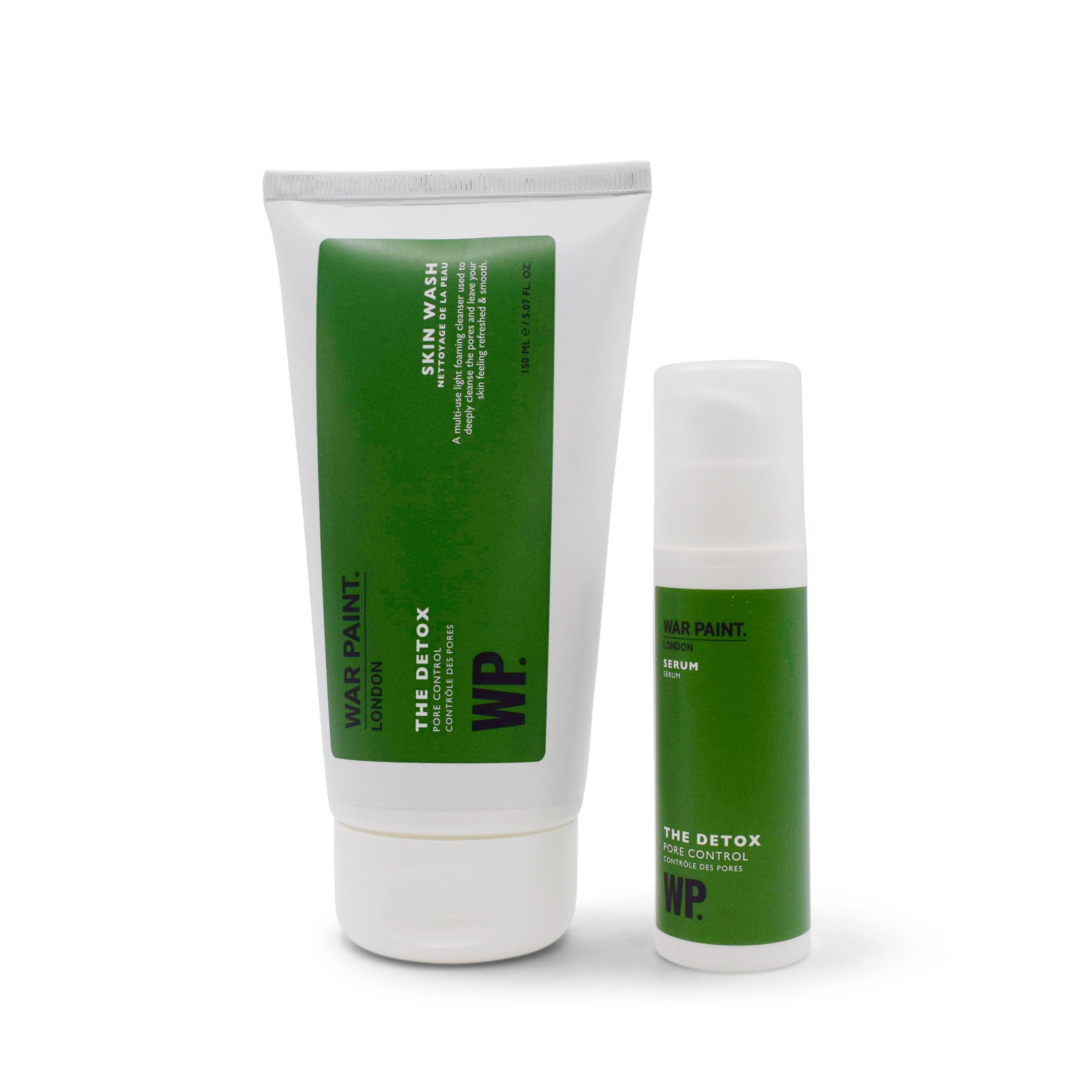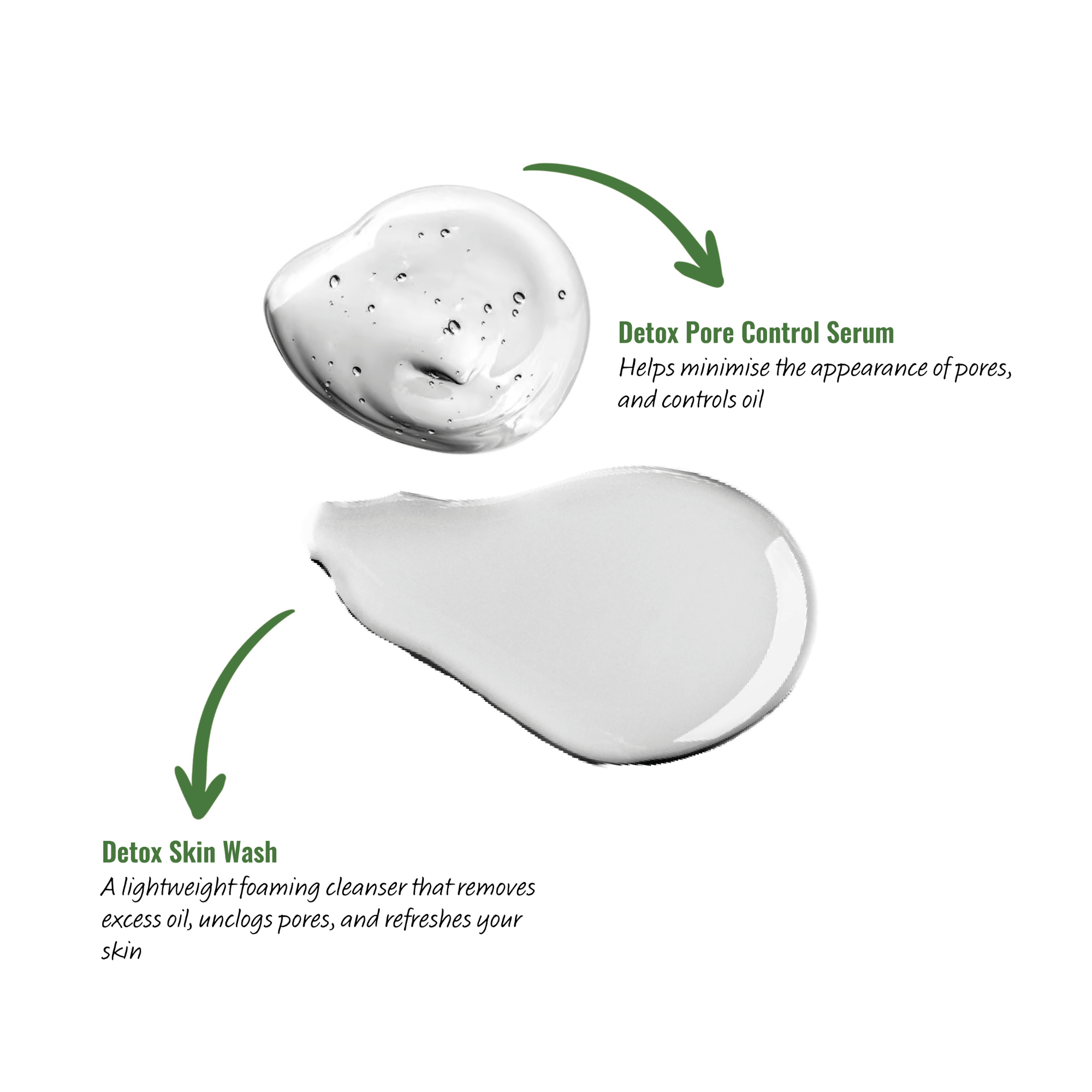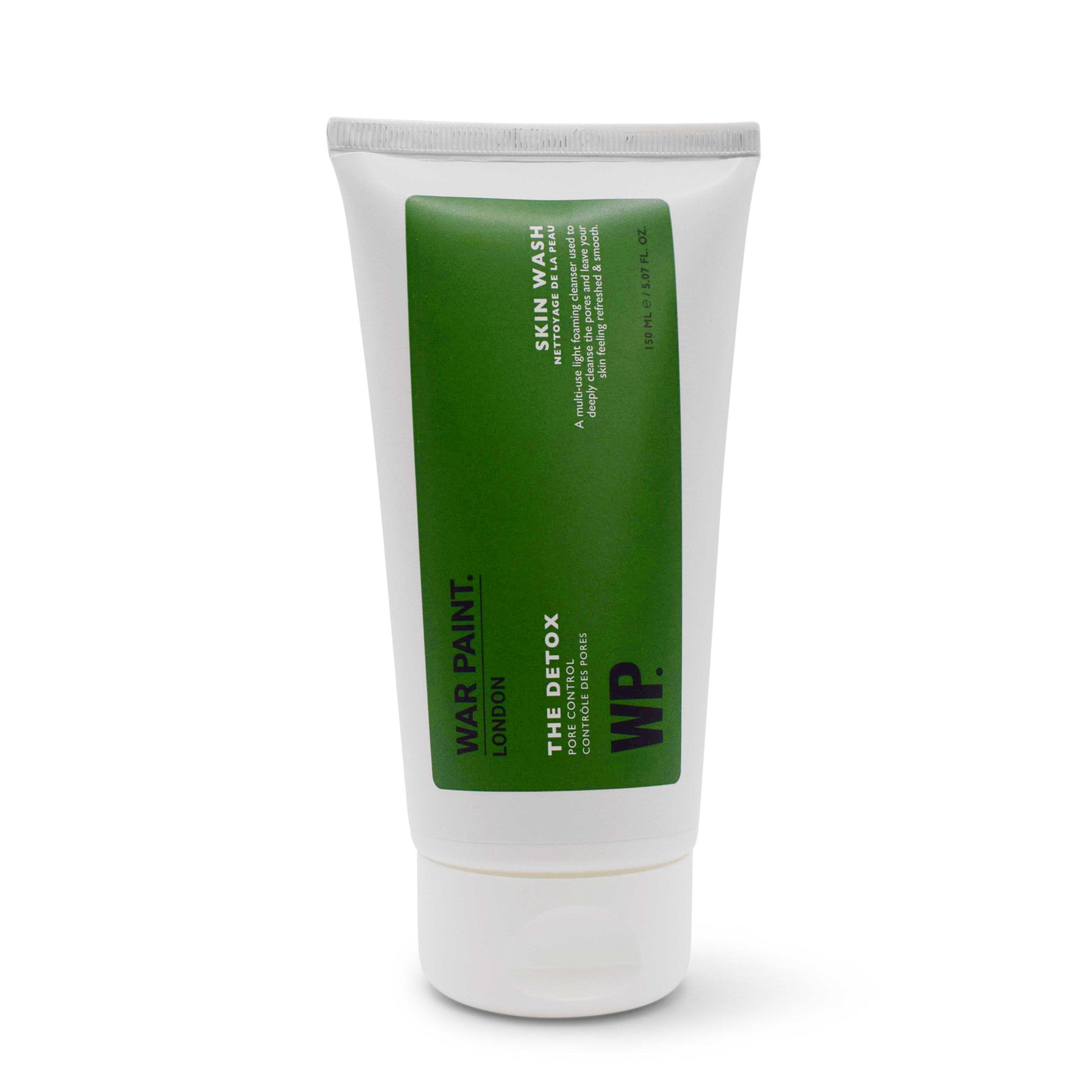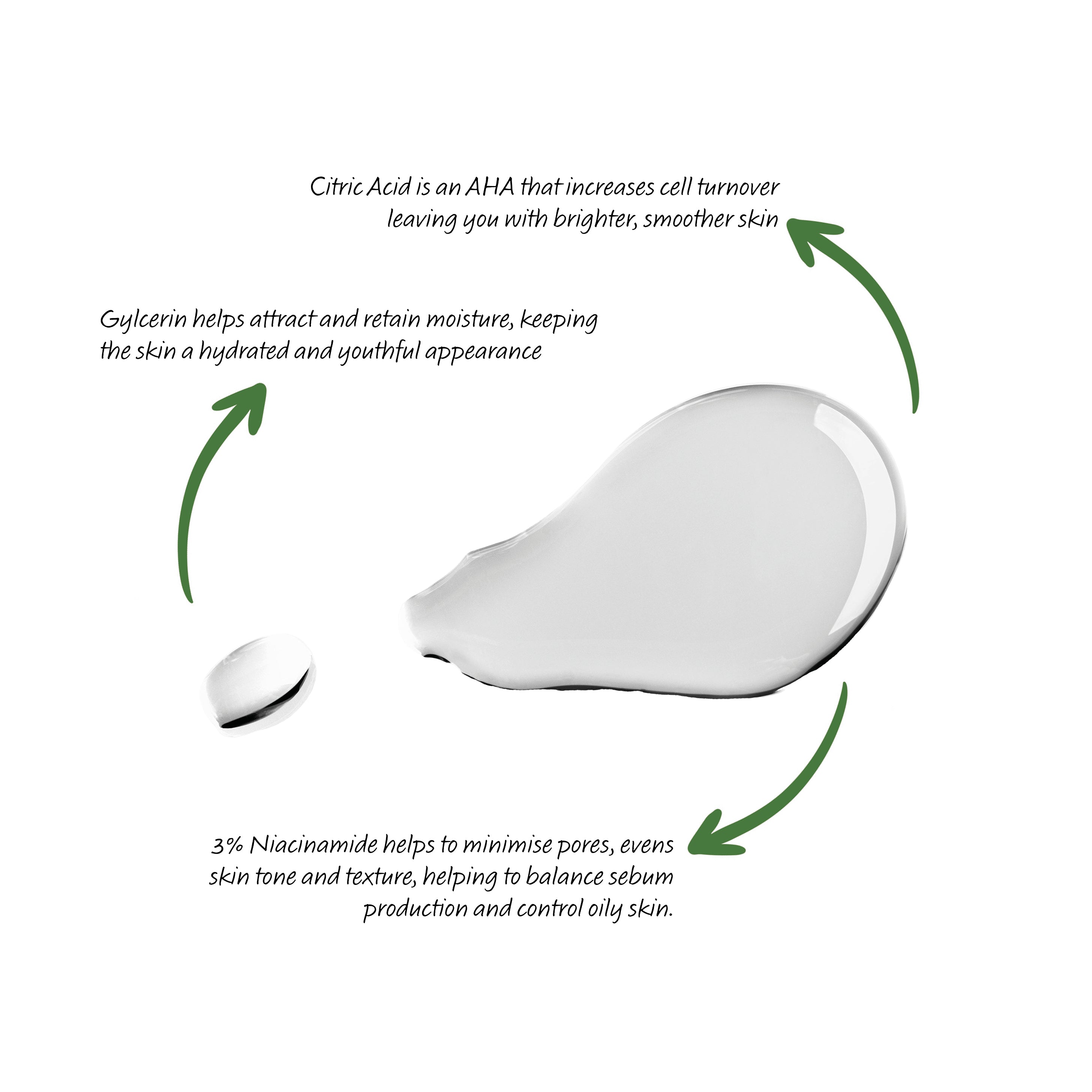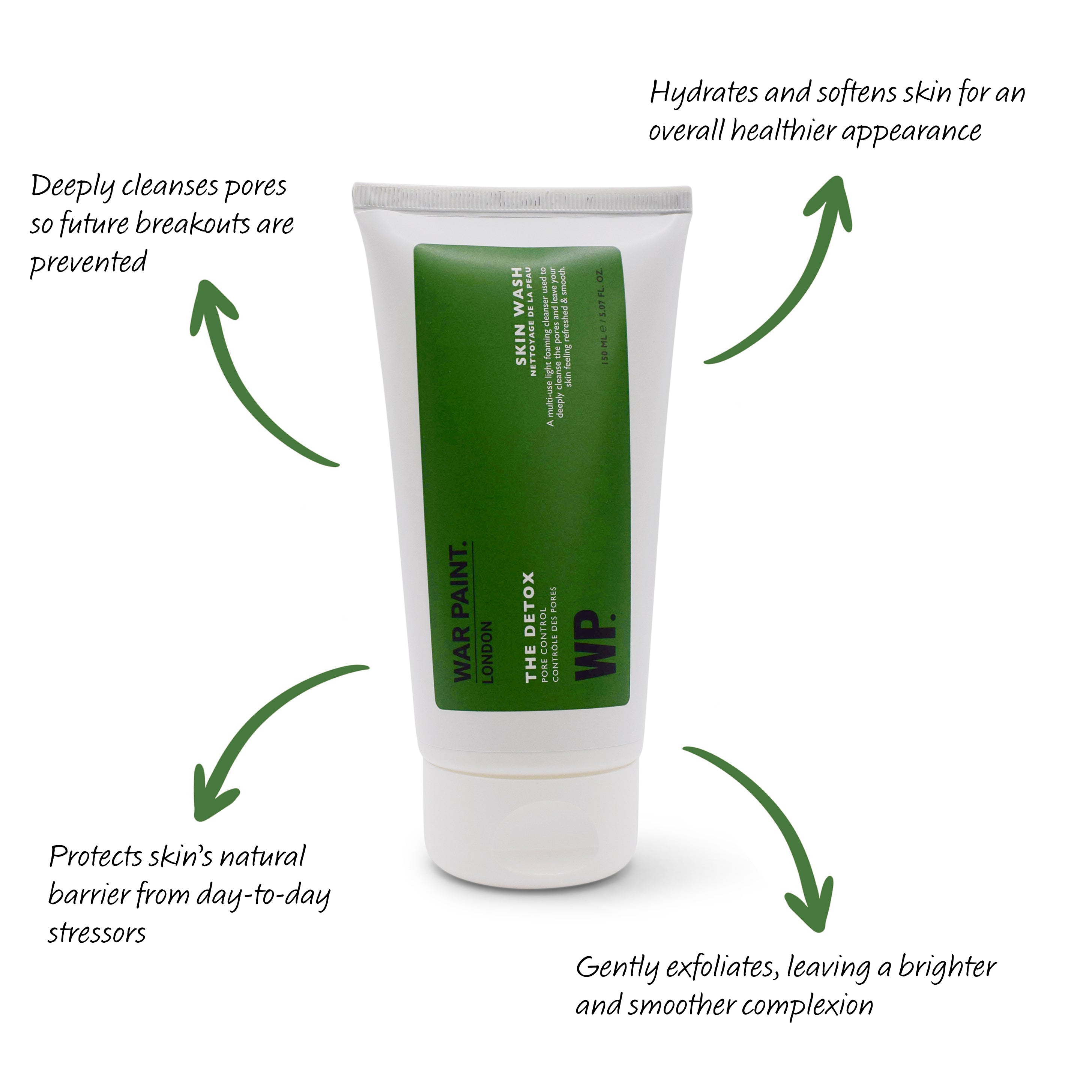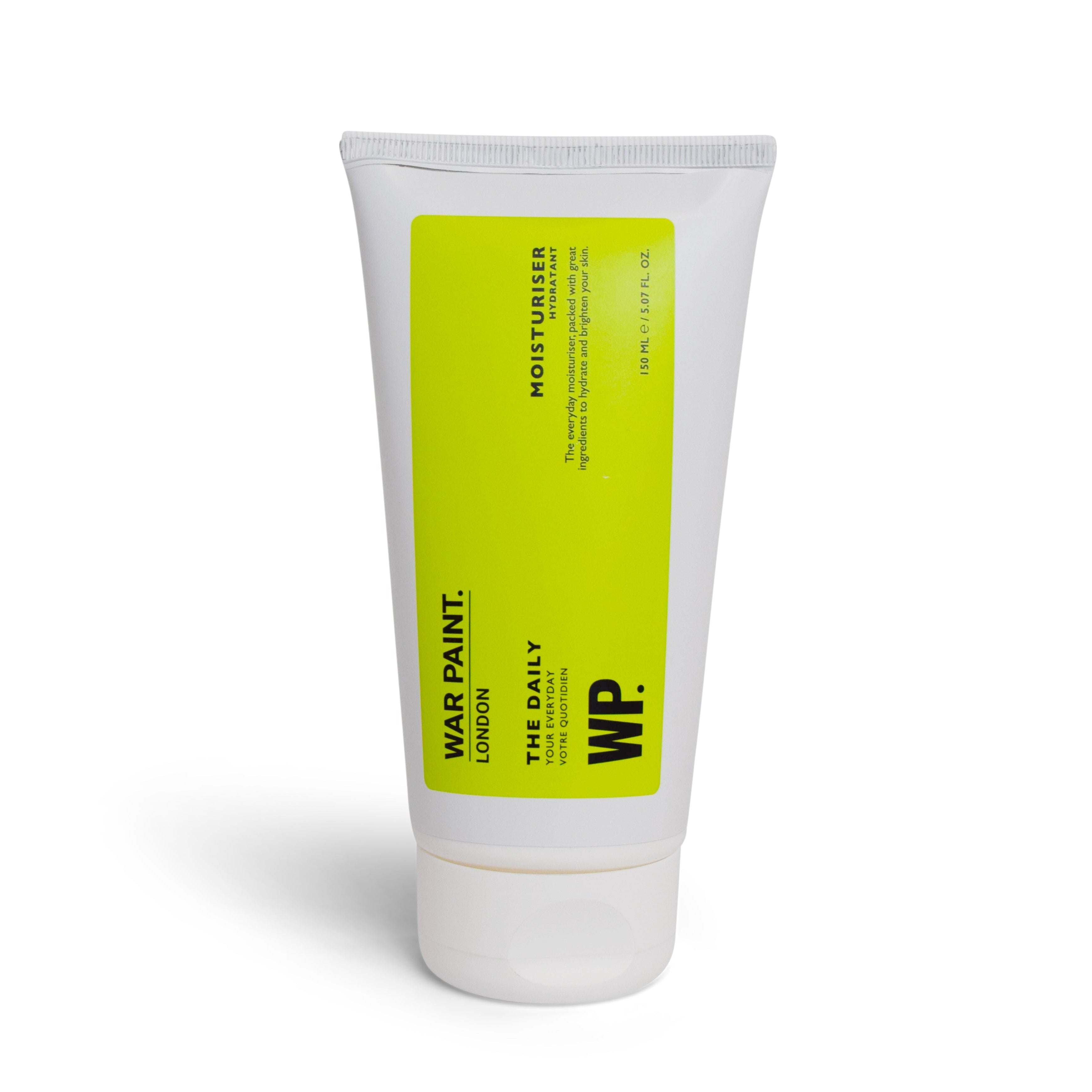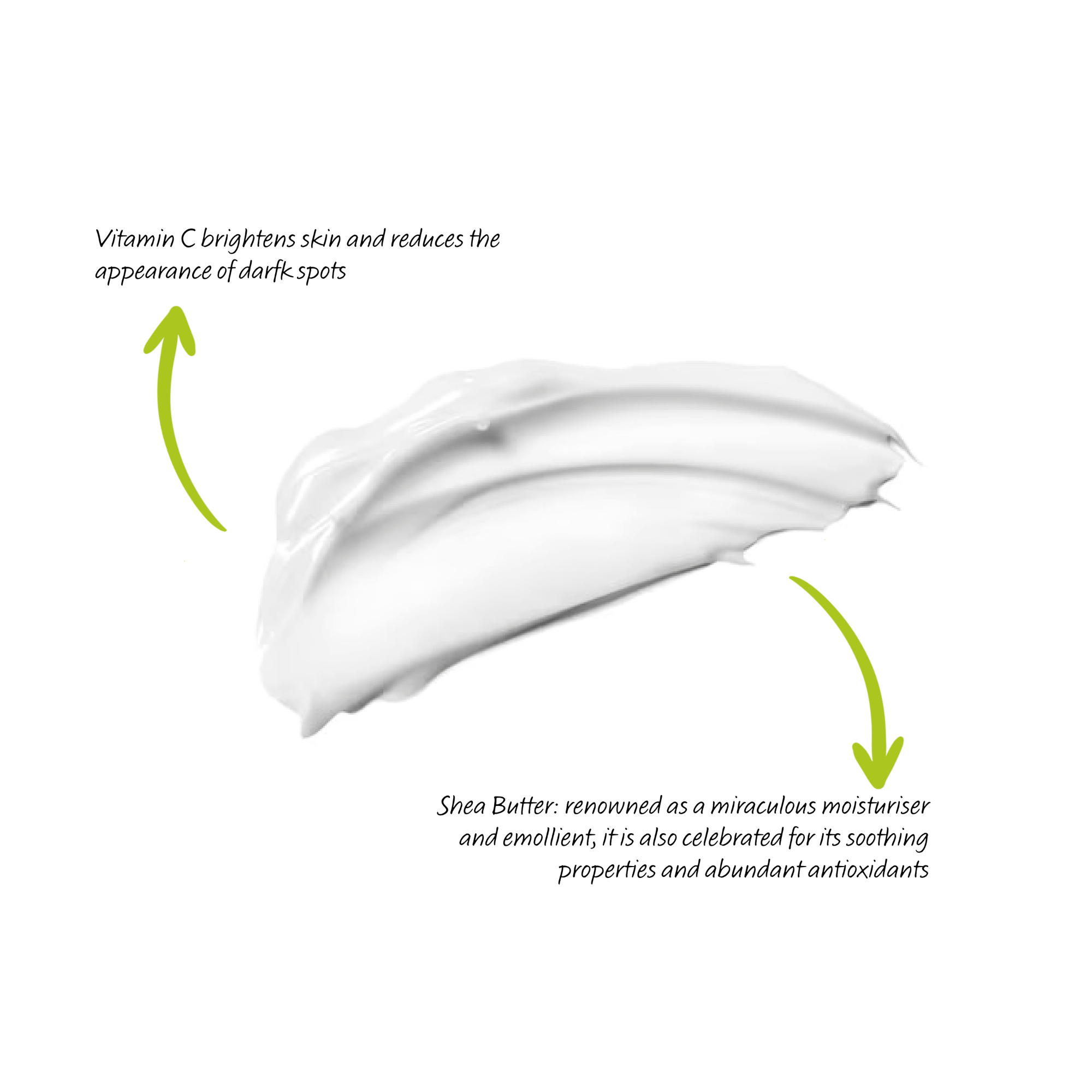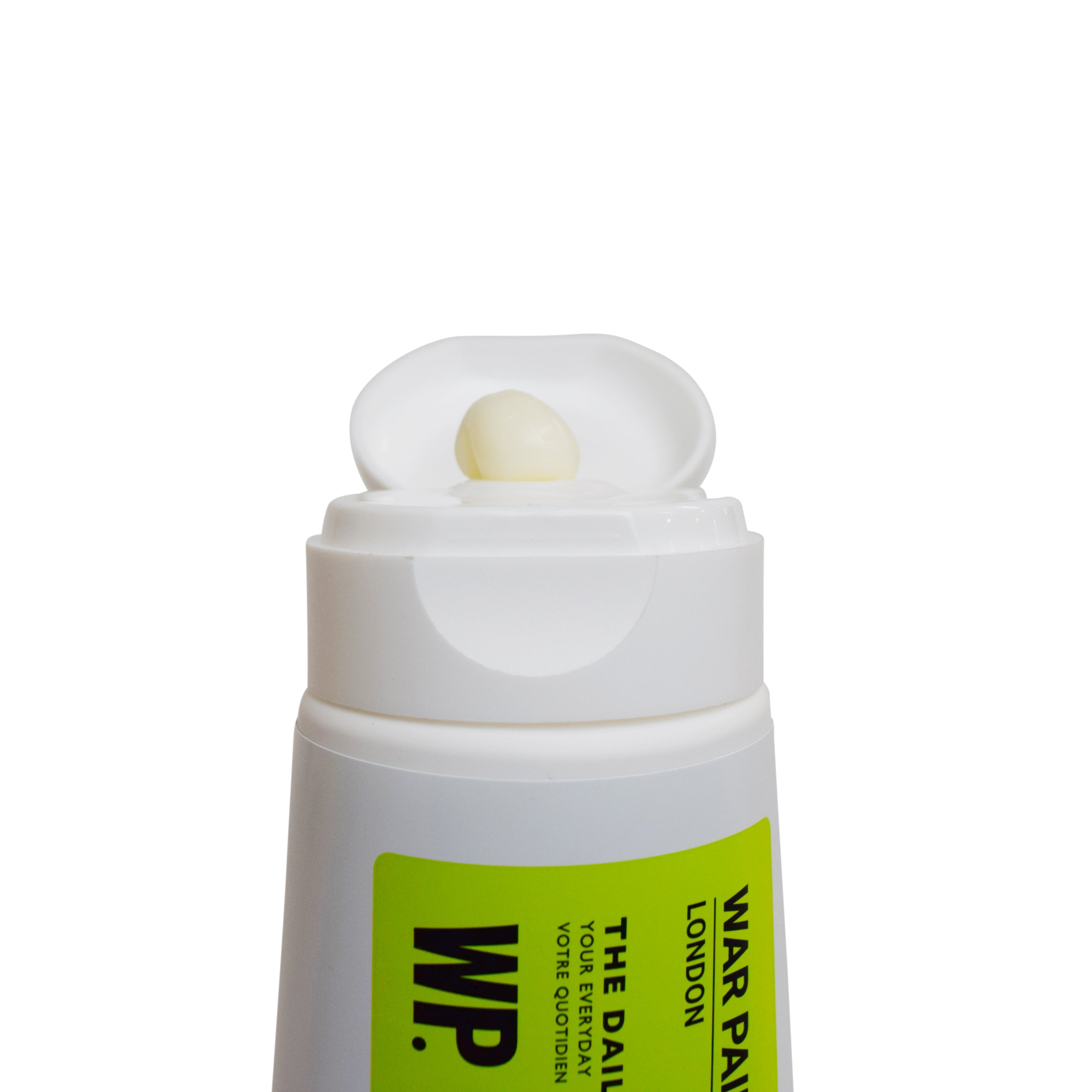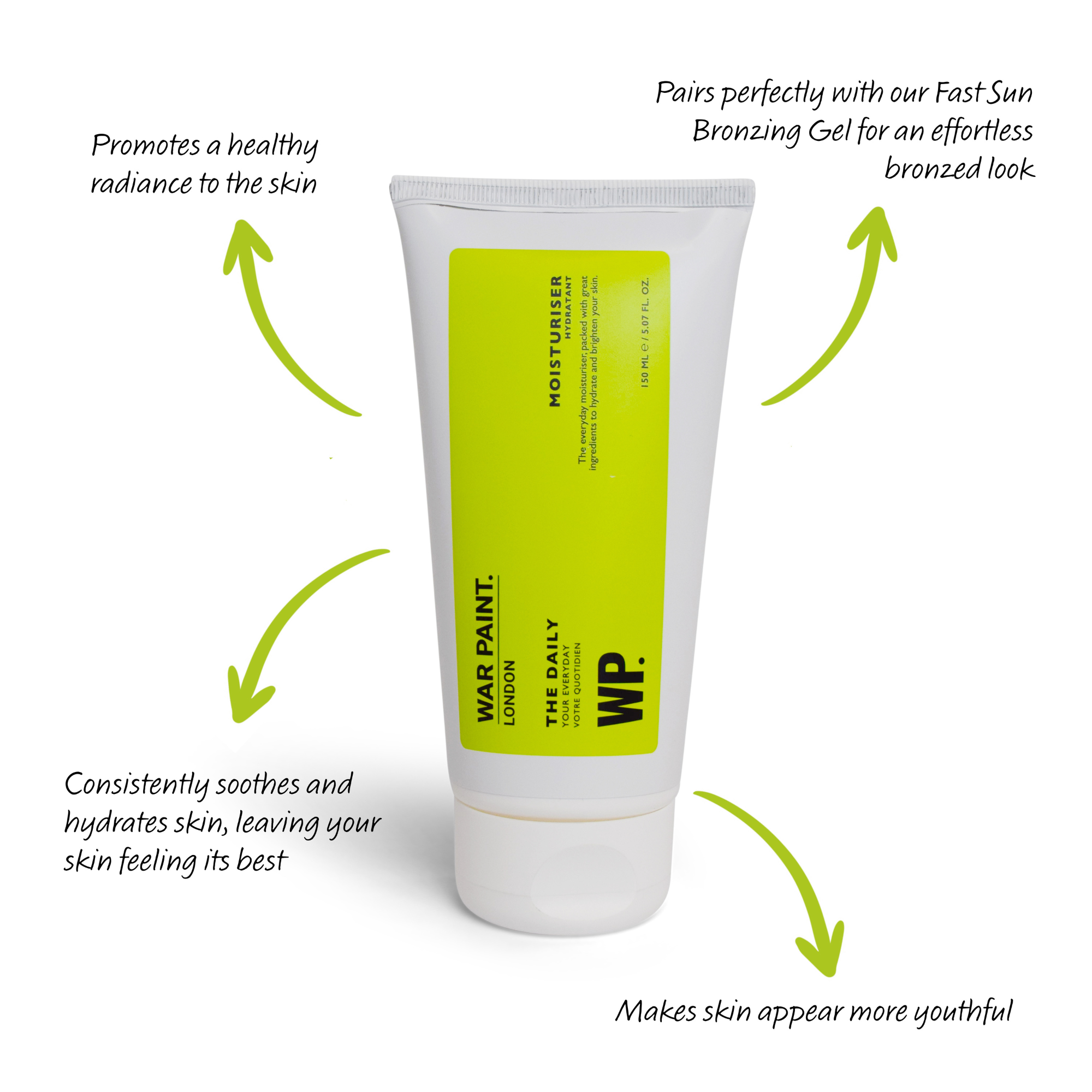Redness is a common skin concern for many men, affecting their confidence and overall appearance. In this blog article, we’ll provide a comprehensive guide on skincare and makeup treatments specifically tailored for men dealing with redness.
Whether you're facing rosacea, inflammation, sun burn or other skin conditions causing redness, we've got you covered. Discover effective strategies, skincare routines, and makeup techniques to help reduce redness and achieve a calmer, more even-looking complexion.
Understanding the Causes of Redness
Pinning down the route of redness can be tricky. There’s a wide range of reasons it could be happening. The main reasons we get red skin are because of a damaged skin barrier. This is what keeps our skin in good condition, and naturally protects us from external damage like pollution, UV rays, and infection. When our skin barrier is damaged, it’ll appear as red, but can also be flaky, dry and sometimes sting.
Sunburn, allergies and bug bites are common reasons for redness, which can happen to anyone – whether you have sensitive skin or not. These types of redness usually won’t last long and can be easily treated by keeping skin hydrated, or with an over-the-counter cream for bug bites.
There are more long-term conditions which cause redness such as rosacea, sensitivity and eczema too.
Eczema is a skin condition that makes skin red and itchy and flare ups can last for months at a time. It’s caused by a weakened skin barrier, so if this is something you suffer from it’s important to keep skin hydrated with products containing calming ingredients.
Rosacea is a common chronic skin disease. It’s typically found on the face, especially on the nose and cheeks, and is characterised by long-term sensitivity, visible blood vessels, burning and stinging, redness and flushing, and often acne can go alongside it. If you can’t tolerate many products and often have reactions, you could have rosacea.
The difference between sensitivity and rosacea is that those with sensitive skin are unlikely to have visible blood vessels, flushing, or acne-like bumps like you would get with rosacea.
Sensitivity is usually triggered by something, such as an ingredient in a new skincare or makeup product, or fragrances. The symptoms usually go down once you stop using what was causing the reaction.
In rosacea, the symptoms are more persistent and can last months at a time. It can also be triggered by the weather, spicy food, stress, alcohol and exercise.
If you’re not sure what’s causing your skin to be red, think about your lifestyle over the last few weeks. Have you used anything new? Tried a new washing powder or skincare product? Have you eaten anything unusual? If you can think of anything new to your routine, try cutting it out for several days and seeing what happens to your skin.
Skincare Regimen for Redness
If you have redness in your skin, whether its rosacea or sensitivity, the treatment will be fairly similar. The main goal will be to choose products that strengthen your skin’s natural defence barrier. It’s a good idea to avoid ingredients that aim to exfoliate such as retinol and glycolic acid. Here’s a suggested skincare routine for redness and sensitivity.
- Start your day with a gentle cleanser. In terms of texture, a creamy, milky or balm cleanser would be best as these are most hydrating. Avoid cleansers that have a scrubbing element to them, as these will irritate the surface of your skin. Be sure to wash your face with lukewarm water rather than hot water, as hot water will make skin drier and strip skin of its natural oils.
- Follow this up with a hydrating serum. Serums are great for getting into the deeper layers of the skin and providing targeted treatment to skin concerns. Look for calming ingredients such as niacinamide, aloe vera, tiger grass or chamomile. You can pat your serum into the skin while it’s still damp from cleansing and it will help keep skin more hydrated too.
- The most important step is your moisturiser. For the daytime, look for a soothing and hydrating moisturiser. You can either use a product that has SPF included, or a separate one. For sensitive skin, it’s a good idea to opt for a mineral sunscreen that contains zinc oxide, rather than a chemical sunscreen. A sunscreen will usually say on the packaging if it’s mineral. If it doesn’t say mineral anywhere, it’s probably a chemical sunscreen.
- At night, opt for a rich moisturiser that will help to repair and soothe skin while you sleep.
Choosing the Right Makeup for Redness
If you’d like to give your skin a helping hand and help cover redness with makeup, it’s surprisingly simple to do. If you have extremely sensitive skin, start by doing a patch test first – test the product out on a small area of your skin to check for any reaction before covering your face in it.
We’d only suggest using 1 or 2 key products to help even out your skin tone, so you won't be overloading your sensitive skin with lots of product. Firstly, we’d recommend Tinted Moisturiser. This is a hydrating moisturiser that has a little bit of colour to it. This is great for red skin as it’s going to hydrate and support your damaged skin barrier, but give you a bit more of an even tone and neutralise redness at the same time. If you’d like more coverage, you can also try out Foundation. Our formula is designed to be lightweight, so it won’t look or feel heavy on your skin.
There are several different techniques for applying Tinted Moisturiser or Foundation. The easiest is simply with your fingers. Spread 1-2 pumps of the product all over your face and neck. Only use a very light touch – you don’t need to rub your skin too hard, which could lead to more redness. Another way is to apply it with a damp Face Sponge. Run the Face Sponge under warm water until it feels full, then squeeze out the water until it just feels damp. Apply 1-2 pumps of the Tinted Moisturiser to the sponge or directly onto your skin, and then gently bounce the sponge across your face until the desired look is achieved.
Secondly, we’d recommend using the Concealer Pen. Concealer is designed to be more targeted with coverage. So you can help camouflage any areas which are still looking red. The War Paint Concealer Pen is a liquid formula, so is hydrating and light. It won’t look cakey or obvious on your skin.
Don’t forget to remove your makeup products at the end of the day. Sleeping in makeup is a no-no, especially if you have sensitive skin. You want to make sure your skin barrier can repair itself while you sleep without obstruction. Here’s a handy duo to help keep skin clear and makeup-free.
If you find these products aren’t giving you the coverage you’re after, you can also look into colour correcting products. The theory works by using the colour wheel (primary school flashback), meaning contrasting colours can be used to neutralise each other, allowing a more even base for you to then build upon and conceal with foundation or concealer. Opposite red on the colour wheel is green. Some skincare products for sensitive skin have a green colour to them to help aid with colour correction, or you can try concealers or primers with a green tint to them.
Professional Treatments for Redness
If you’d like to look into more targeted treatments for redness and rosacea, light-based treatments can be very effective and the results can last for a long time.
You’ll need to go to a professional clinic to get a treatment like this. Speak to a dermatologist or qualified aesthetician and talk through your skin concerns in detail. They’ll be able to recommend the best treatment for you. However, not everyone who has rosacea is a good candidate for light treatments. A doctor who regularly uses lasers and treats rosacea regularly can tell you if you would be a good candidate.
It’s really important with any professional treatment that you follow the instructions that the doctor gives you about skin prep and how to look after your skin after the treatment so that you get the best possible results, and minimise any chances of complications.
Lifestyle Factors and Redness
Like with many skin conditions, your lifestyle and how you look after yourself will impact redness, skin sensitivity and rosacea.
A well-balanced diet and plenty of water can help promote healthy skin overall. People with common inflammatory skin conditions like psoriasis and eczema often find that certain food groups can cause flare-ups. The impact of diet on skin is different from person to person. Some find that one glass of red wine can cause skin flushing, some can polish off a whole bottle and it won’t have any impact on their skin.
It’s a good idea to learn what triggers your skin so that you can choose if, when, and how often you want to avoid these items. Common triggers for rosacea include red wine, spicy food, coffee and chocolate. Food groups that can help sensitive skin conditions include whole foods, fresh fruits and vegetables, non-processed meat and fish, healthy fats and, of course, water.
Stress can also impact redness and rosacea. This happens because stress can lower your immune system, causing imbalances in your gut and for your skin. Of course, some stress is unavoidable, but if you find this affects you a lot and it’s impacting your skin, it’s important to find ways to relieve stress. Take time to enjoy relaxing activities where you can switch off, be sure to get enough sleep, exercise, and talk to friends and family to help take the load off your shoulders.
Another really common trigger for redness and rosacea is the environment around you. While some things may be unavoidable depending on what climate you live in, there are some things you can do to help manage your environment. Sudden changes to temperature, humidity, and warm air in general can affect sensitive skin. Artificial air from radiators, heaters and hairdryers can also dry out your skin excessively. To avoid dry skin, remember to moisturise regularly, even if you have oily skin.
If you have sensitive skin, you may find that sun exposure easily causes burning and heat rashes. It’s important to protect your skin with SPF every single day, whether it’s sunny or cloudy, whether you’re inside or outside and whether it’s summer or winter. If you’re suffering with a sun burn, take care to stay moisturised so that your skin can heal as fast as possible. You can also place your moisturiser or after-sun products in the fridge to help provide extra relief after a burn. A great home hack for relieving sunburn is to treat it with tea. Brew some black tea and let it go completely cold. Submerge a flannel or some kitchen paper into the cold tea and place it over your sunburn for 30 minutes. Don’t wash it off before bed, leave it overnight while you sleep. In the morning, a lot of the redness and soreness will have diminished. This is due to the tannins in the tea.
Be mindful of potentially damaging ingredients when trying new grooming and haircare products, soaps and laundry products. Fragrances and artificial colours are common triggers for people with sensitive skin, so have a look at the packaging before you buy it to see whether it could make your skin red.
Pollution and germs can also cause skin irritation. Dust and dirt can cling to your skin and lead to bacteria causing havoc to your skin’s defence barriers. To avoid this, remember to cleanse every morning and evening to help remove dirt and pollution. Keep your hands clean as well as things you may rest your face on, such as pillows and your mobile phone.
Building Confidence and Self-Care
Whatever skin condition you’re faced with, it doesn’t define you. It’s important to accept yourself and build confidence beyond the way you look. Acknowledge that you are a whole person, your skin is just one part of you. Practicing self-care through exercise, diet, your grooming routine, and doing activities you enjoy will help you to feel your happiest, most confident version of yourself.
No one has perfect skin and everyone is on a journey with it, learning new things all the time. Sometimes your skin conditions may flare up, but it doesn’t change that you’re an awesome person. Embrace yourself and feel your inner confidence.
When it comes to red or uneven skin, sensitivity and rosacea, it’s important to take extra care of your skin. What products you use, your diet, and your lifestyle will all impact it. While redness and rosacea may feel like a permanent part of your skin, you can make adjustments to your lifestyle help manage and reduce your skin redness.

